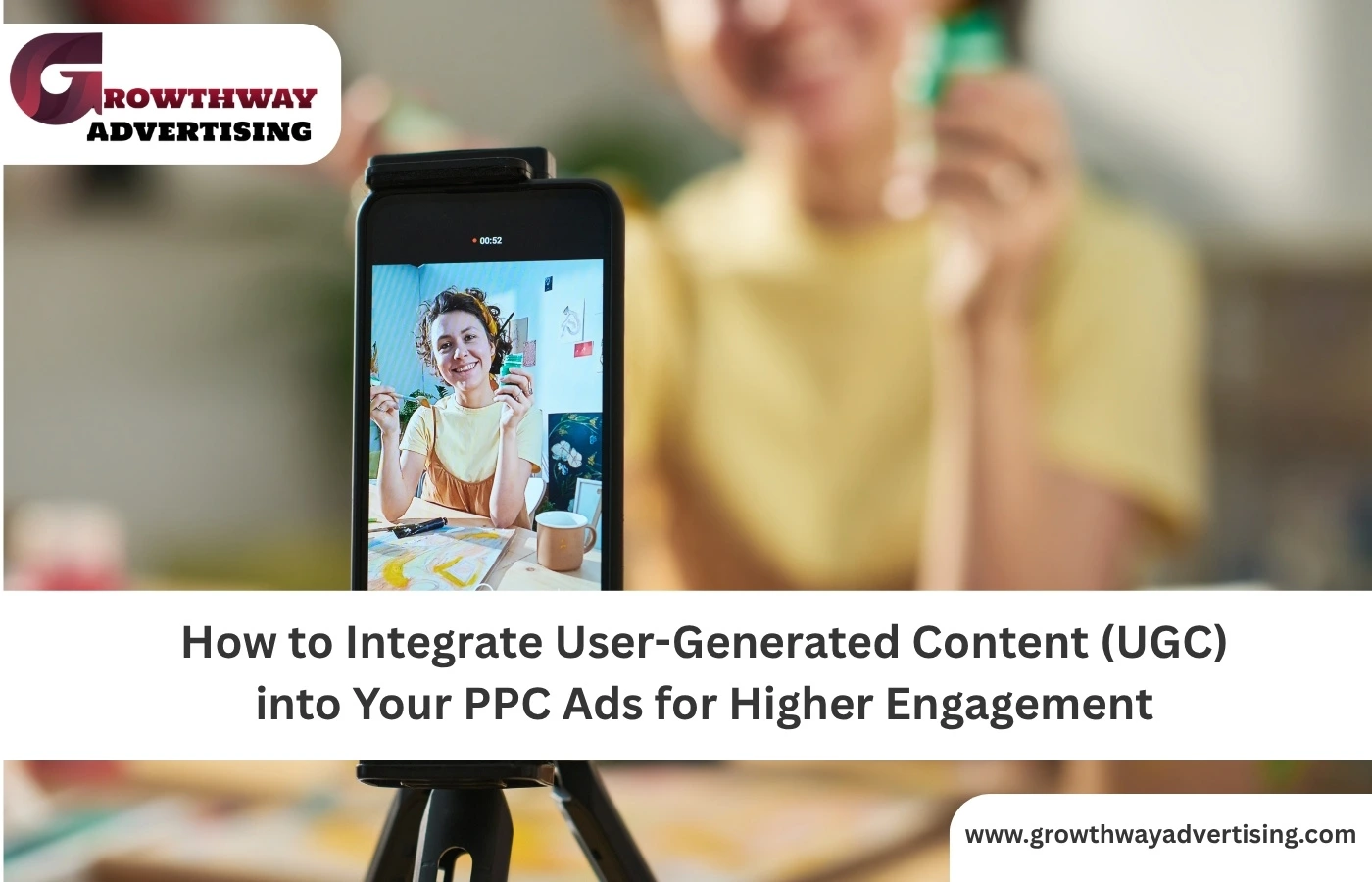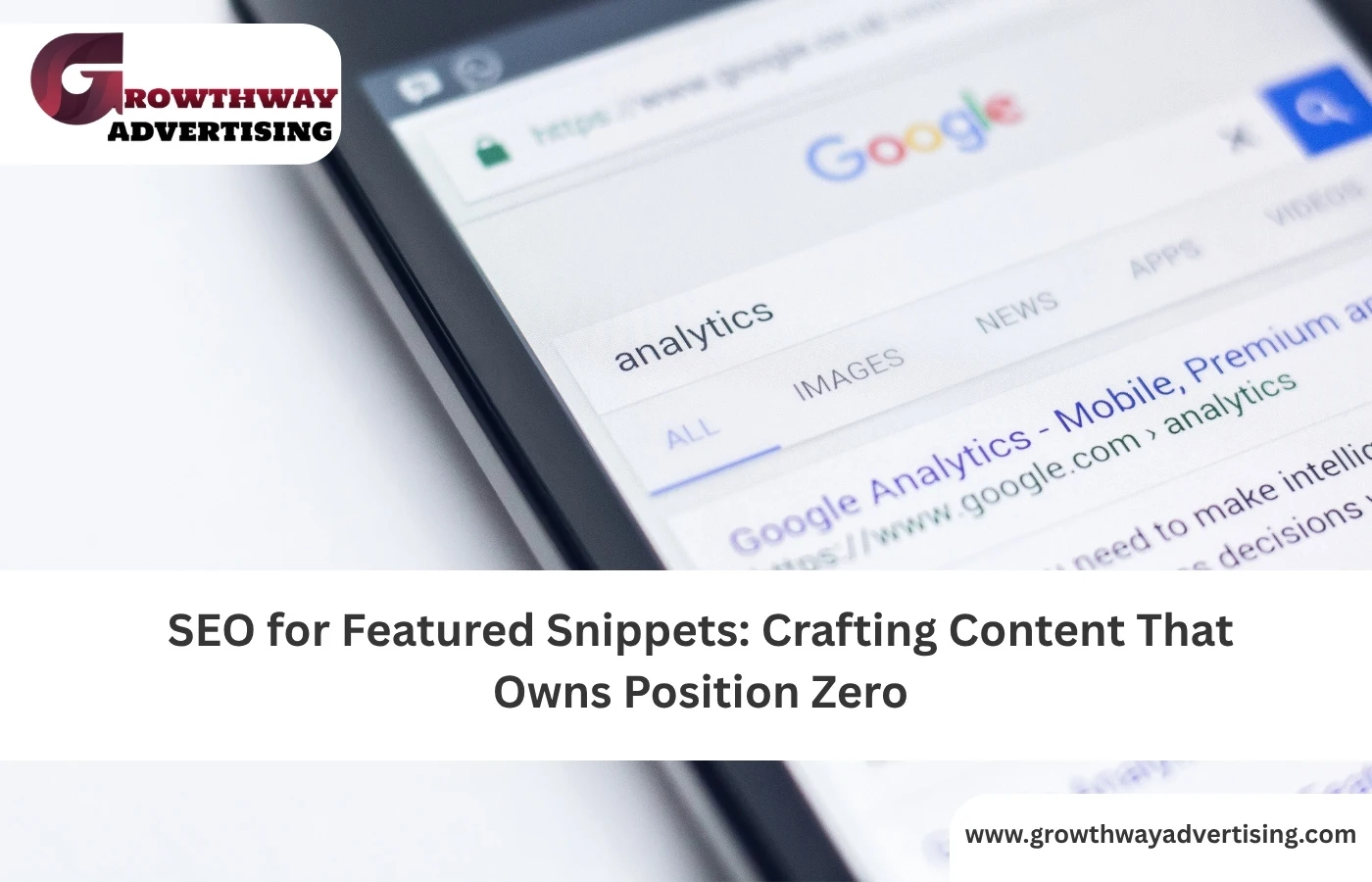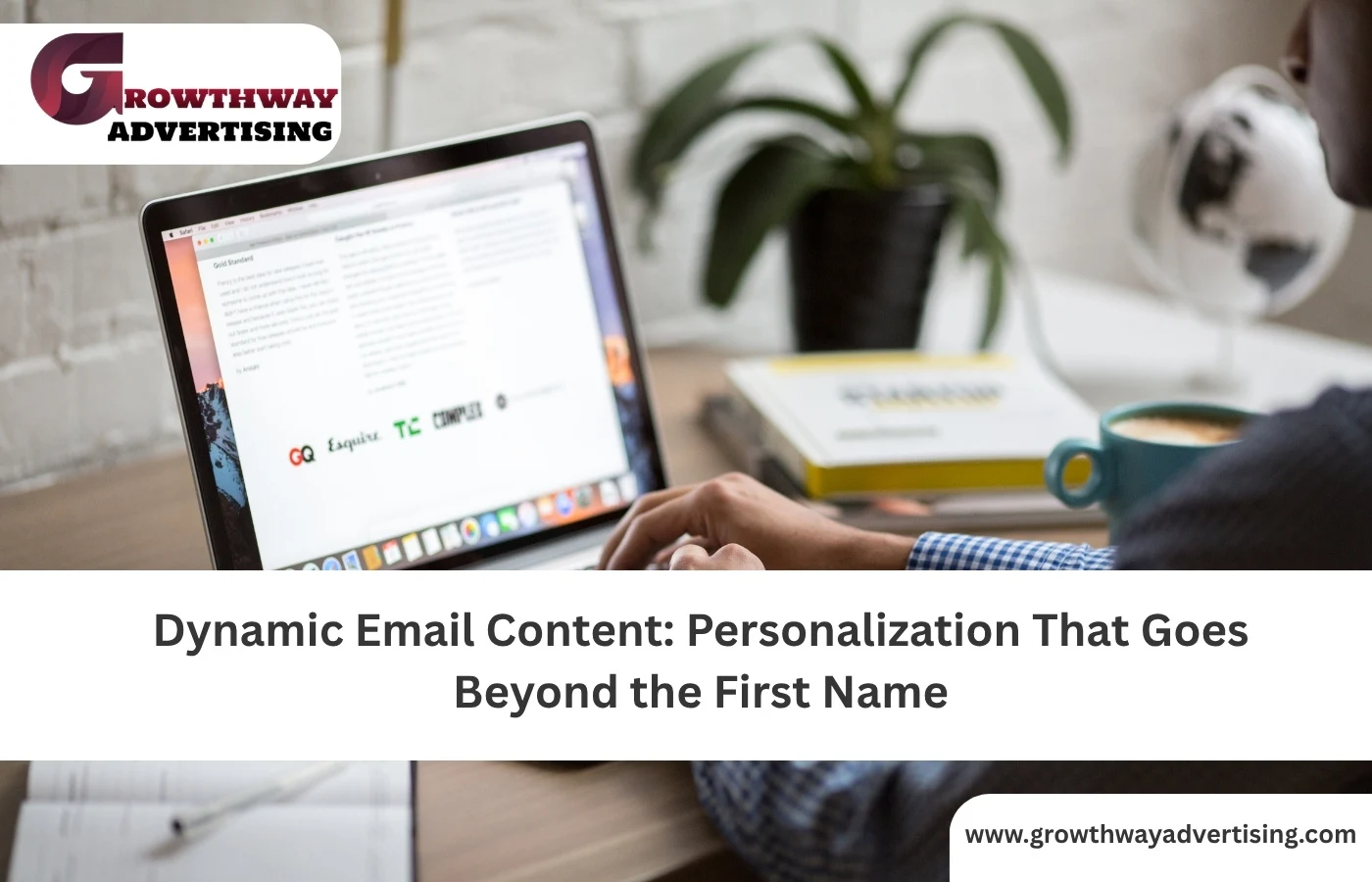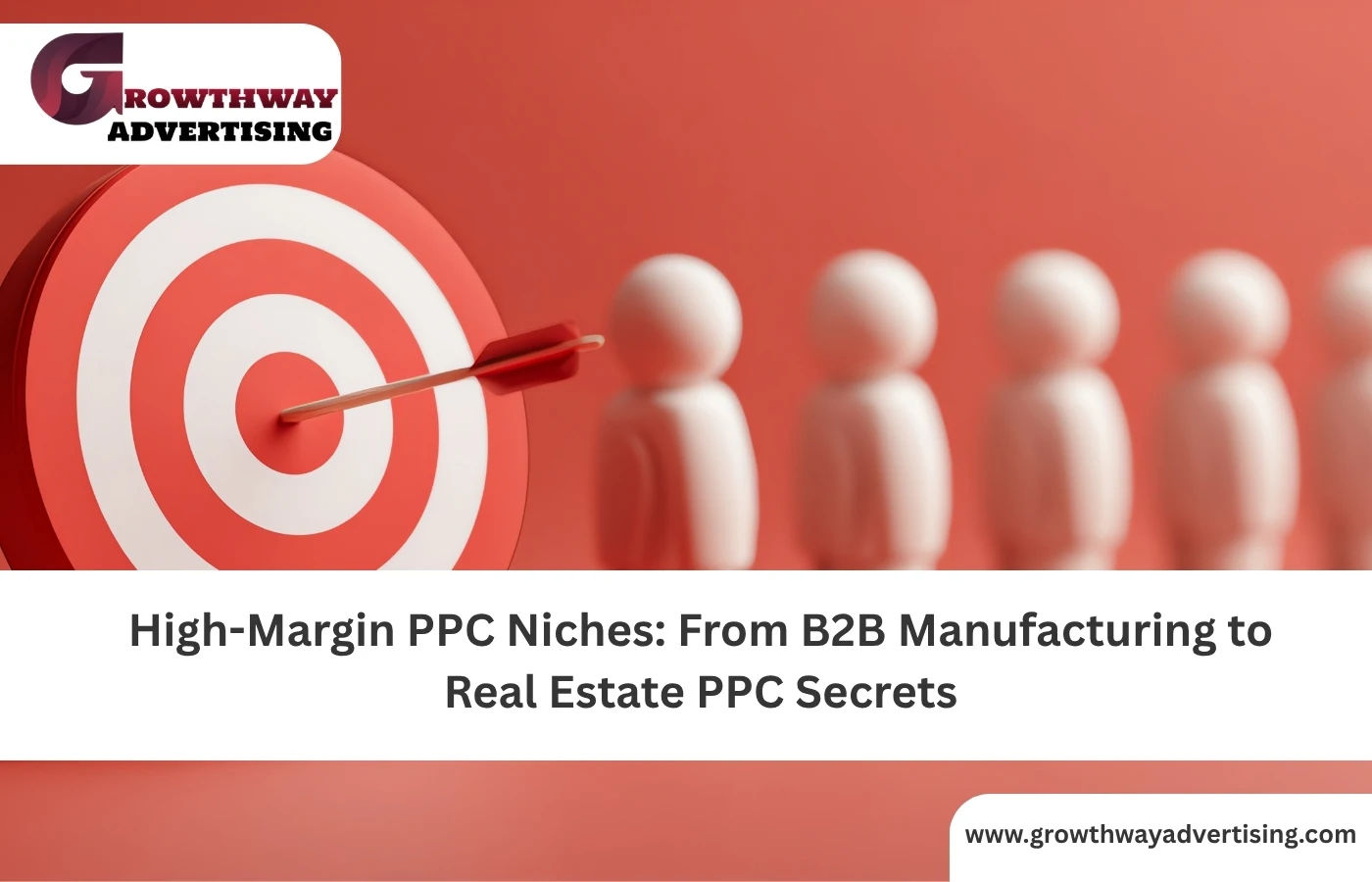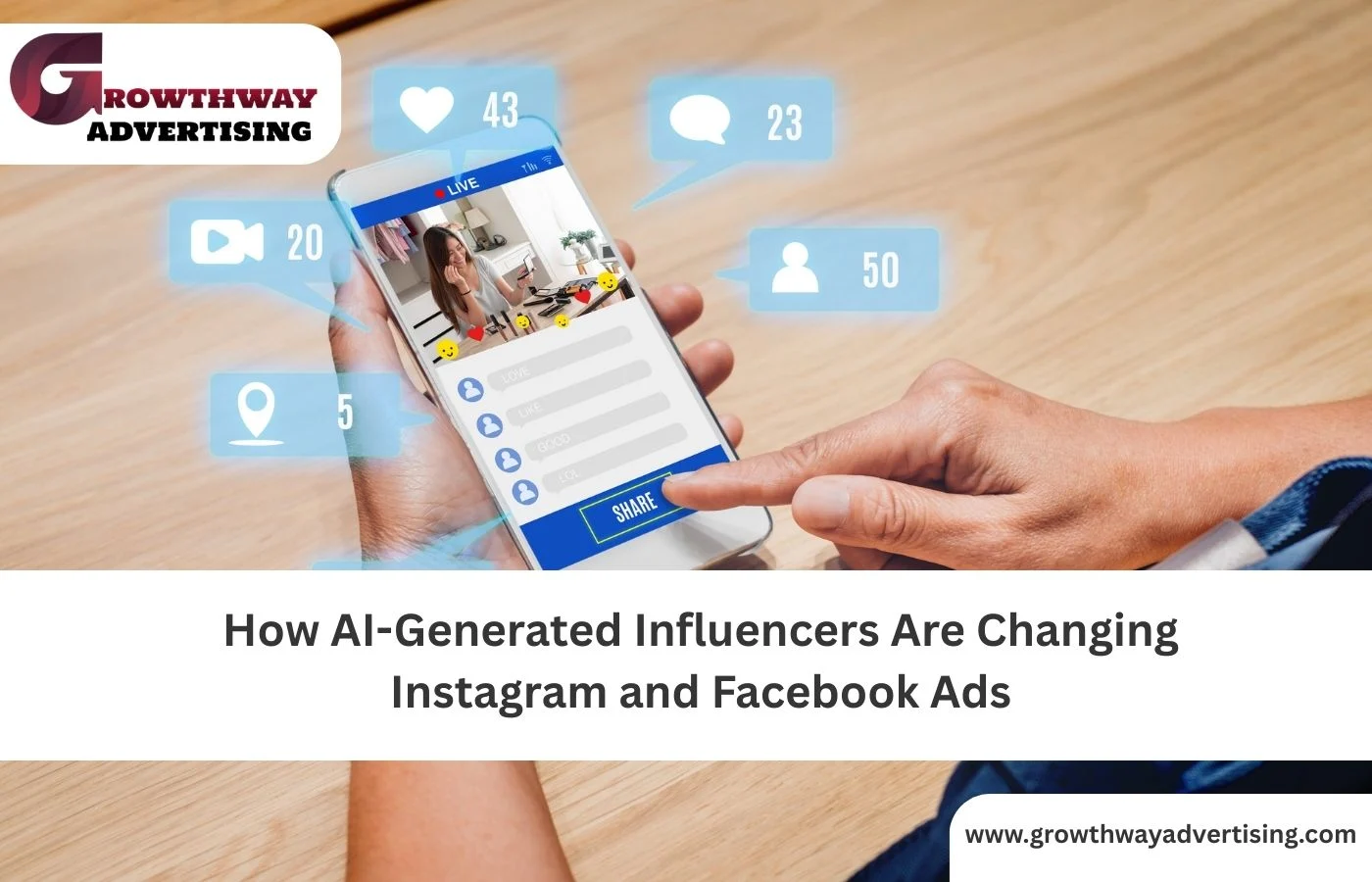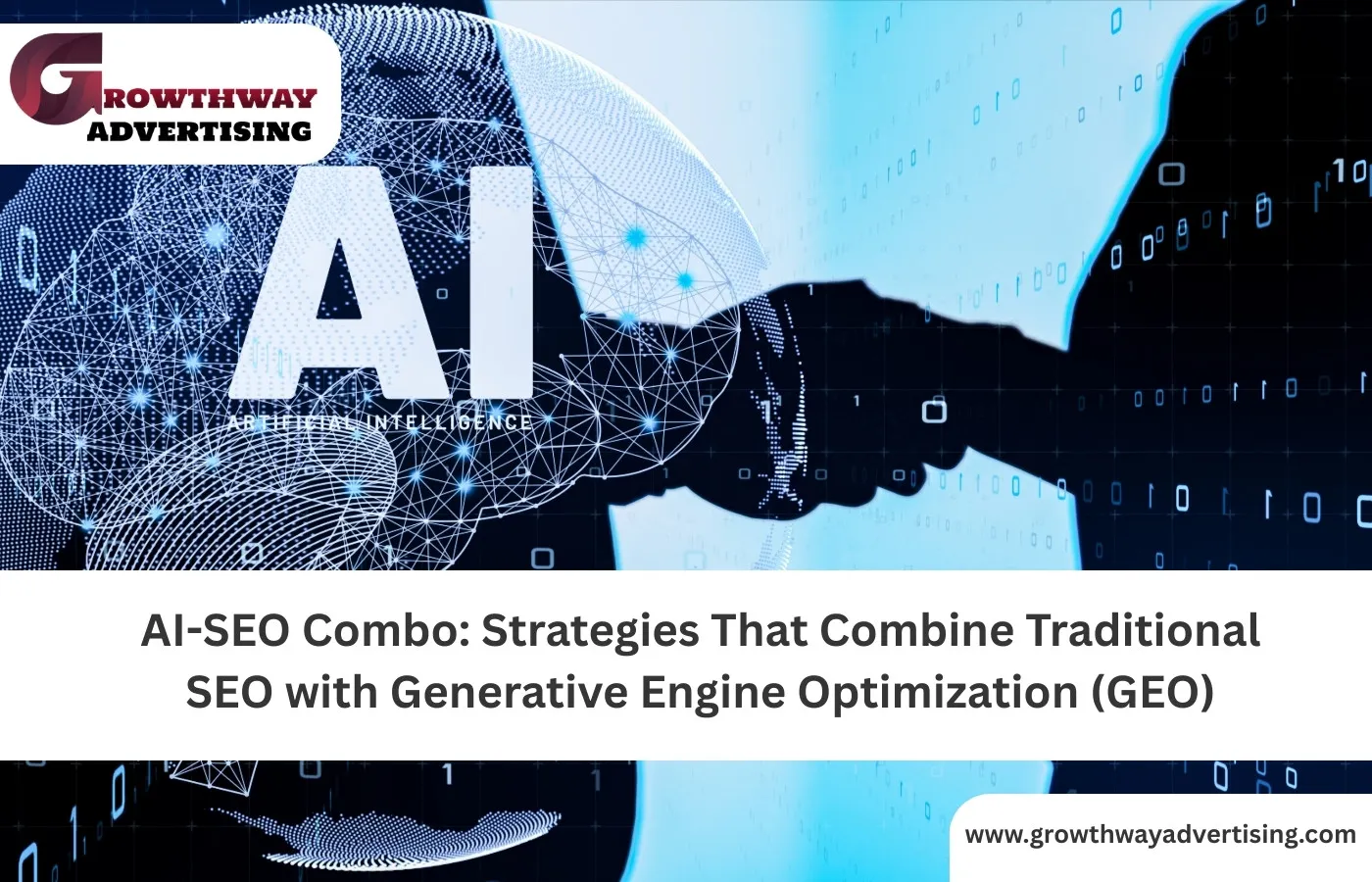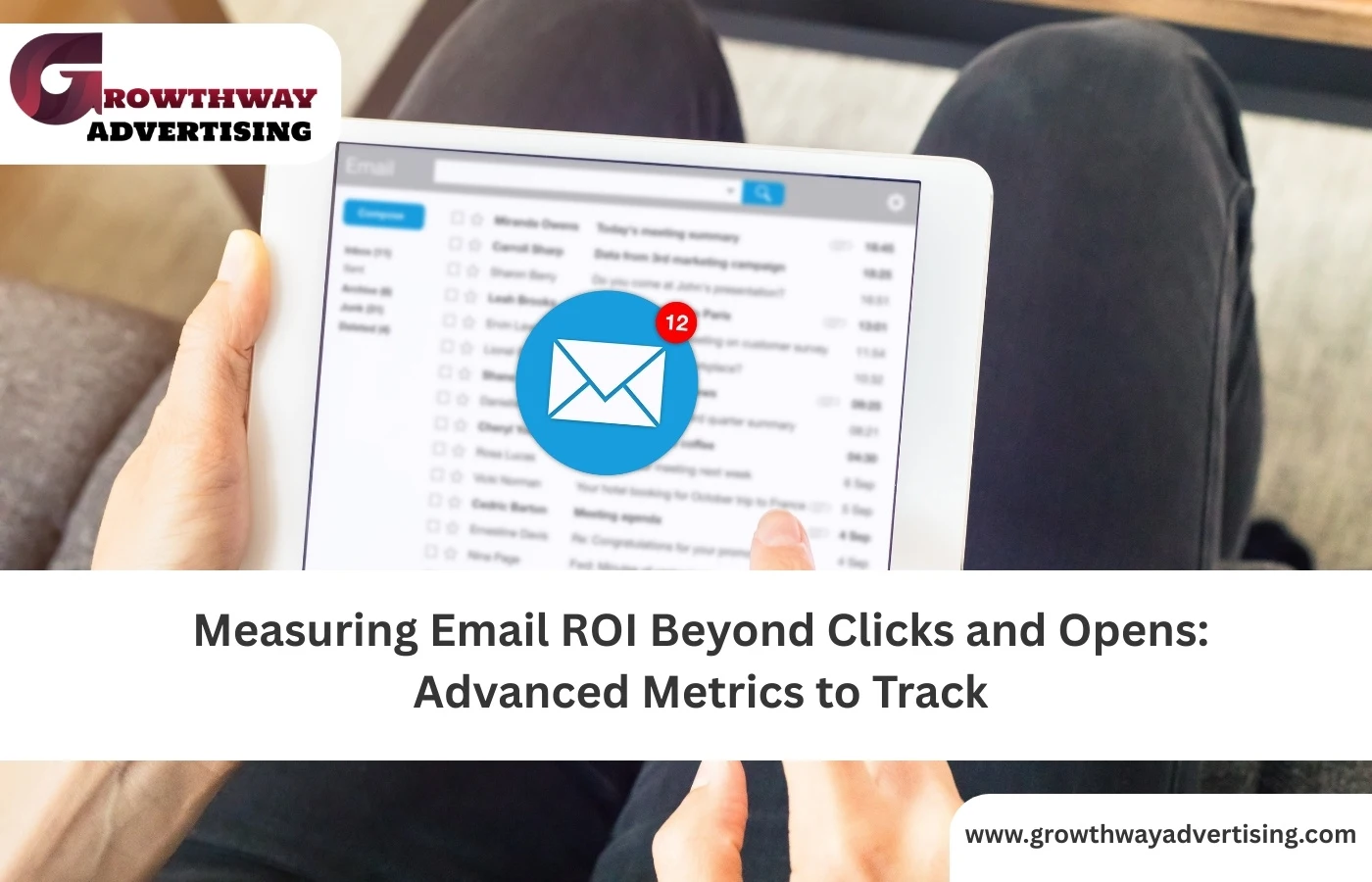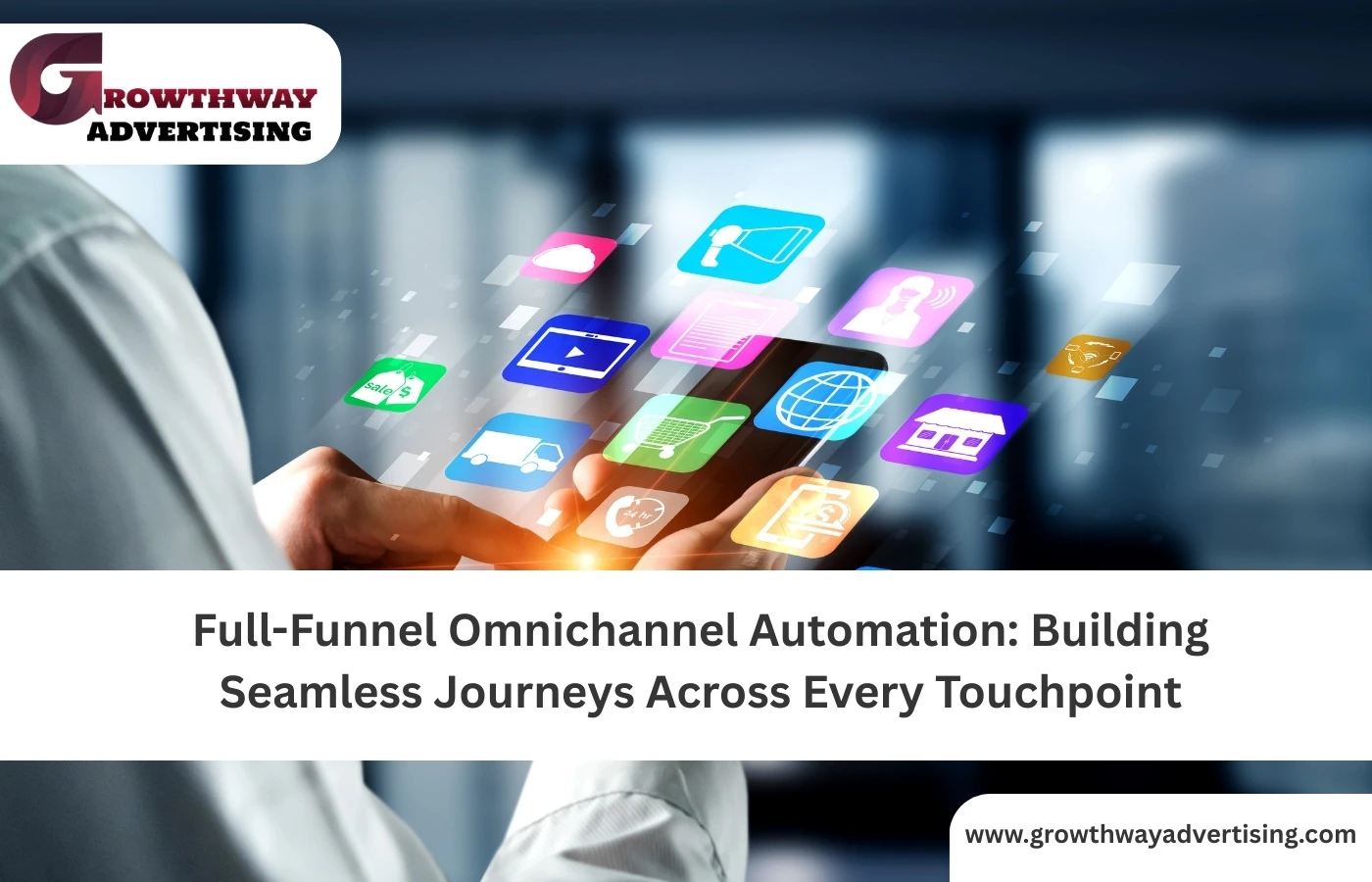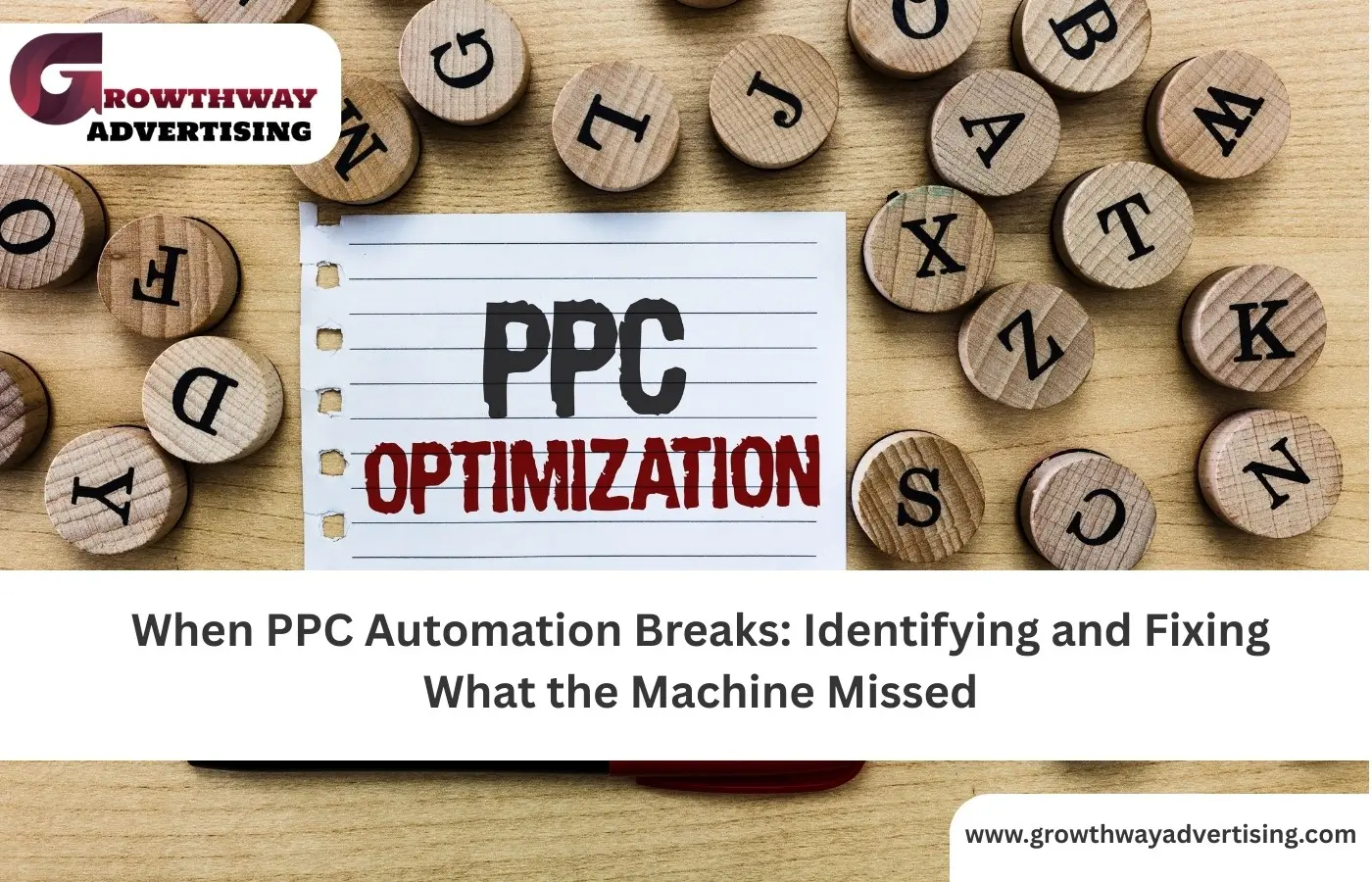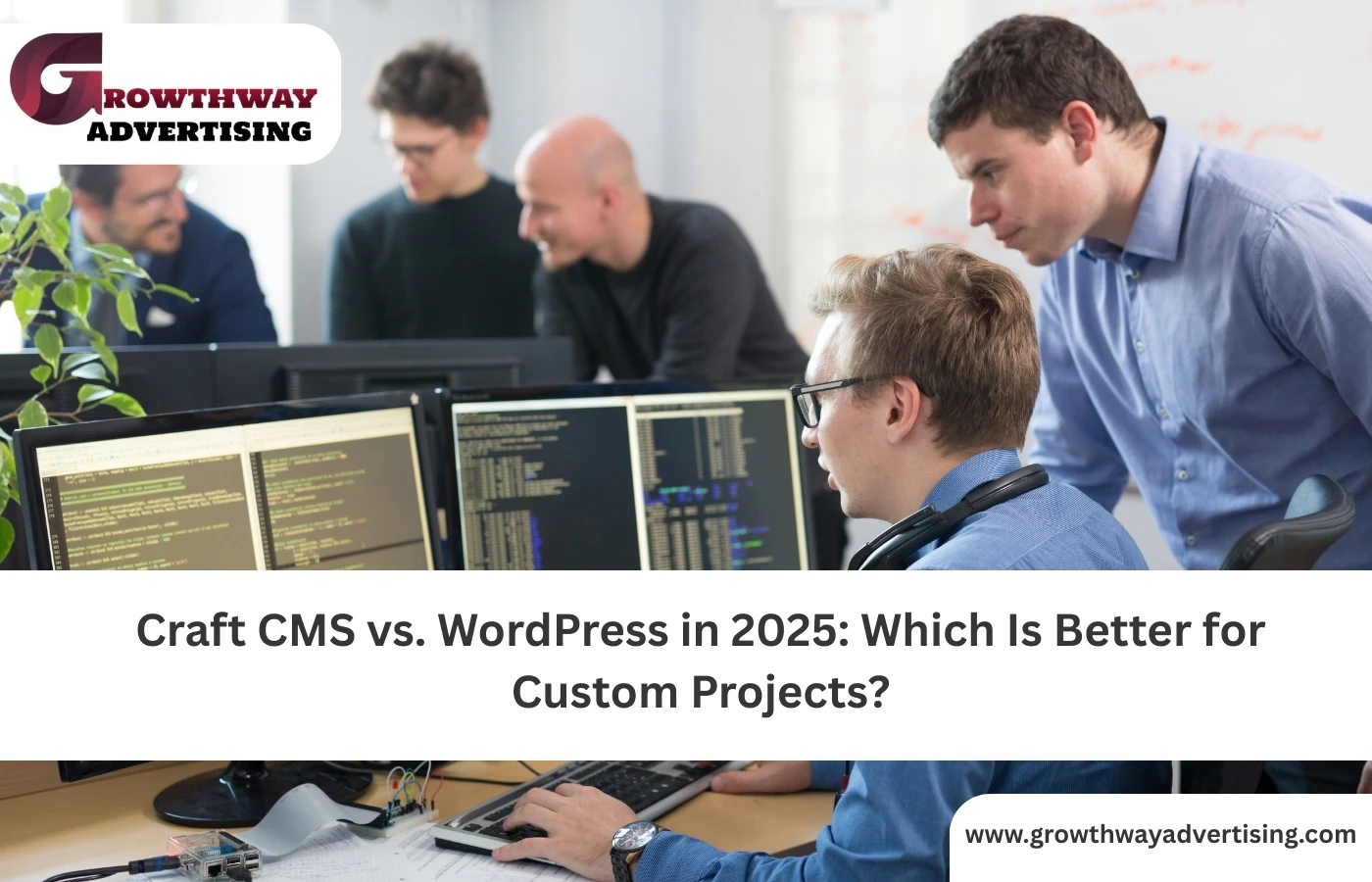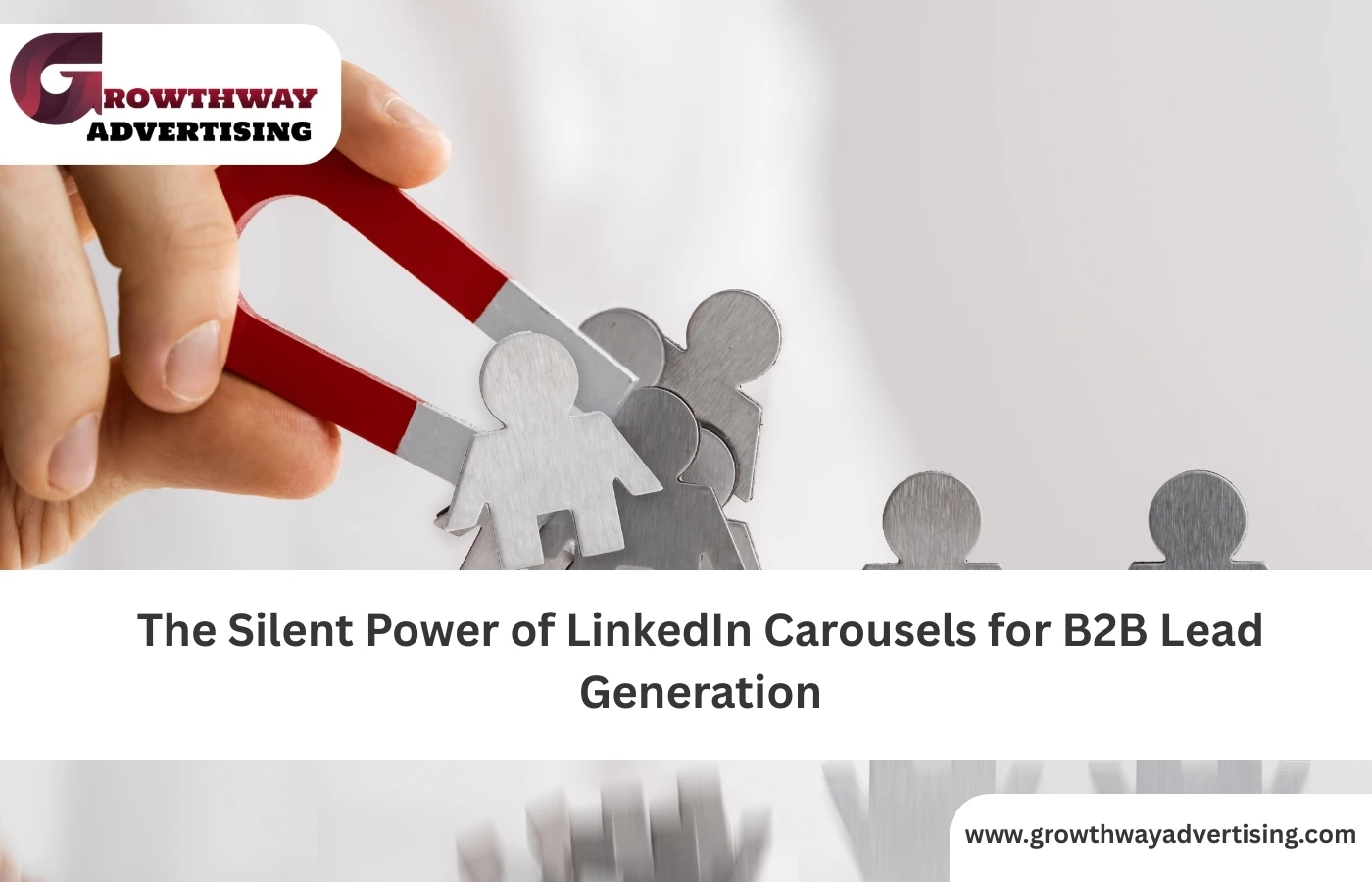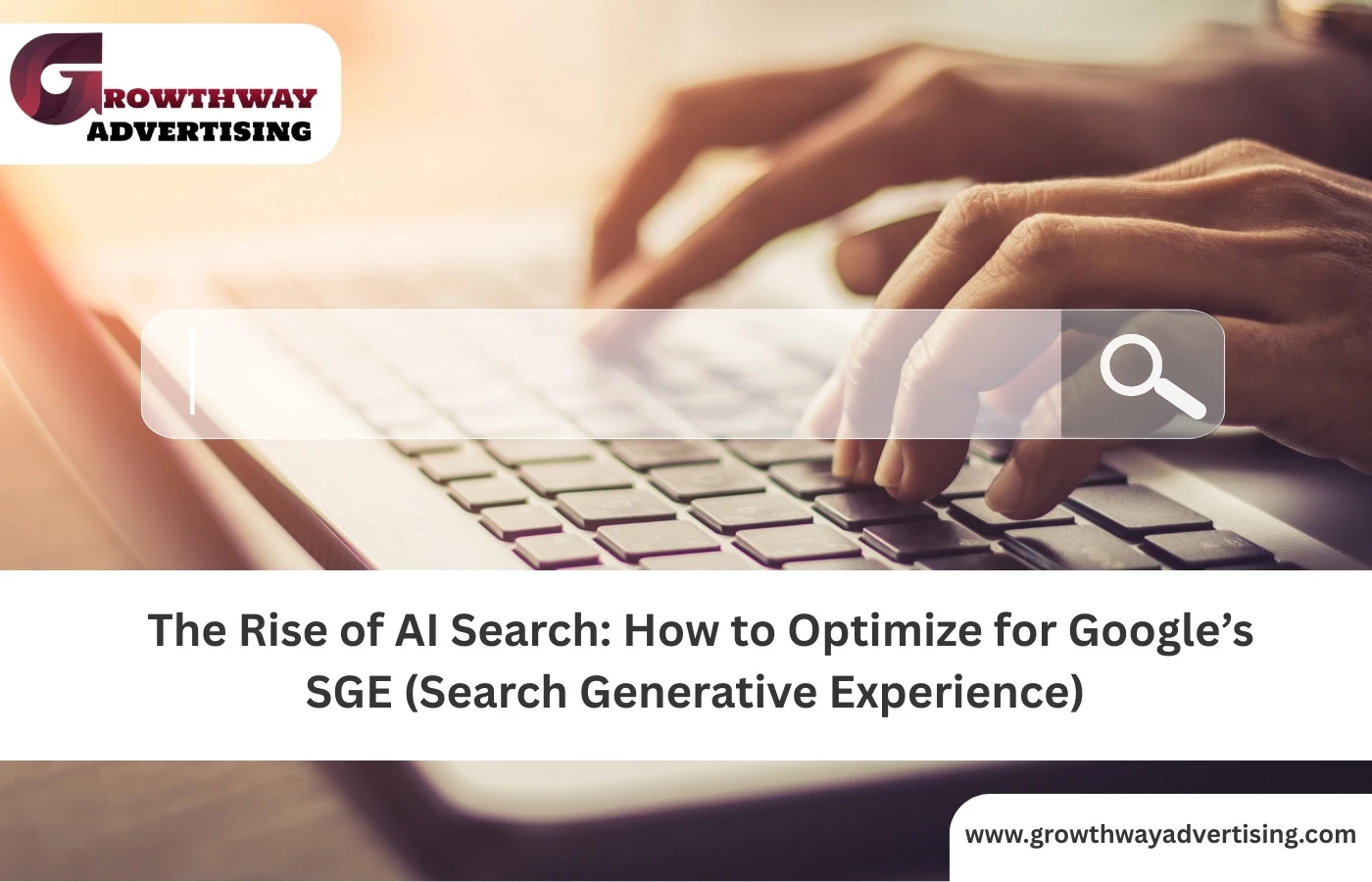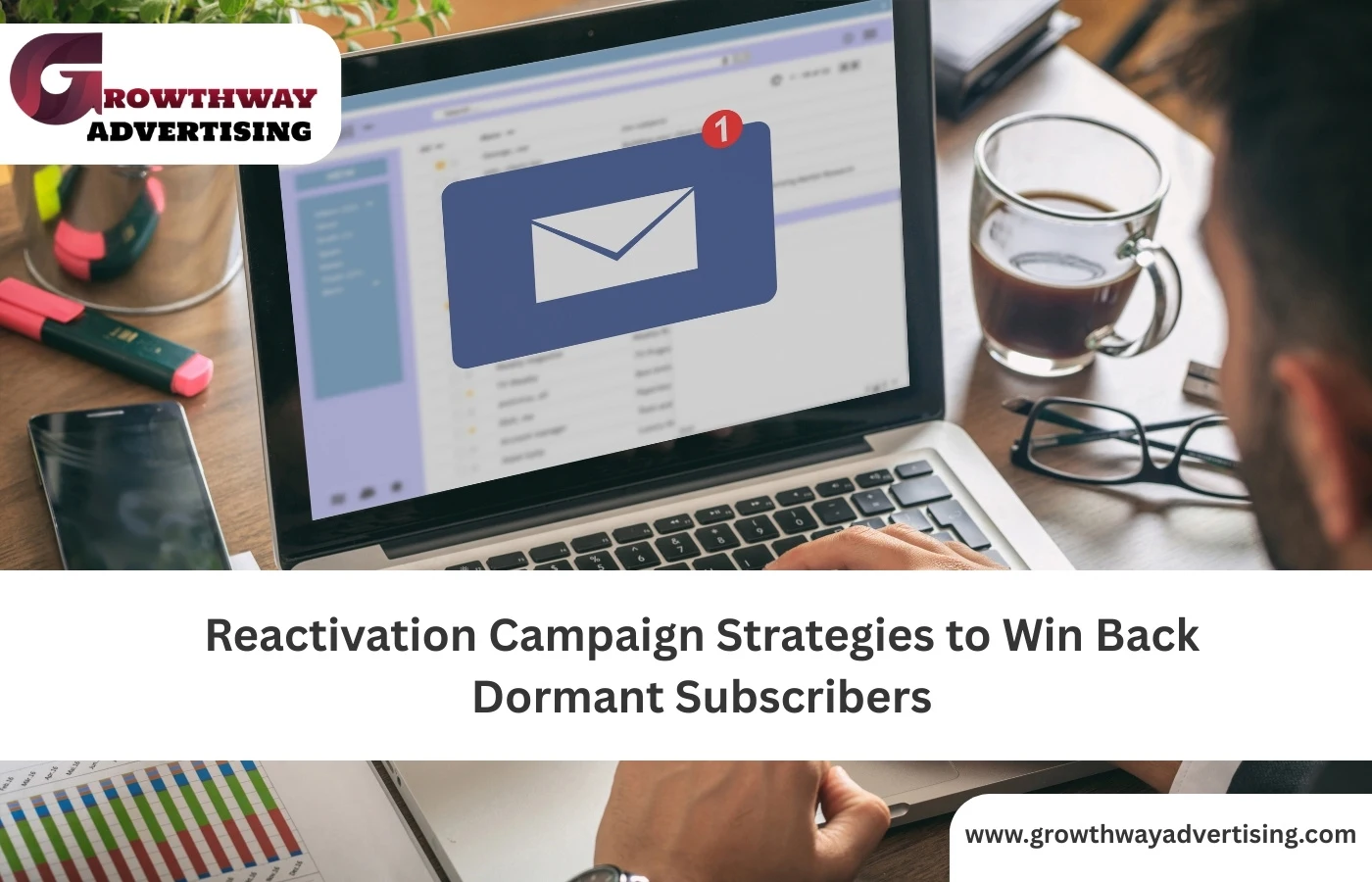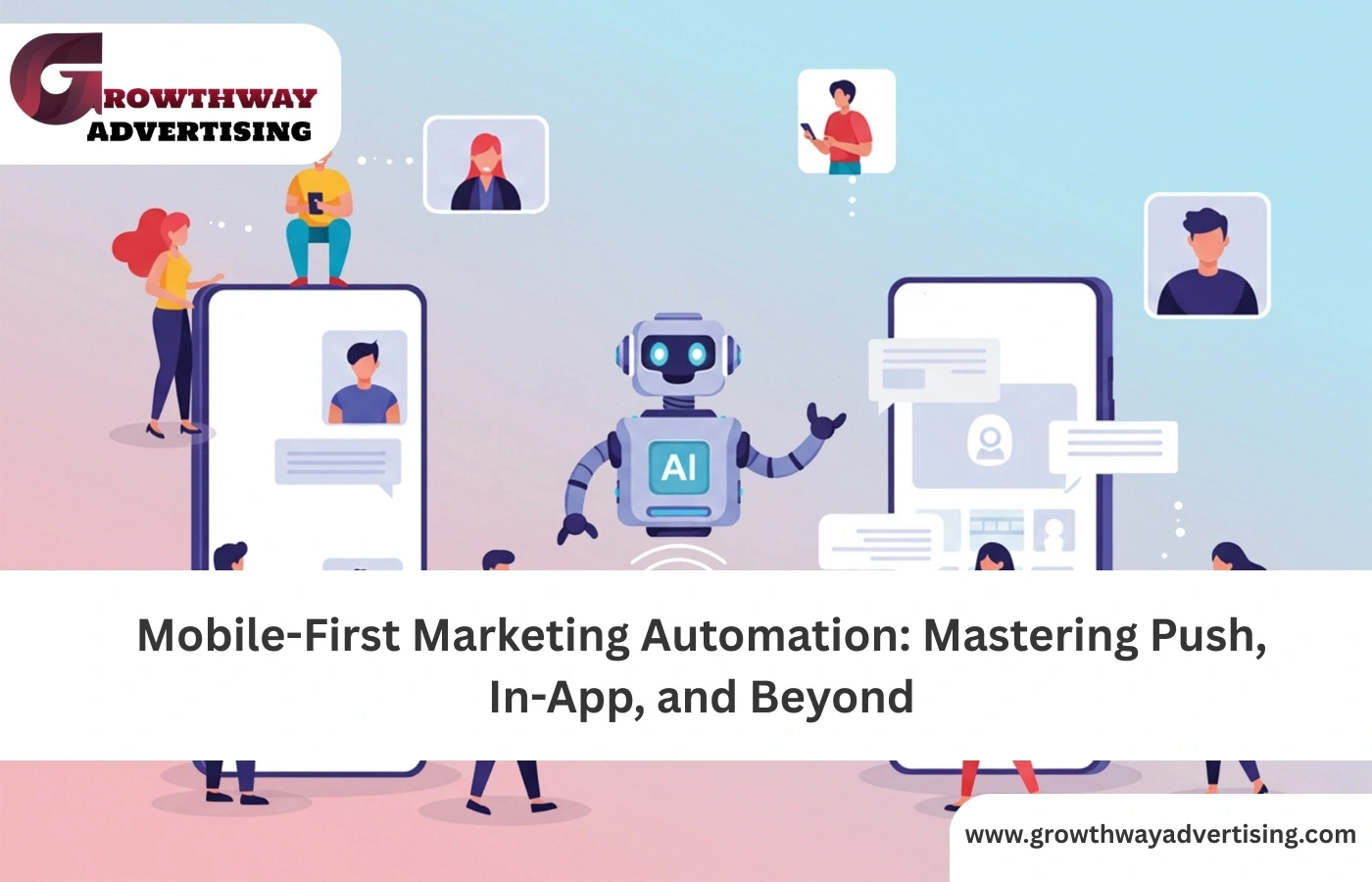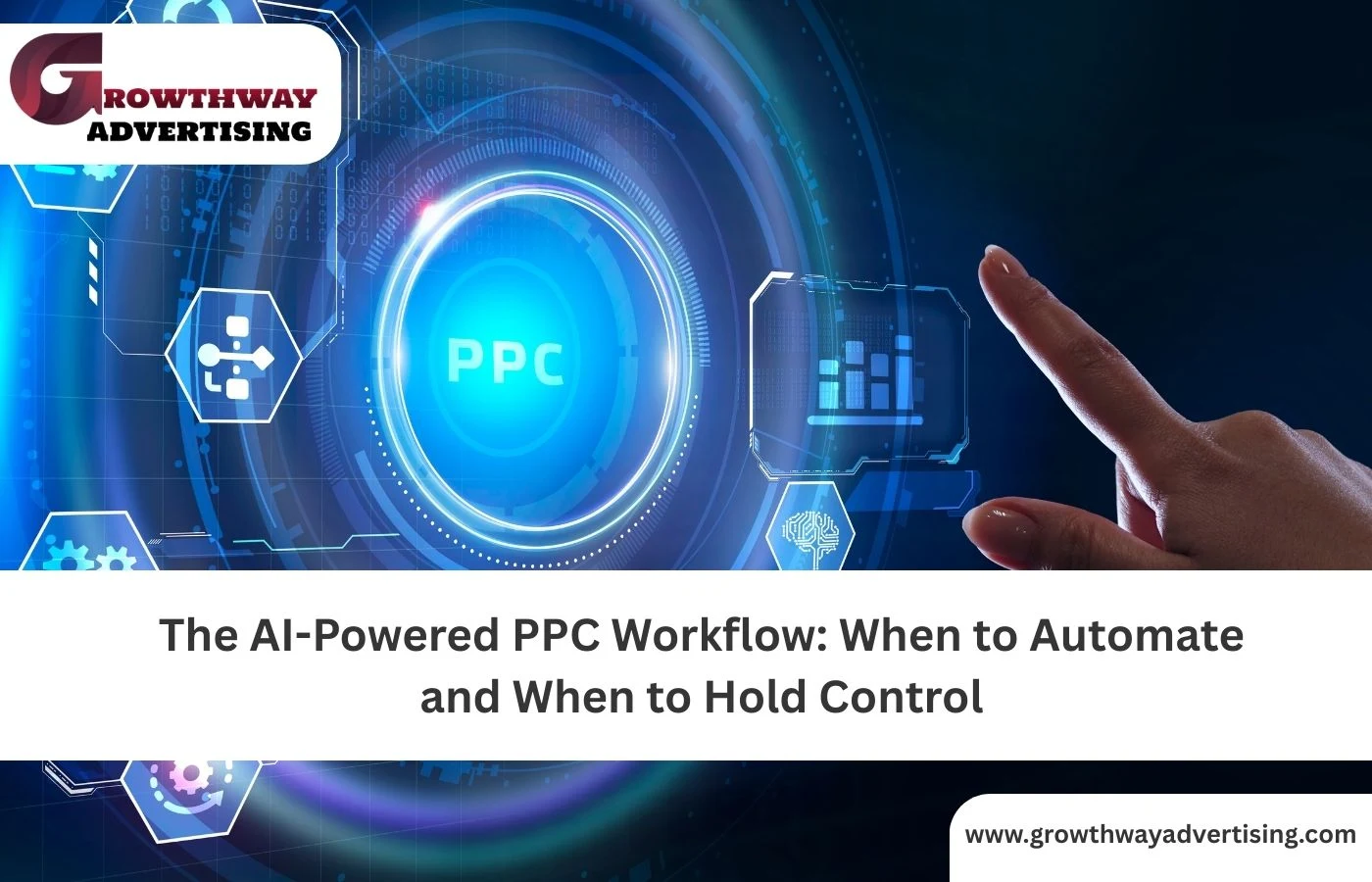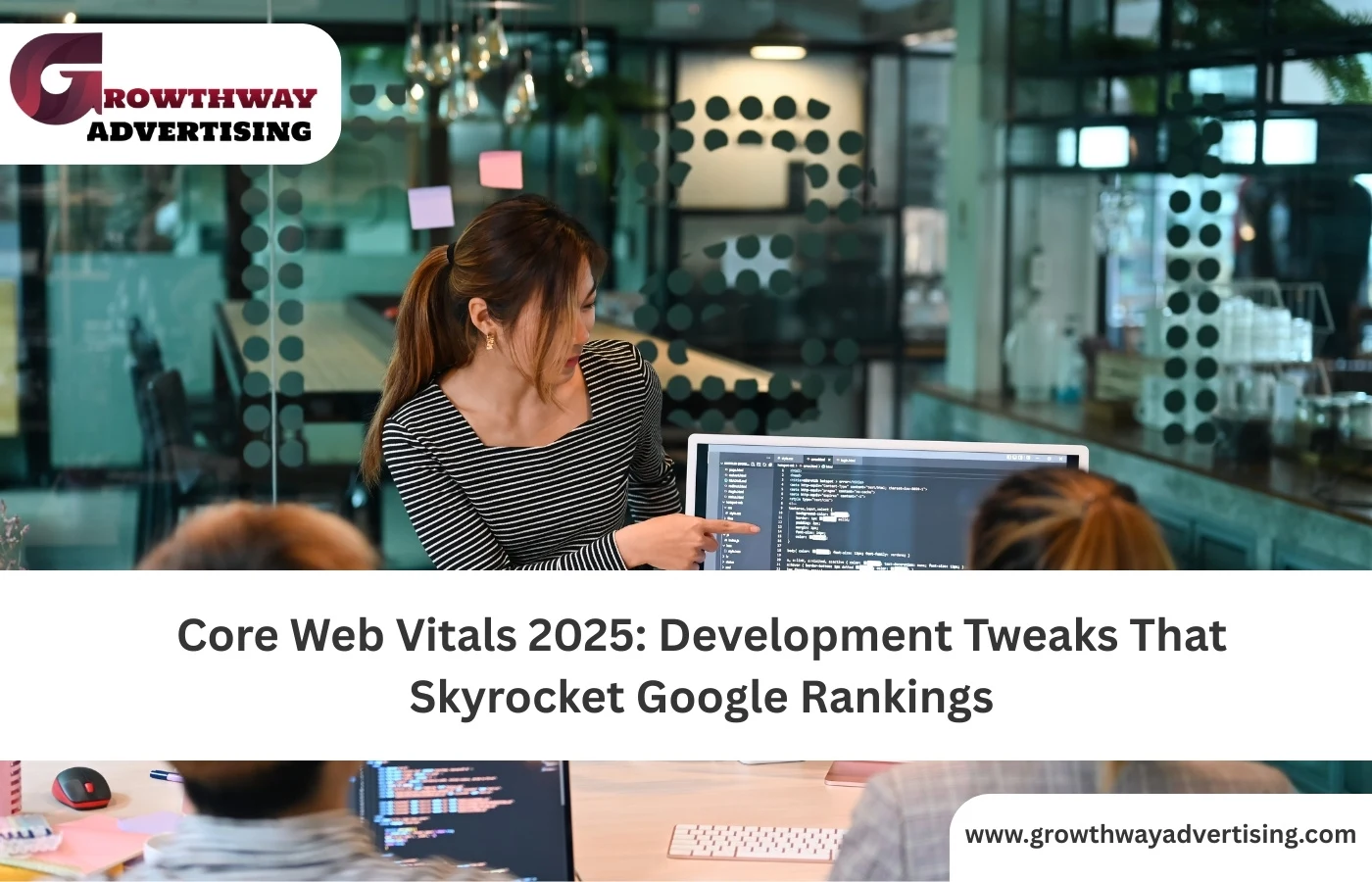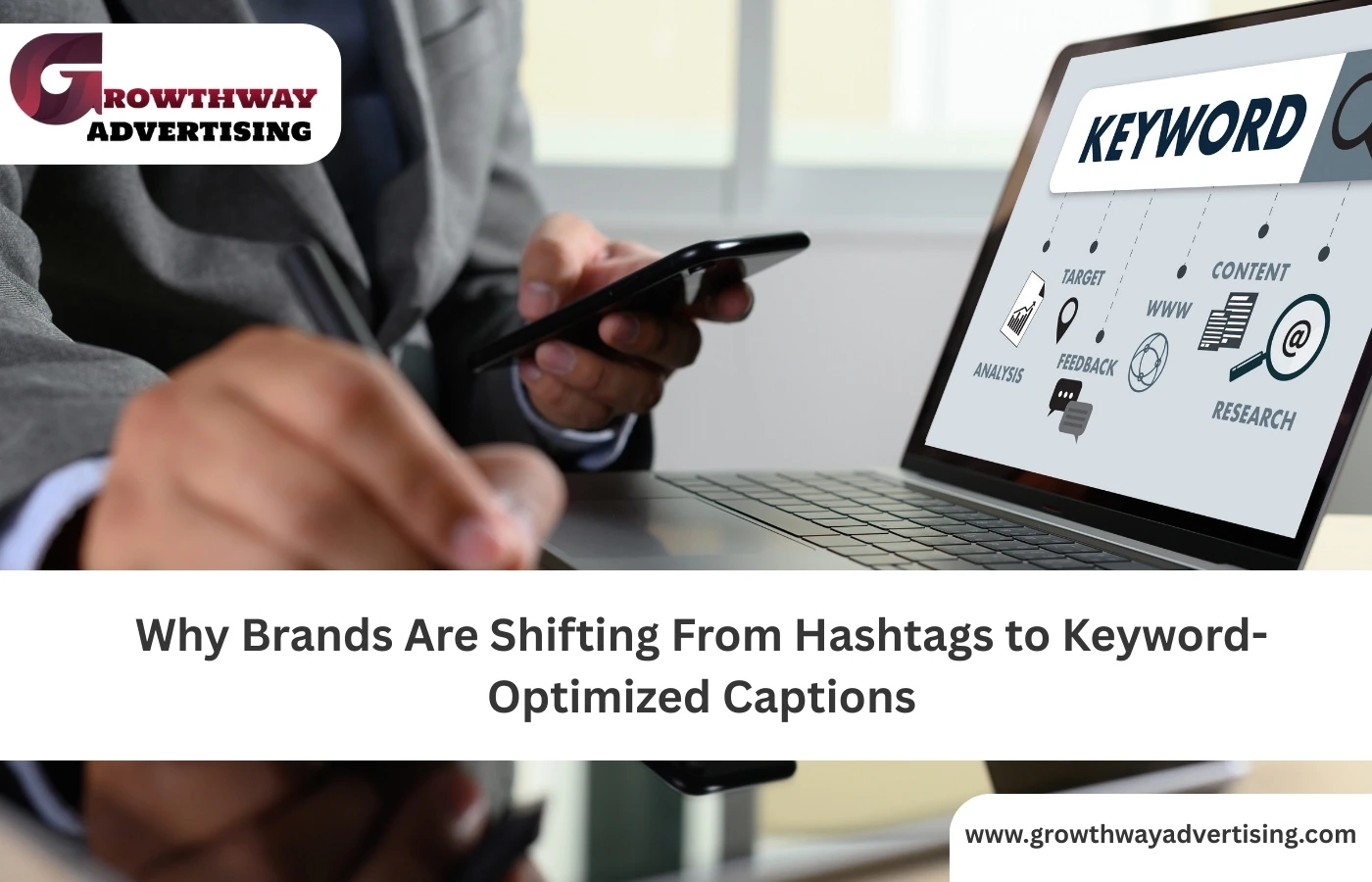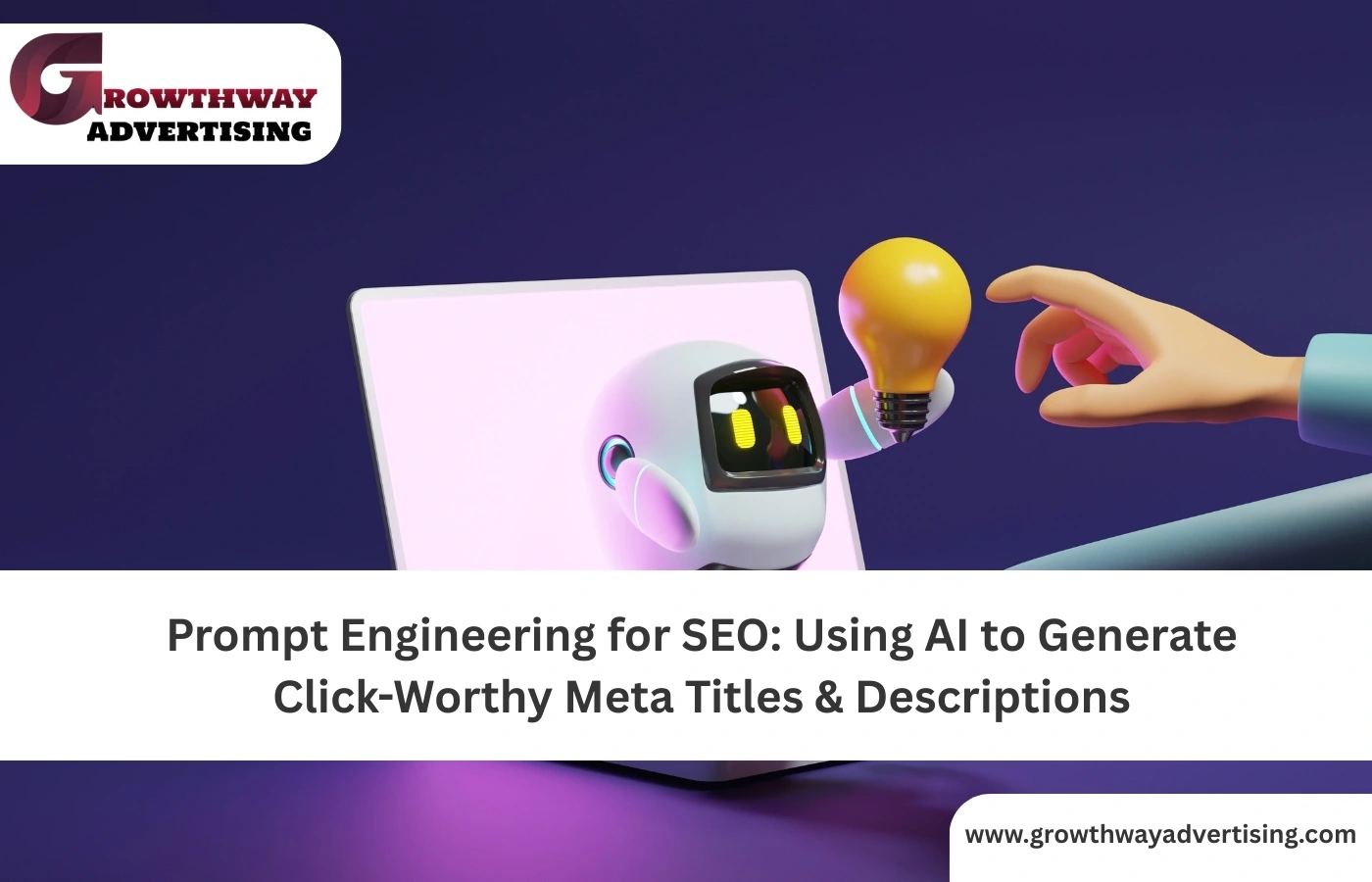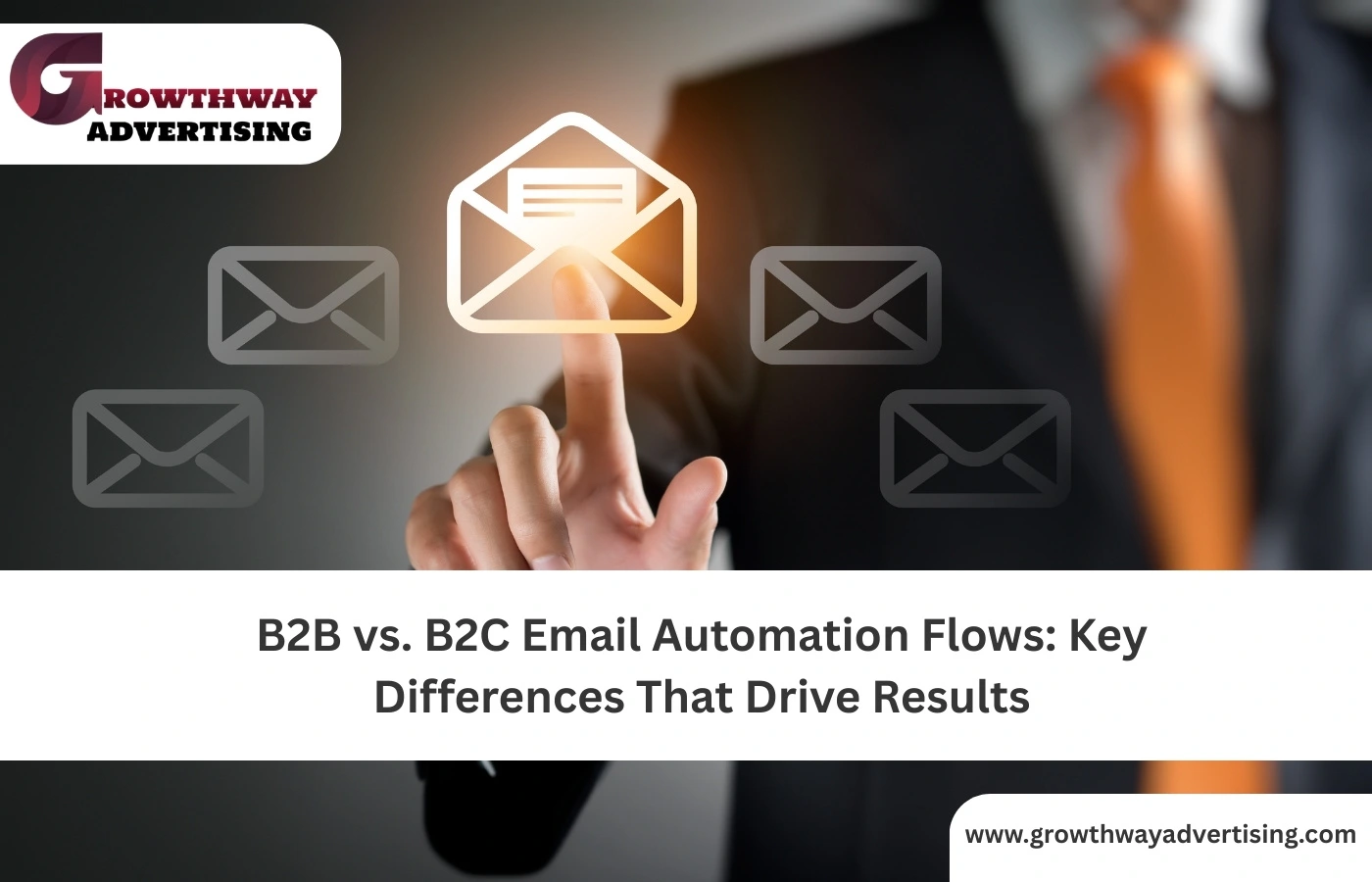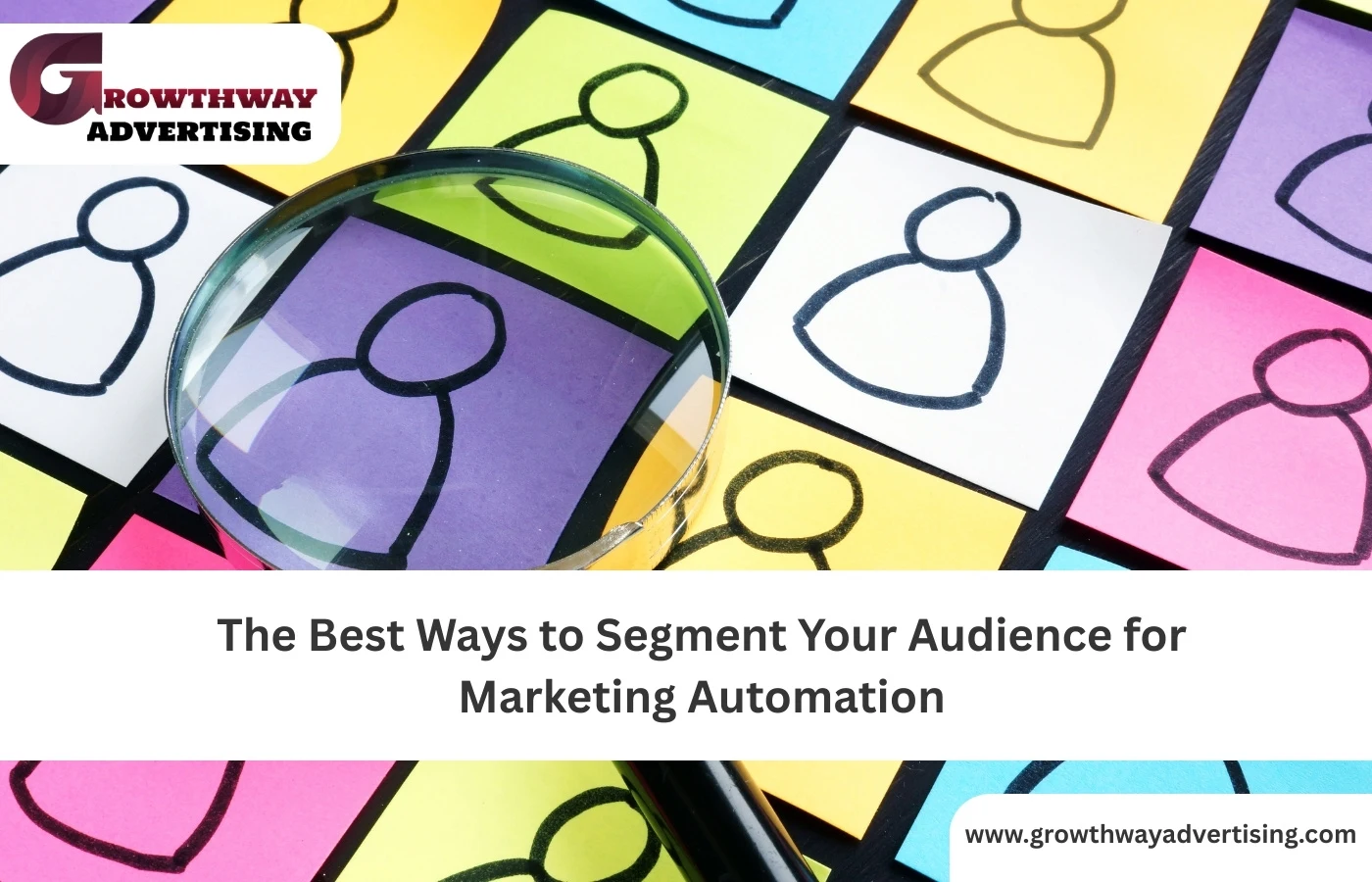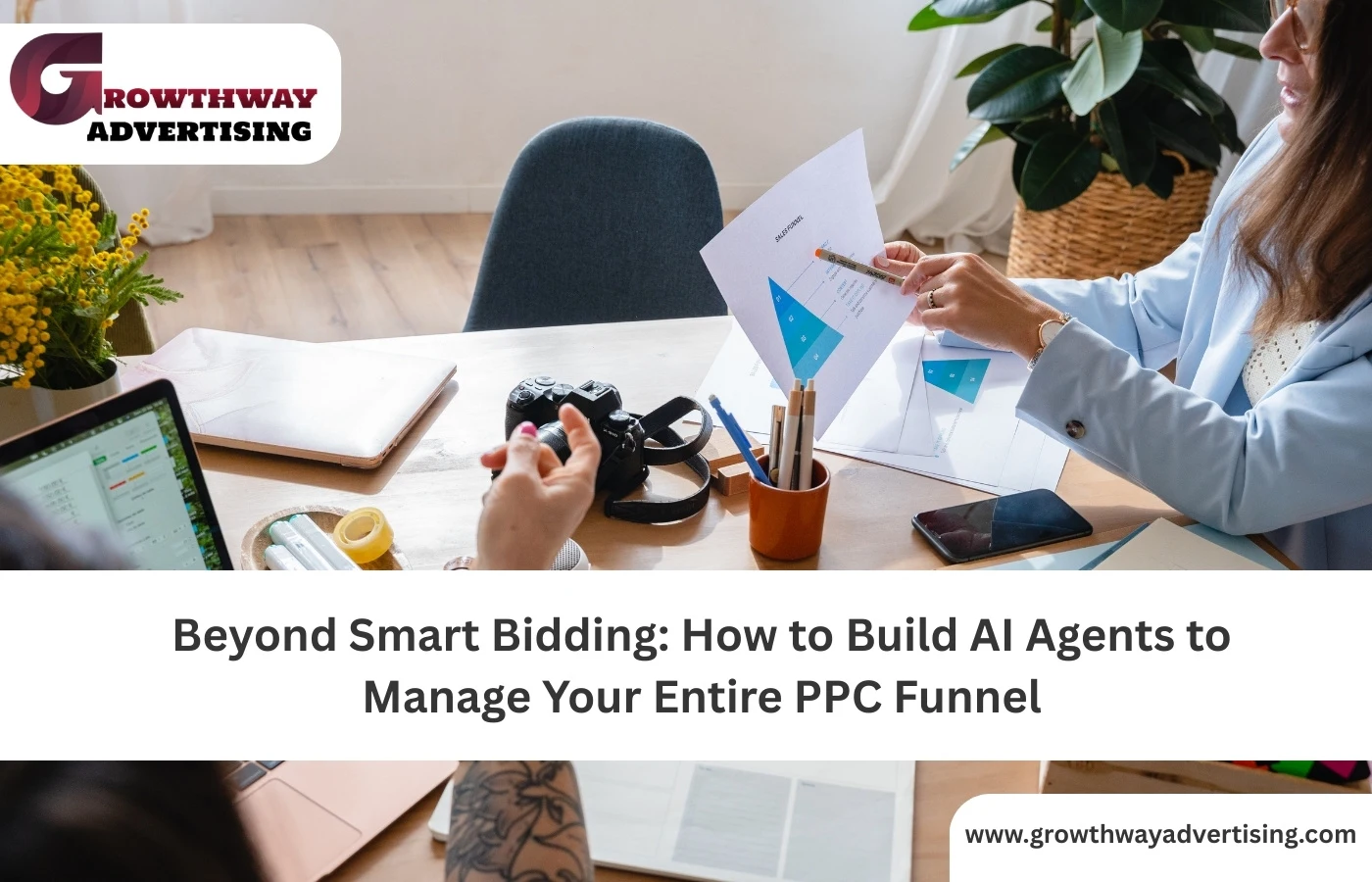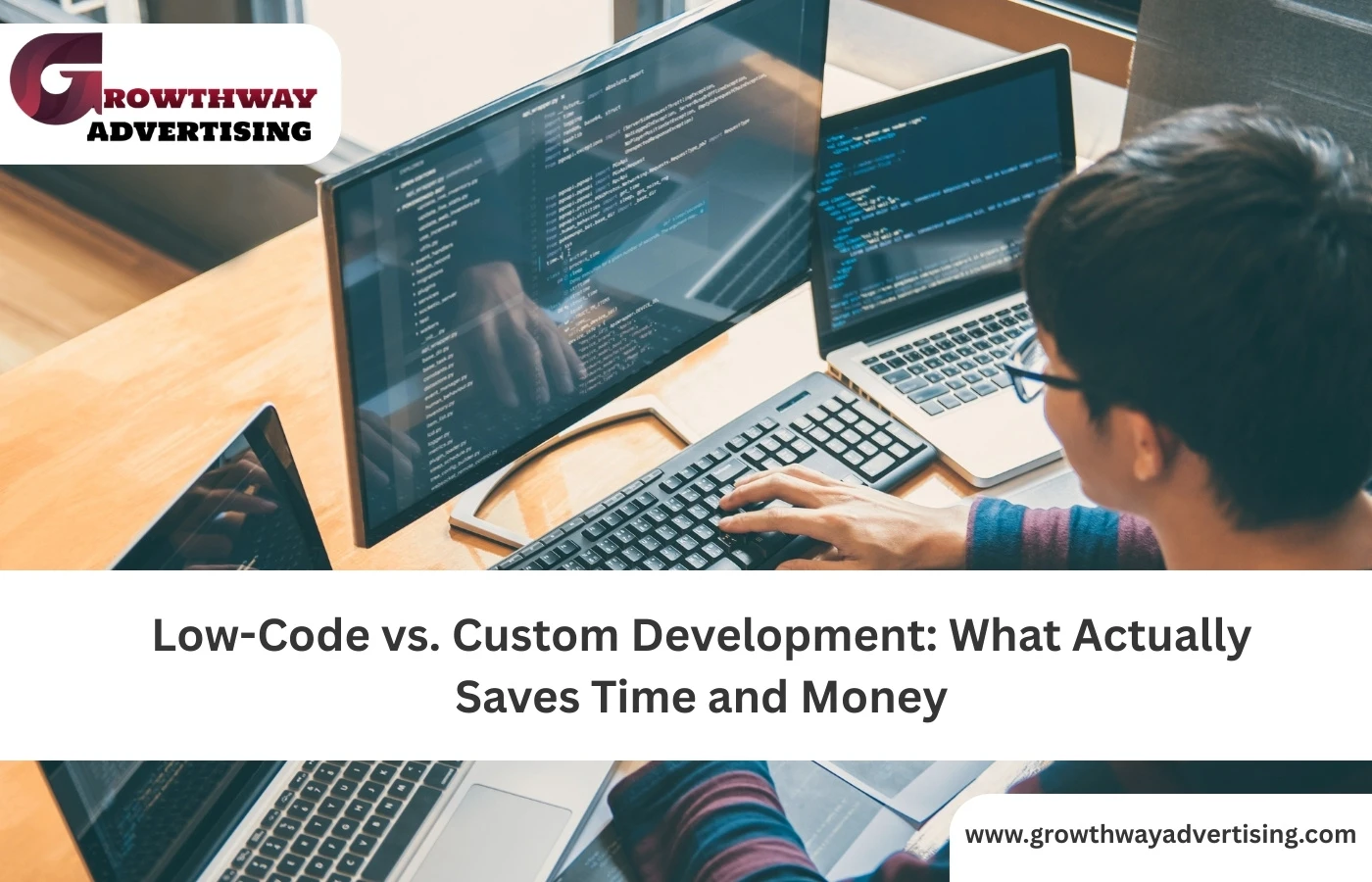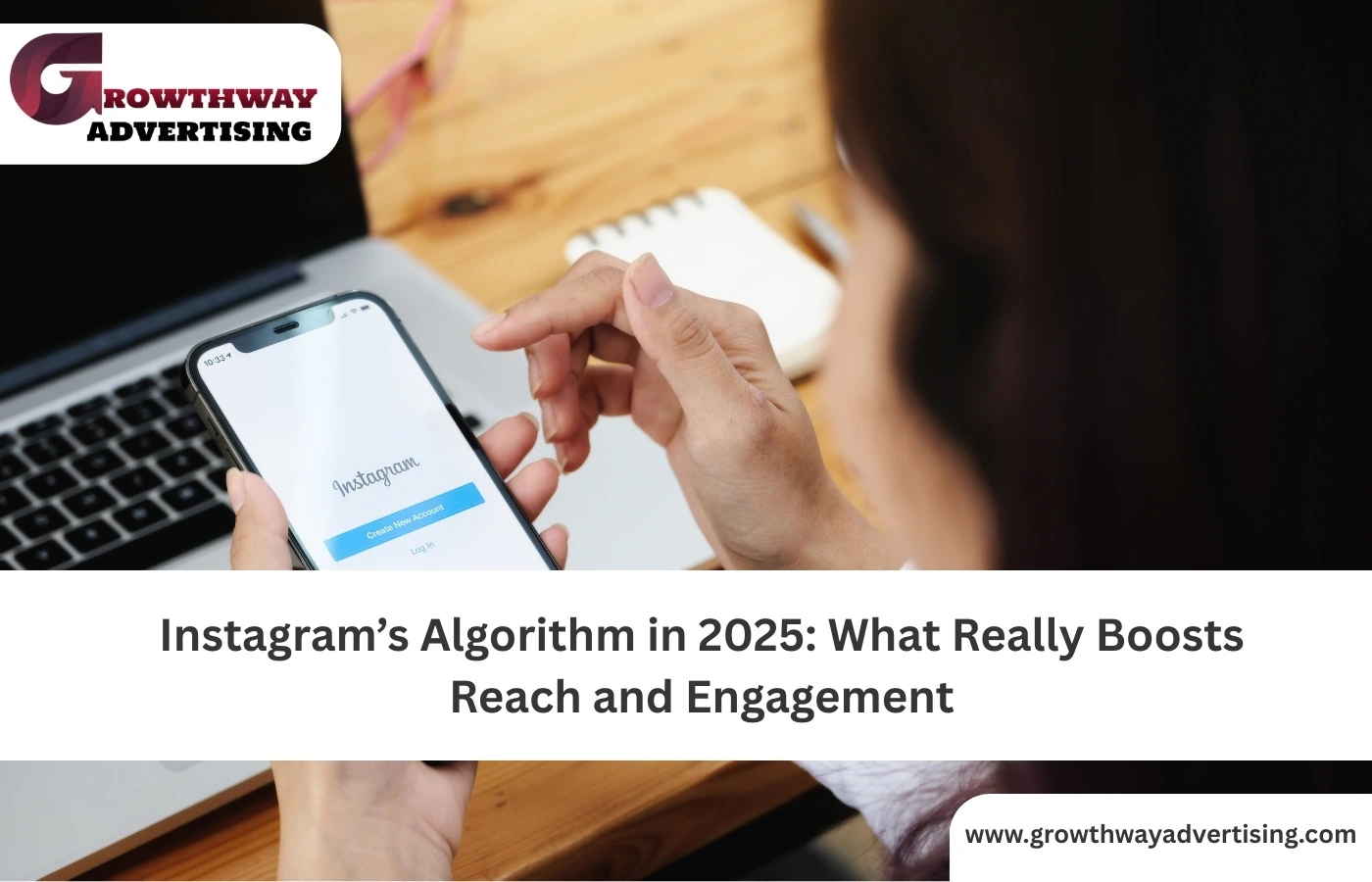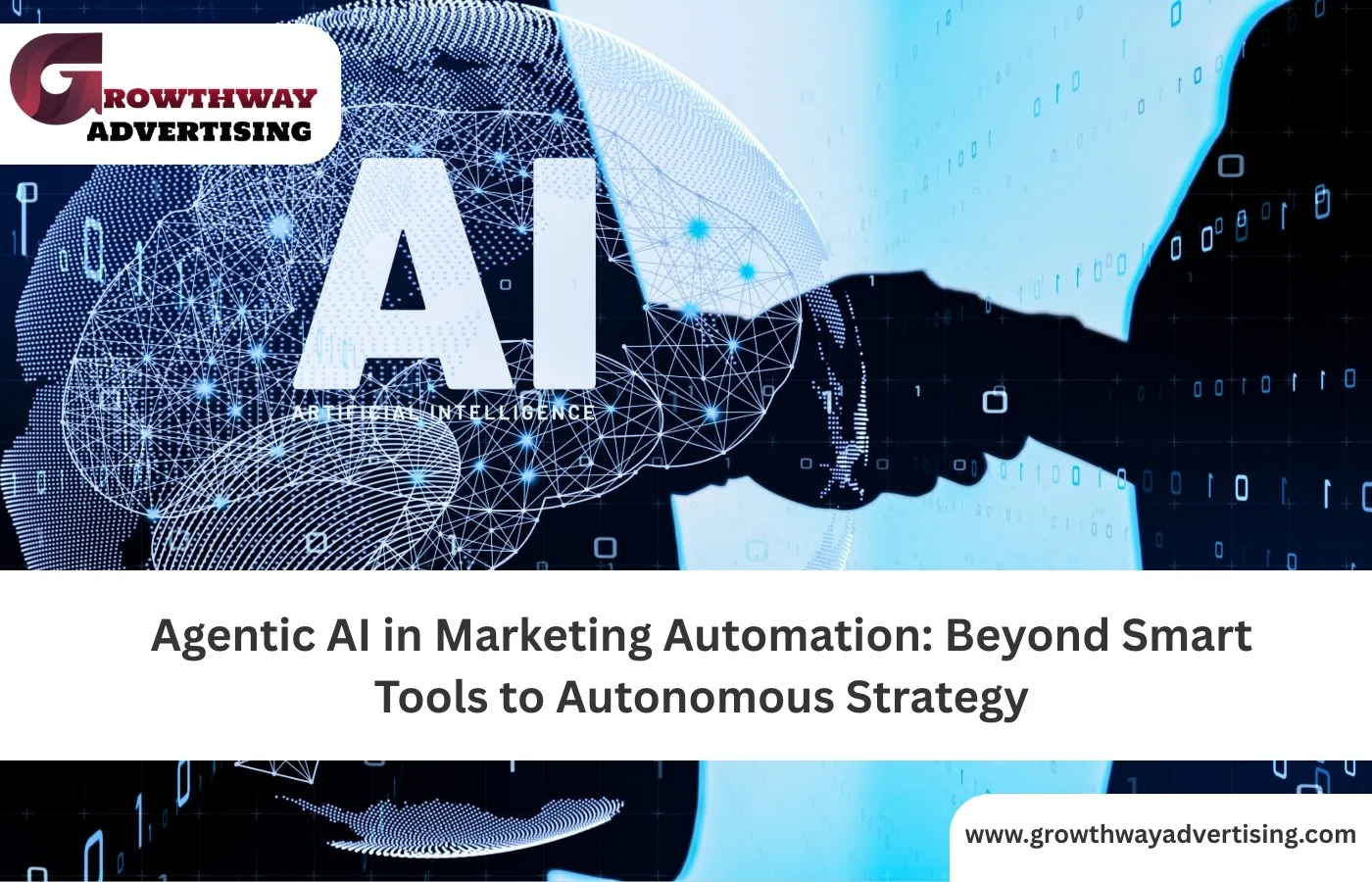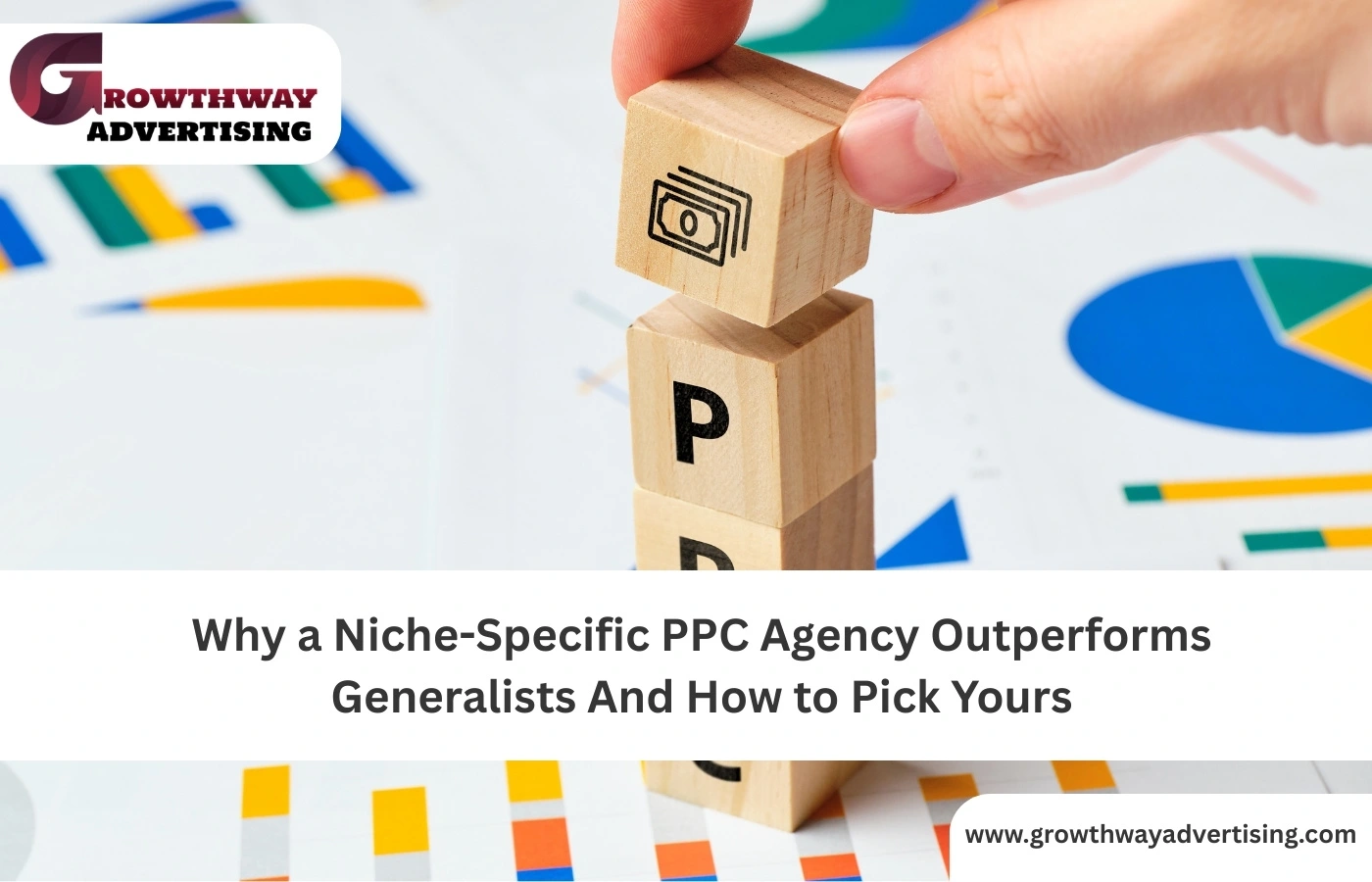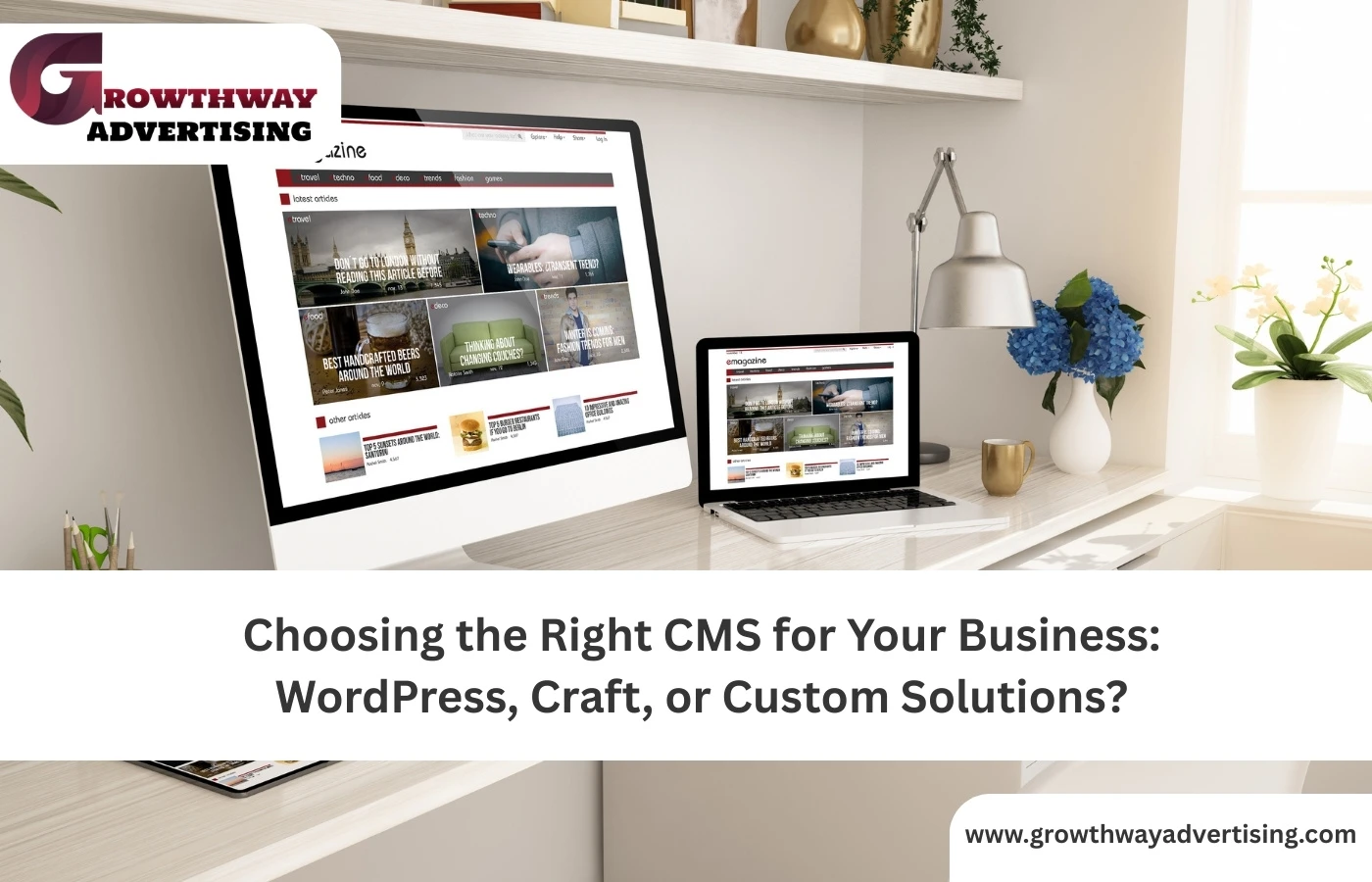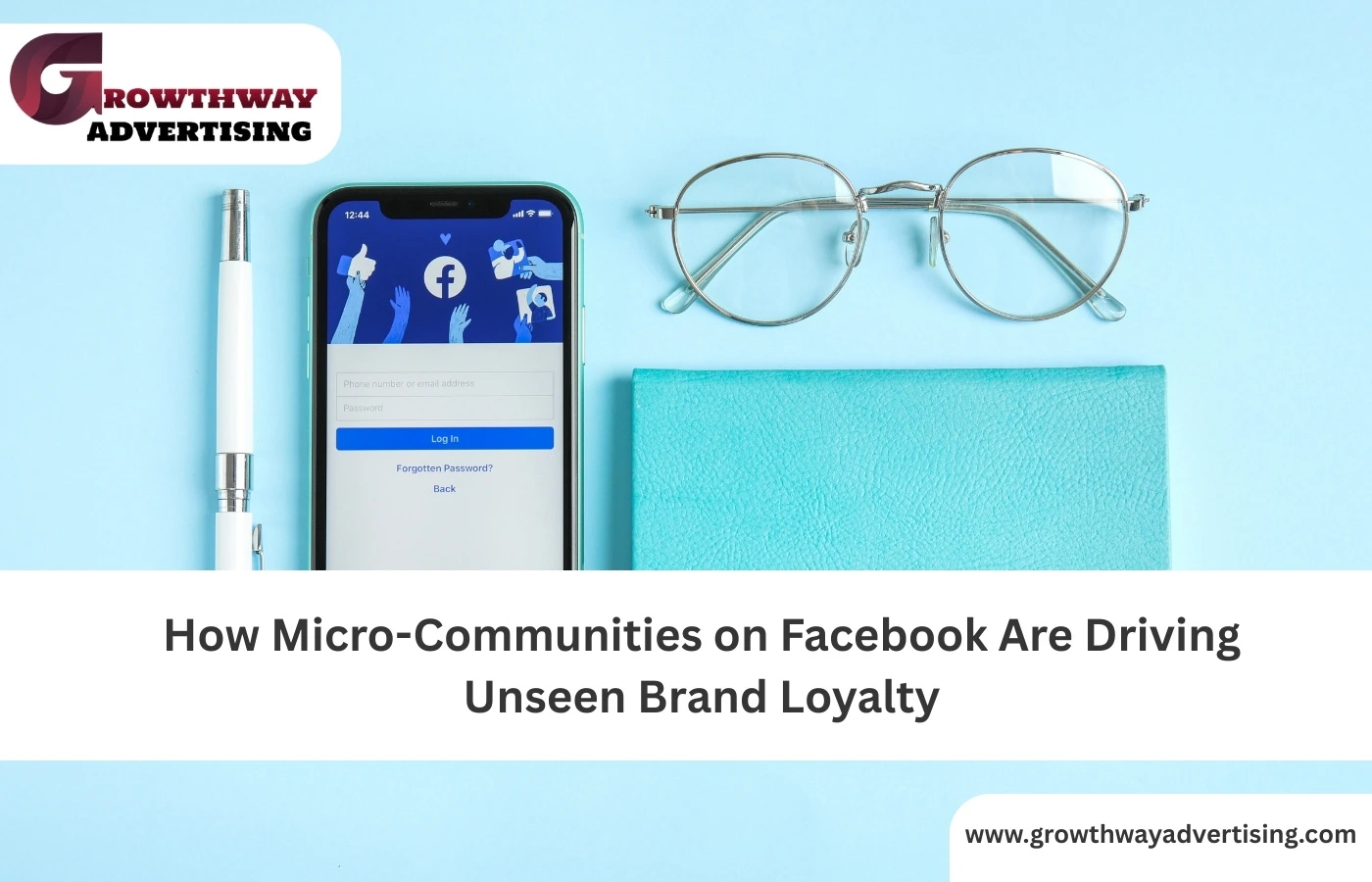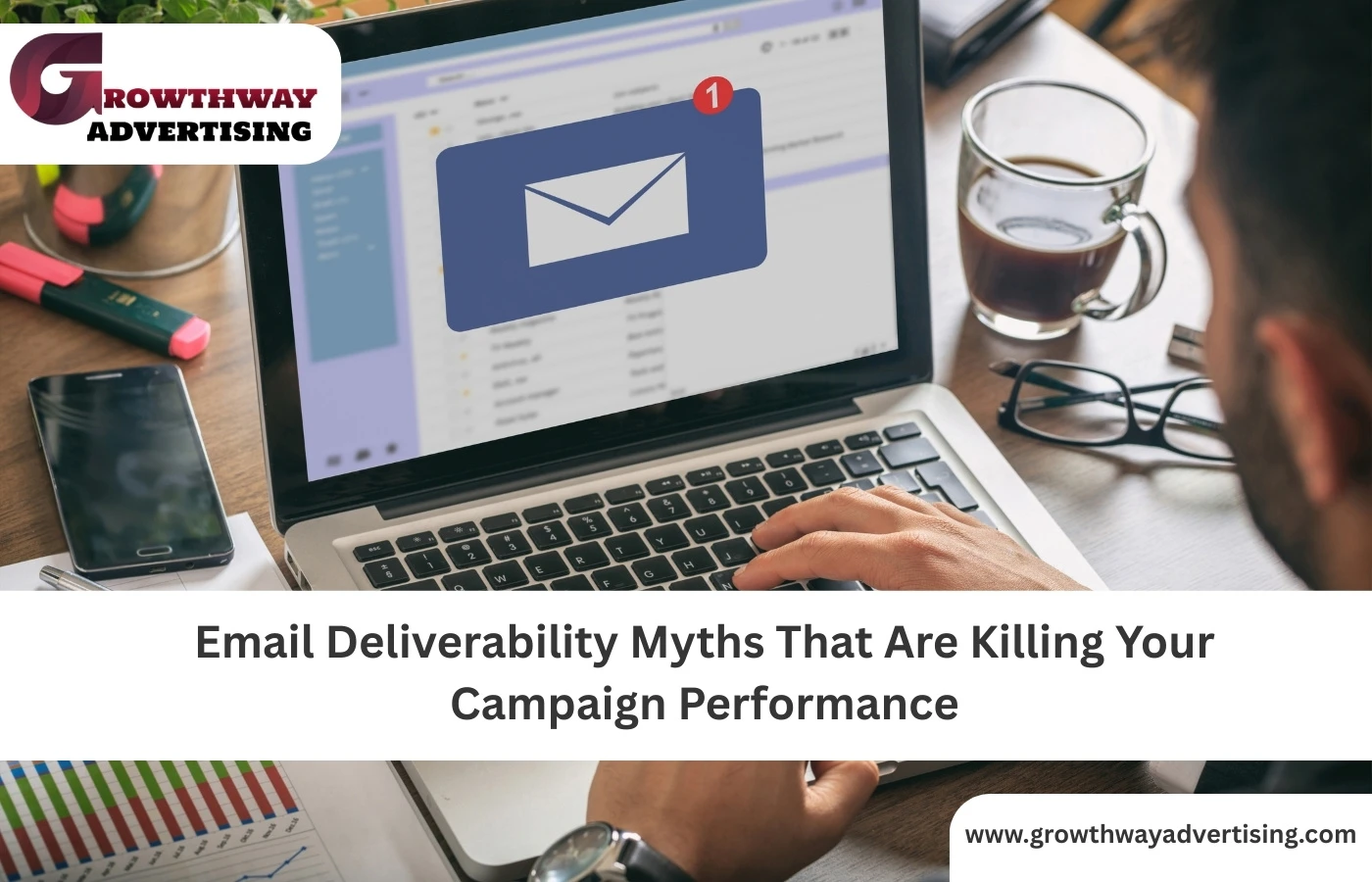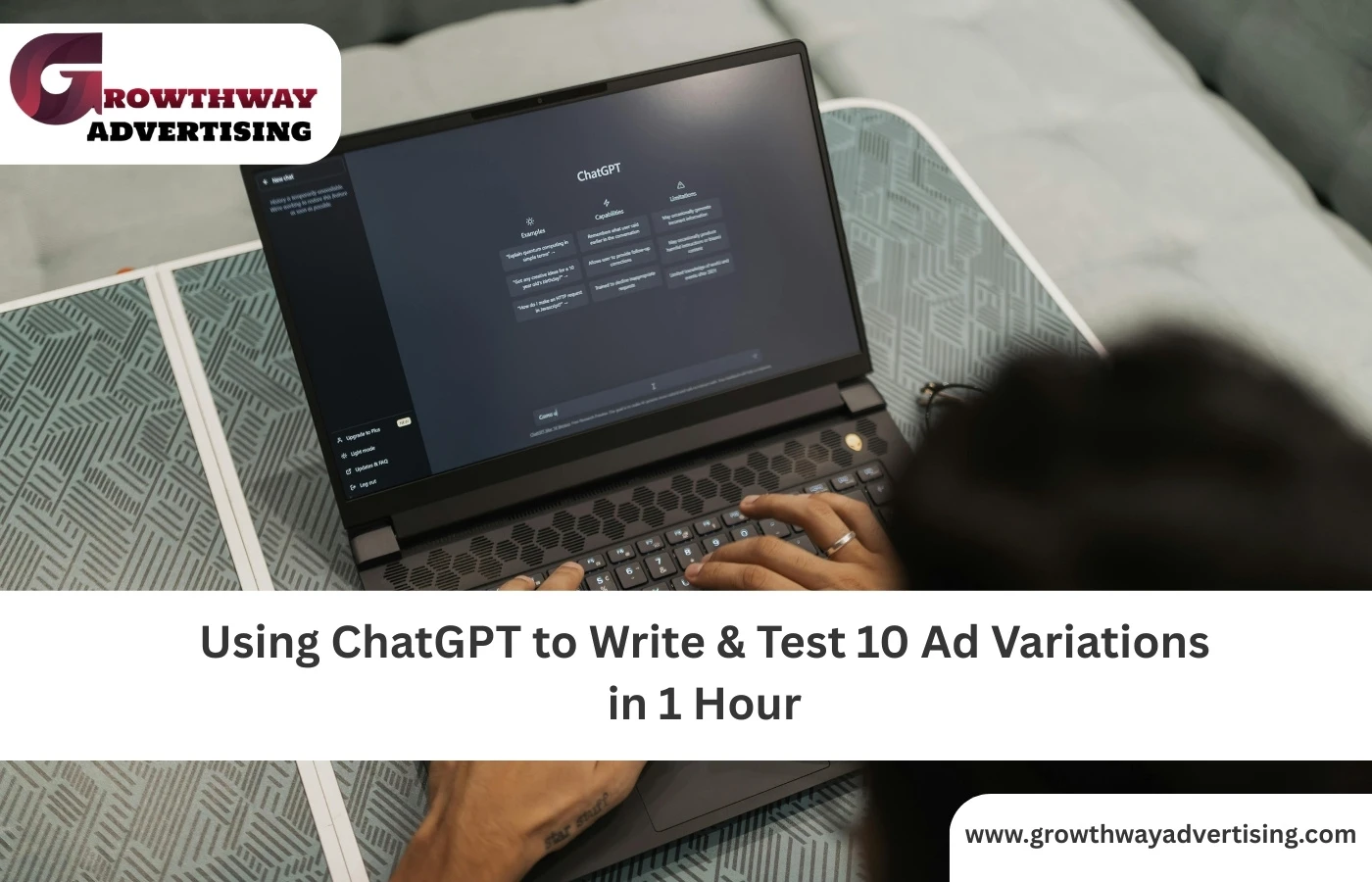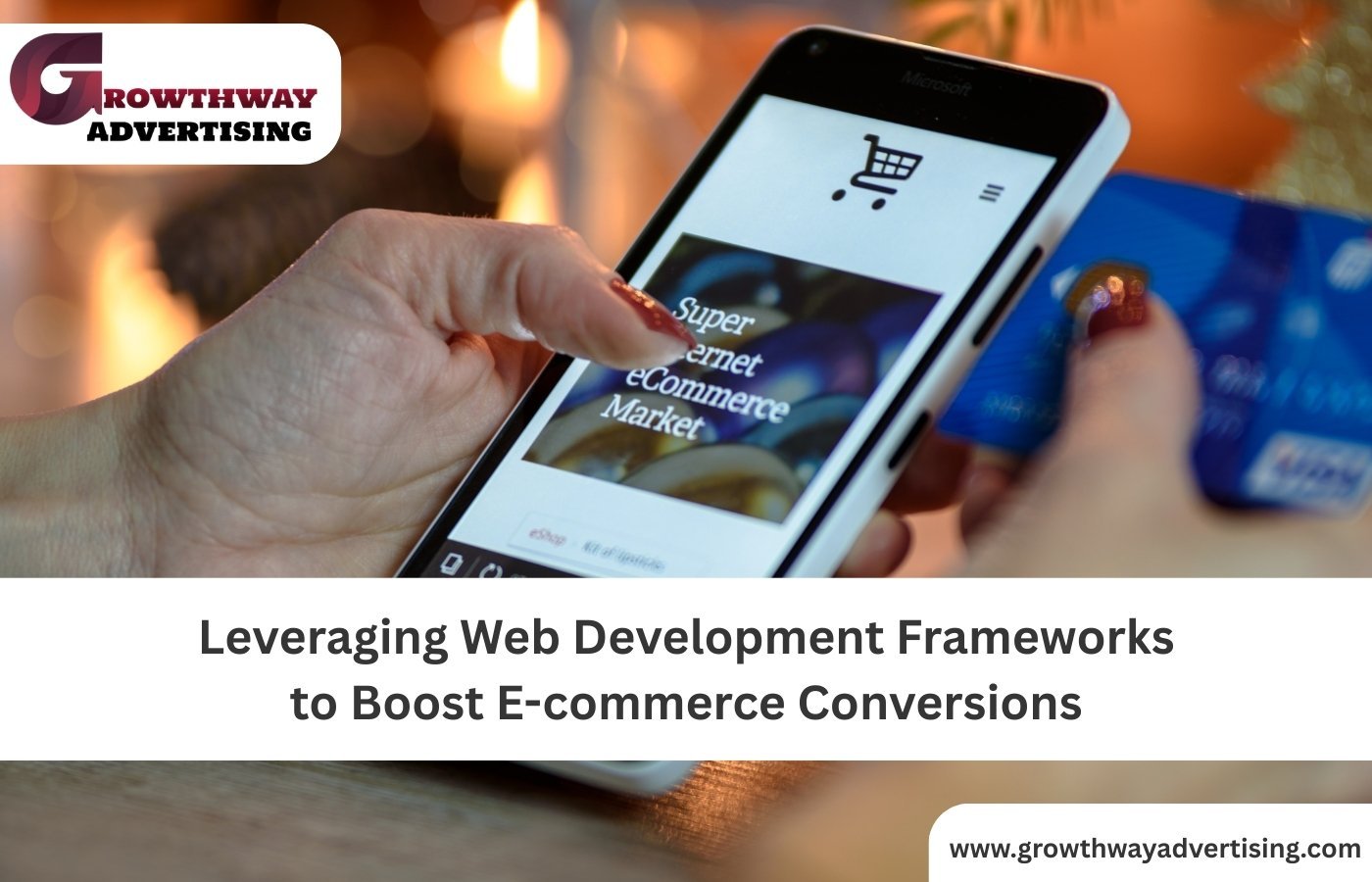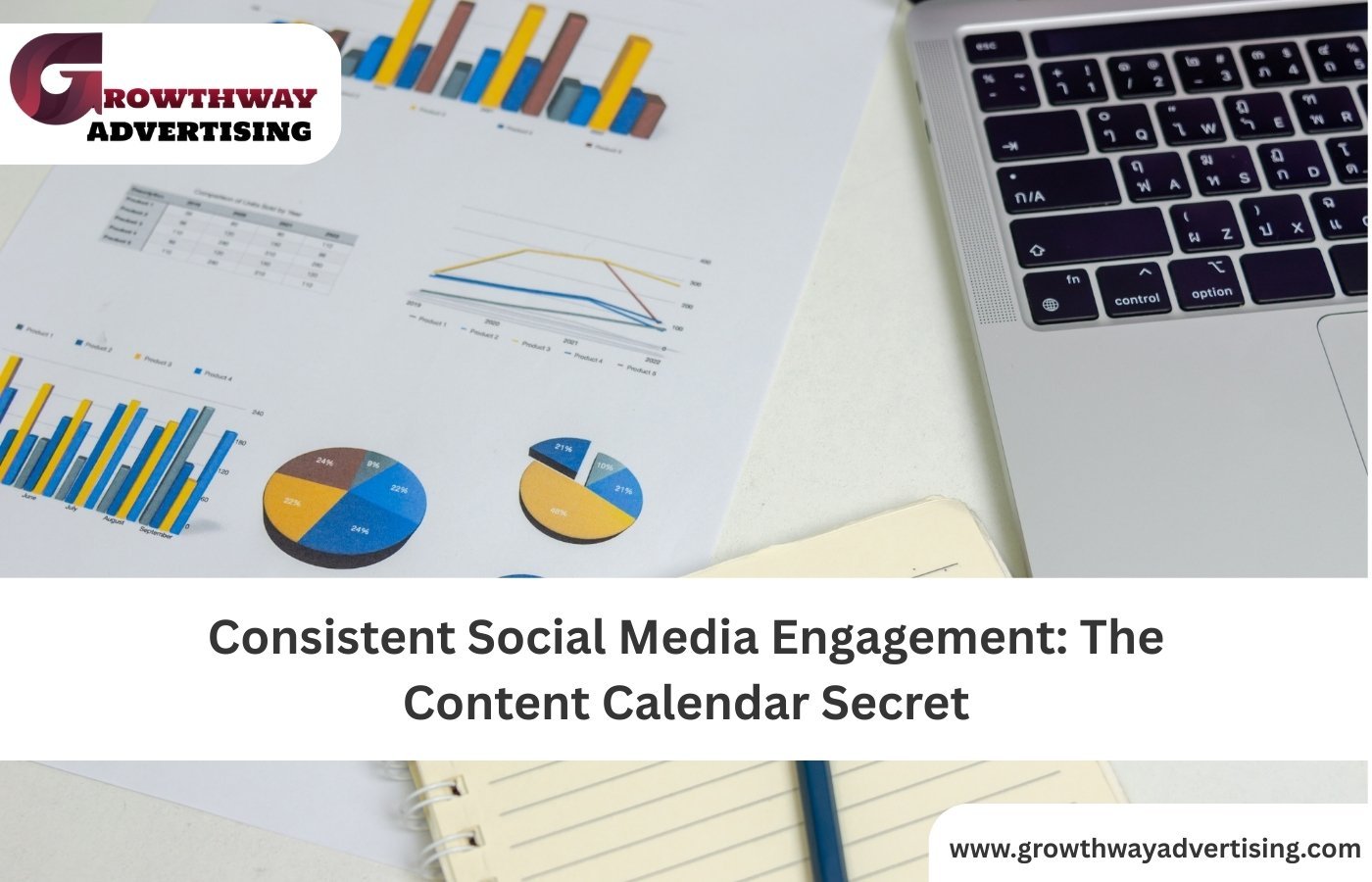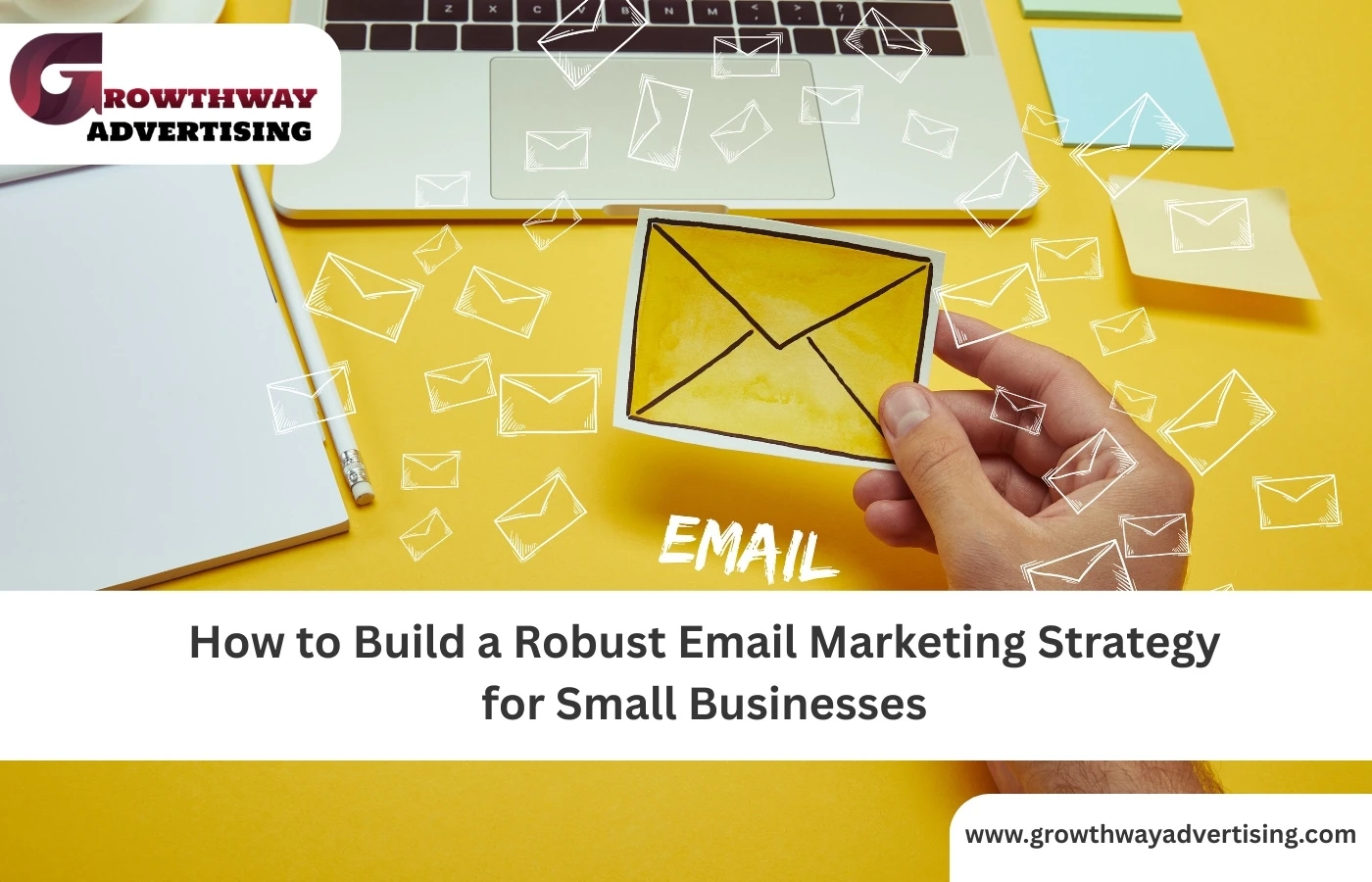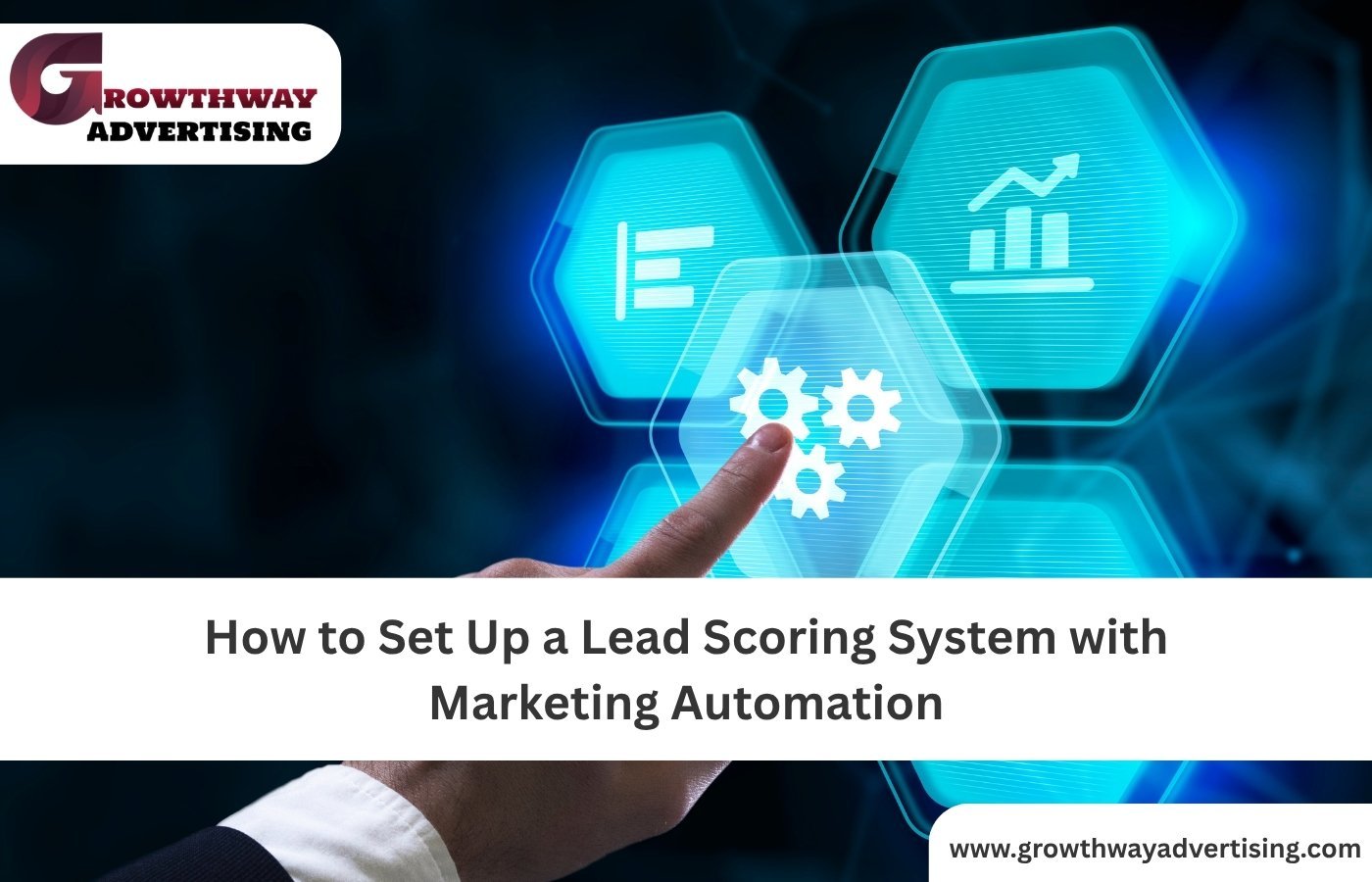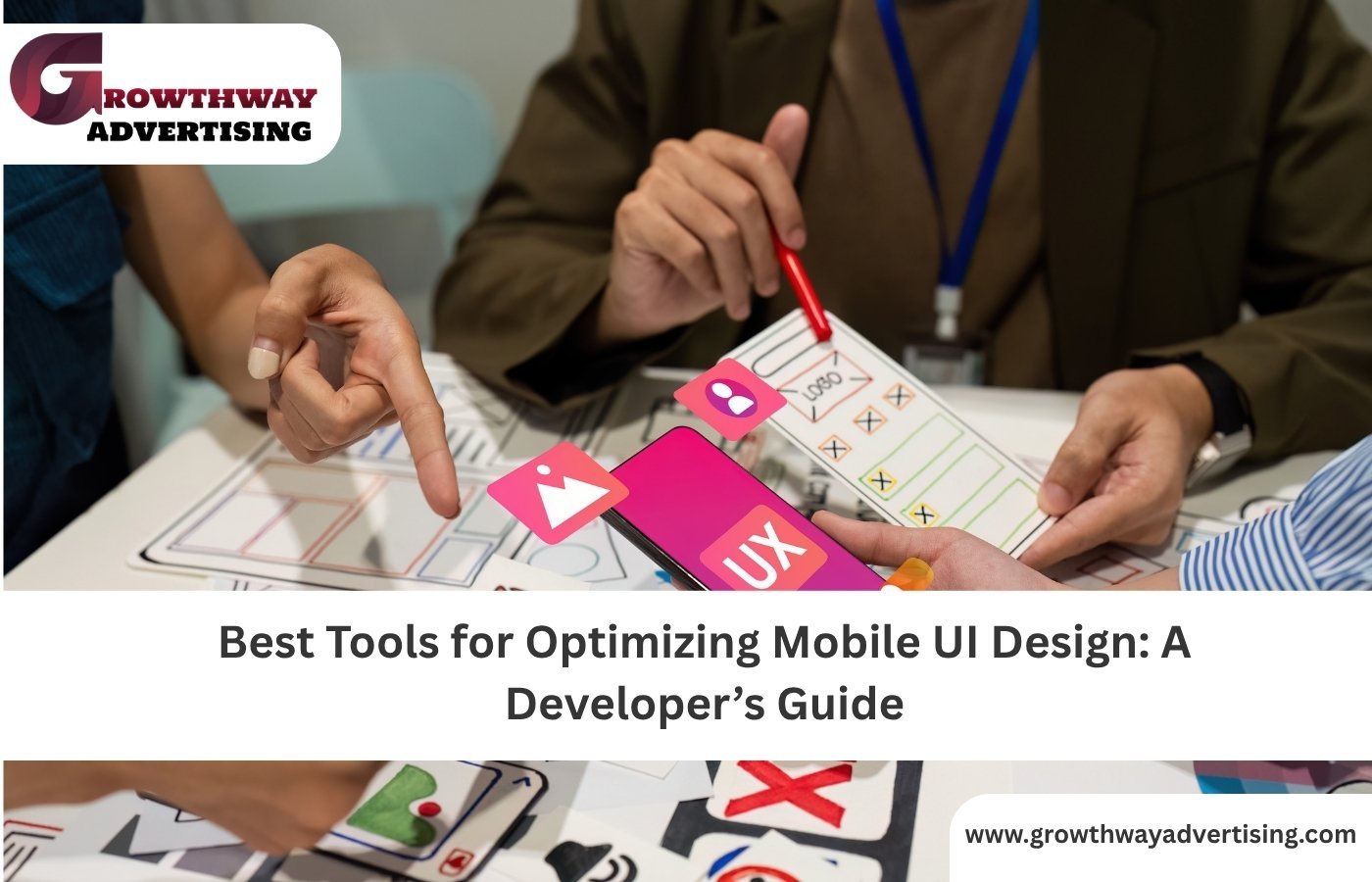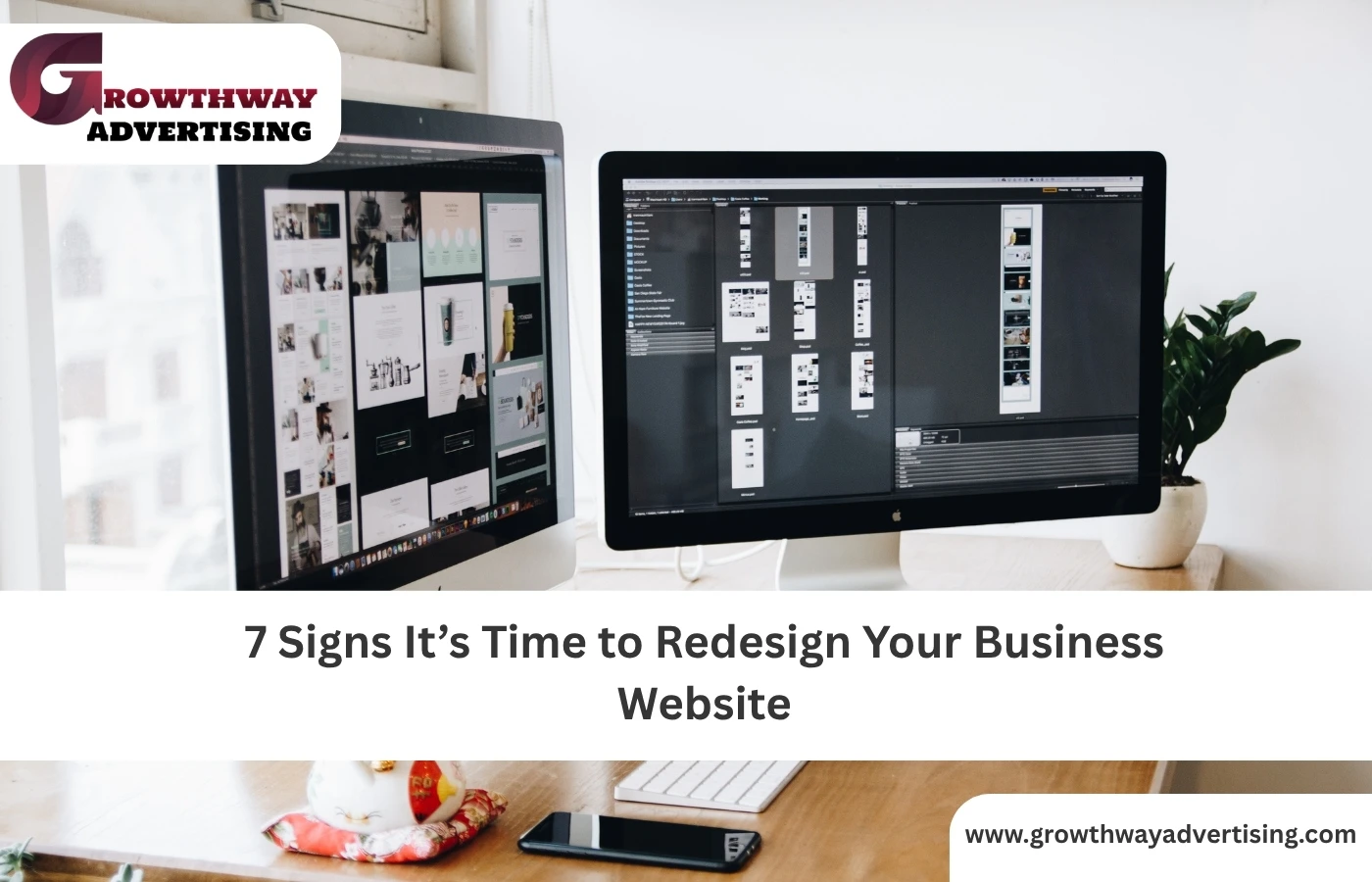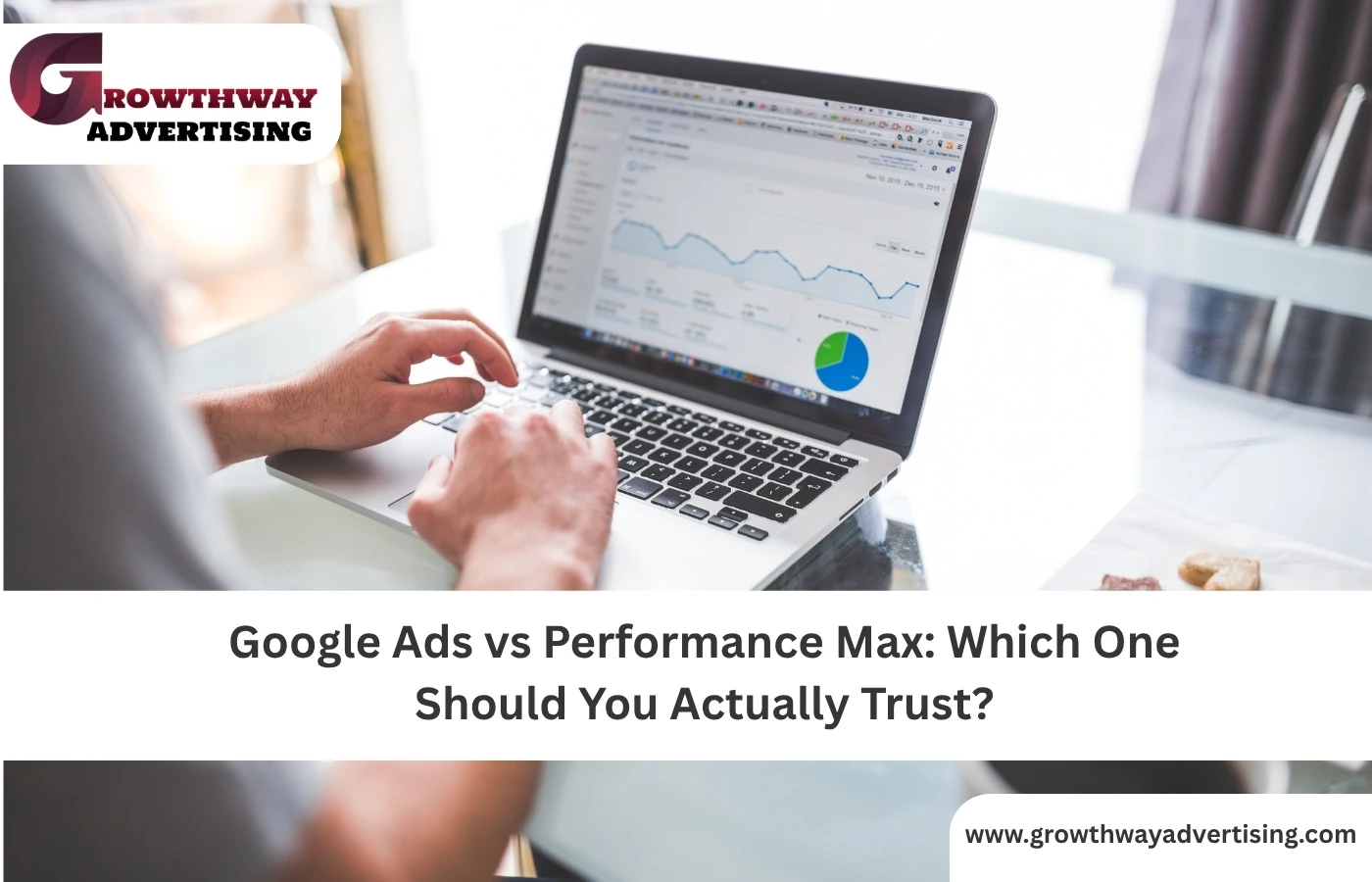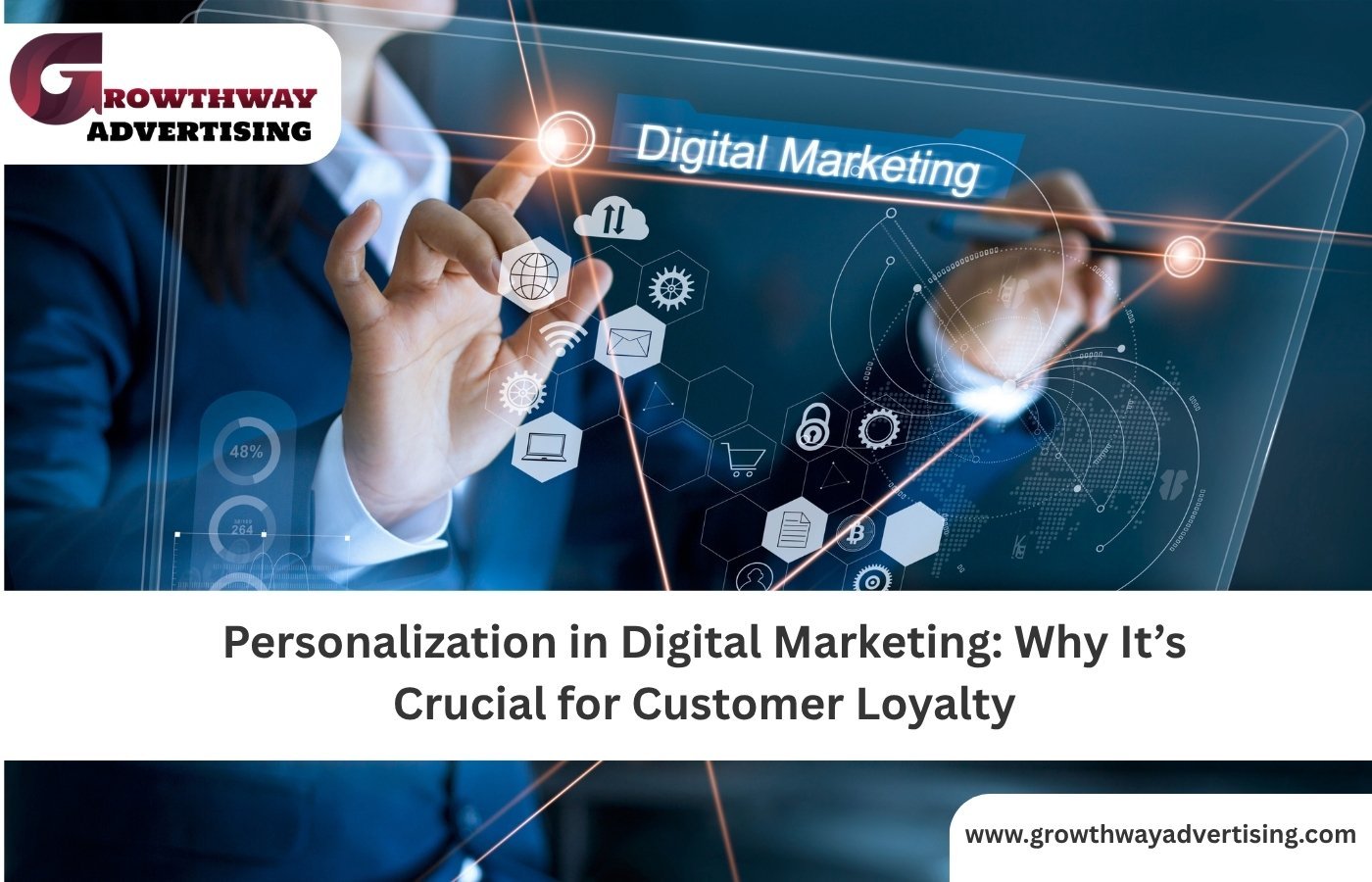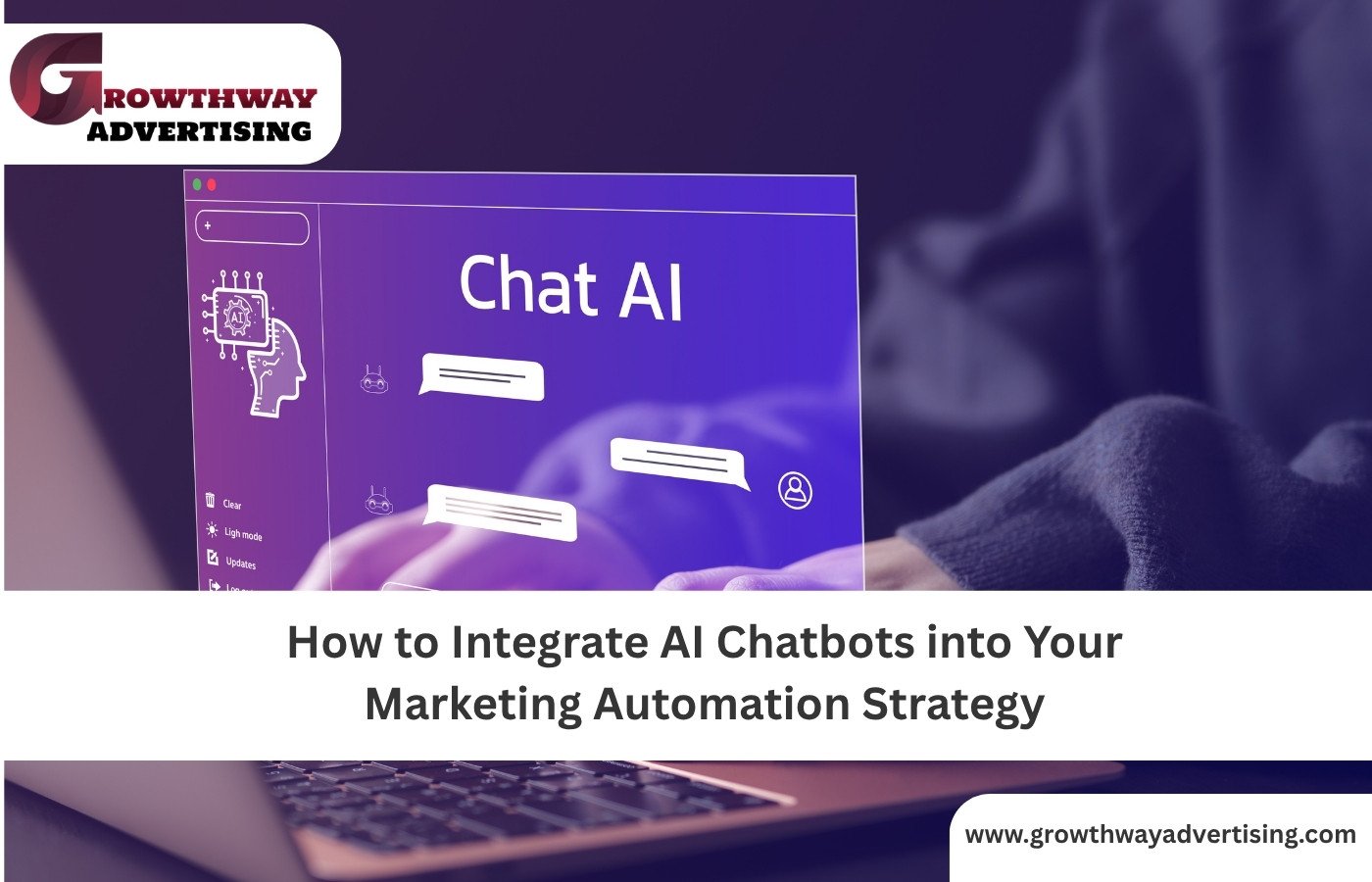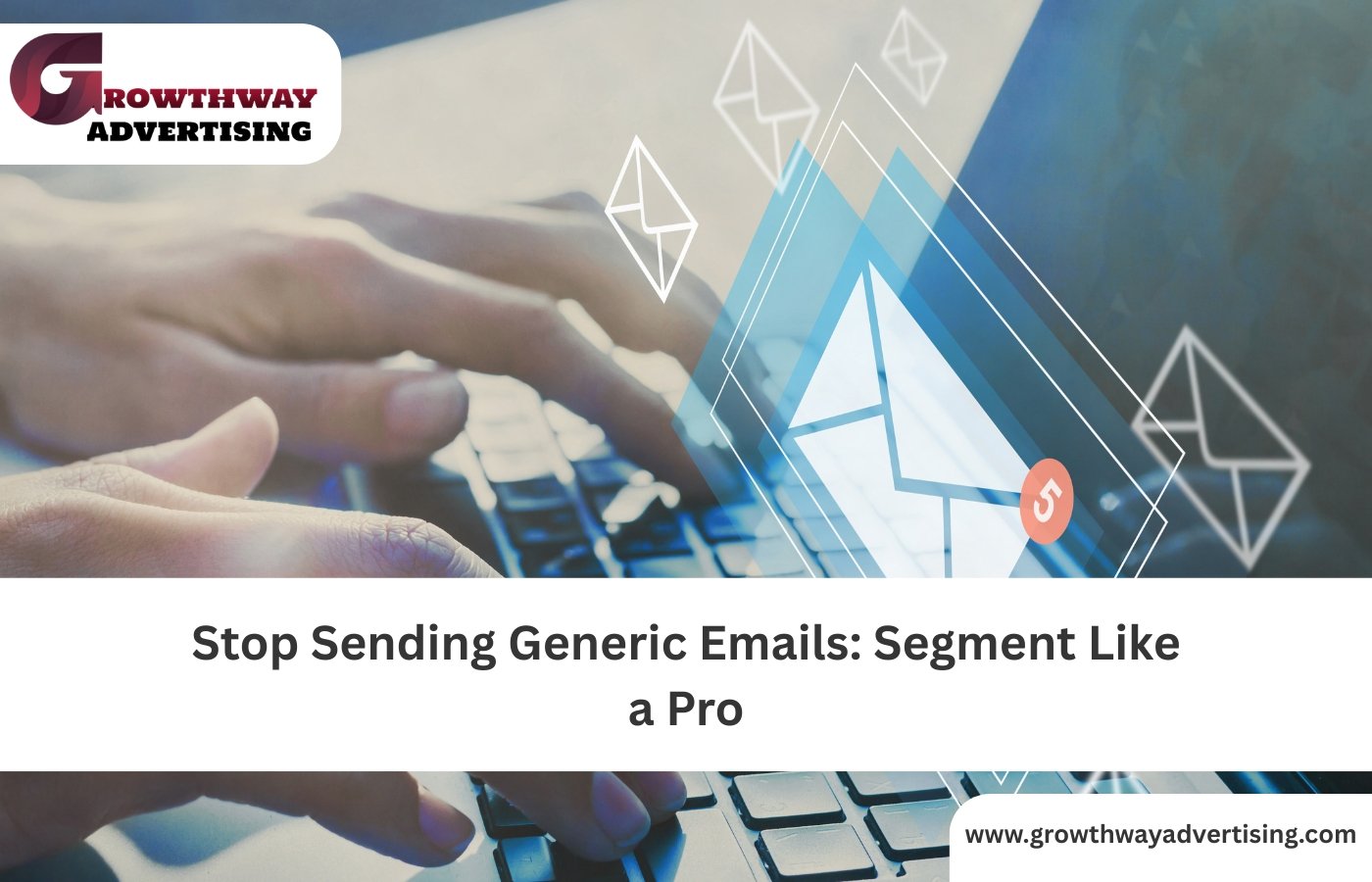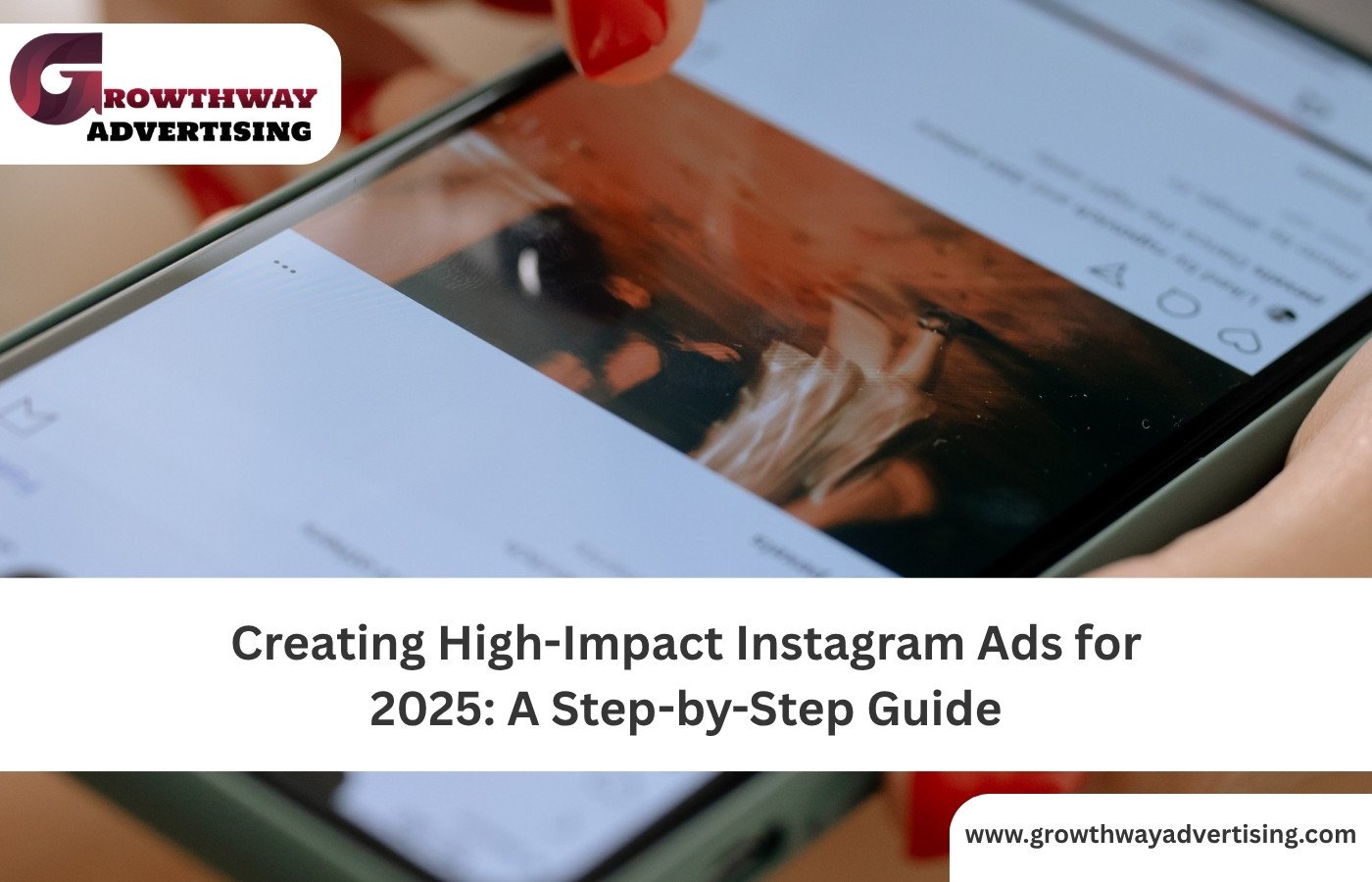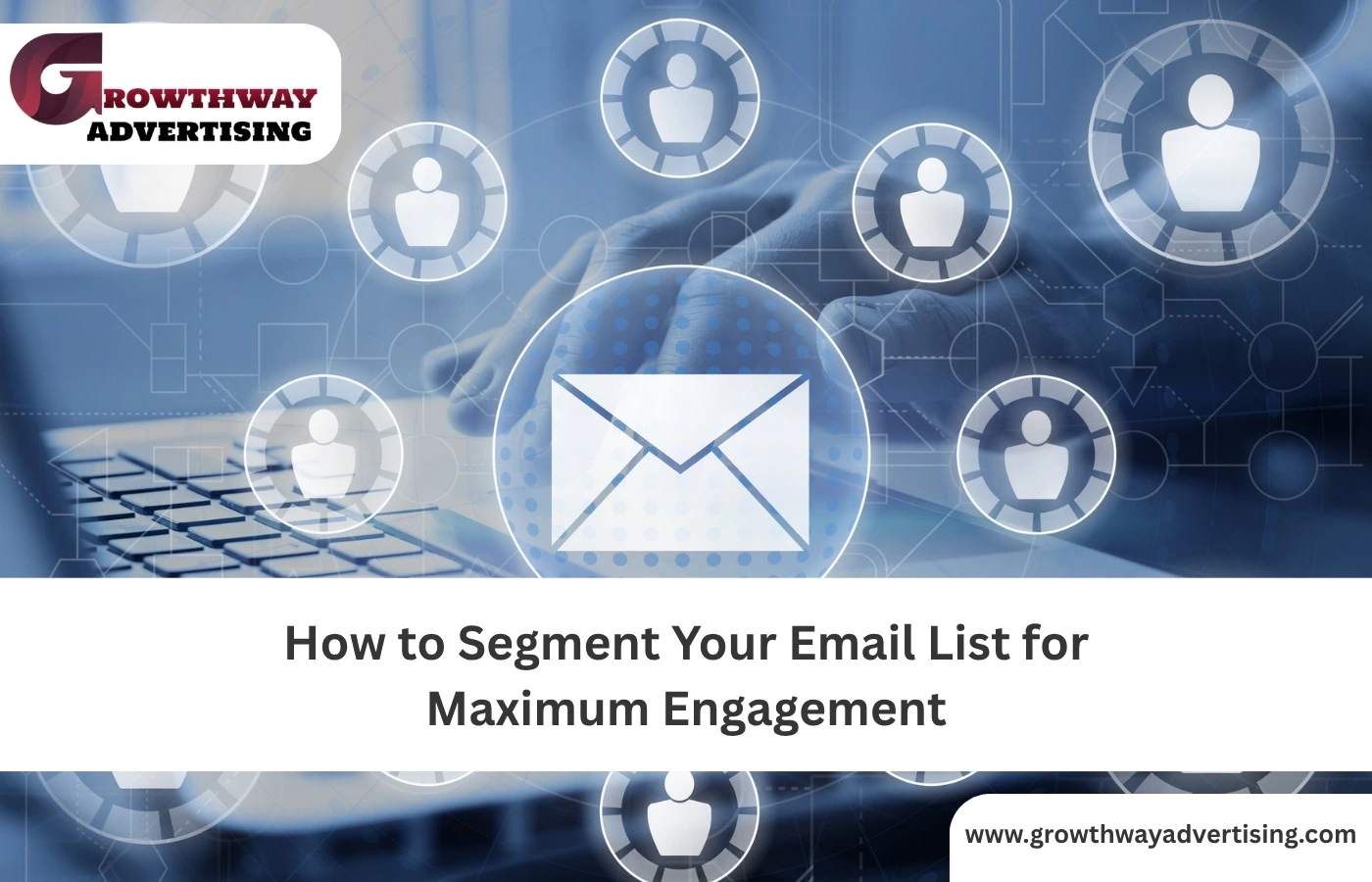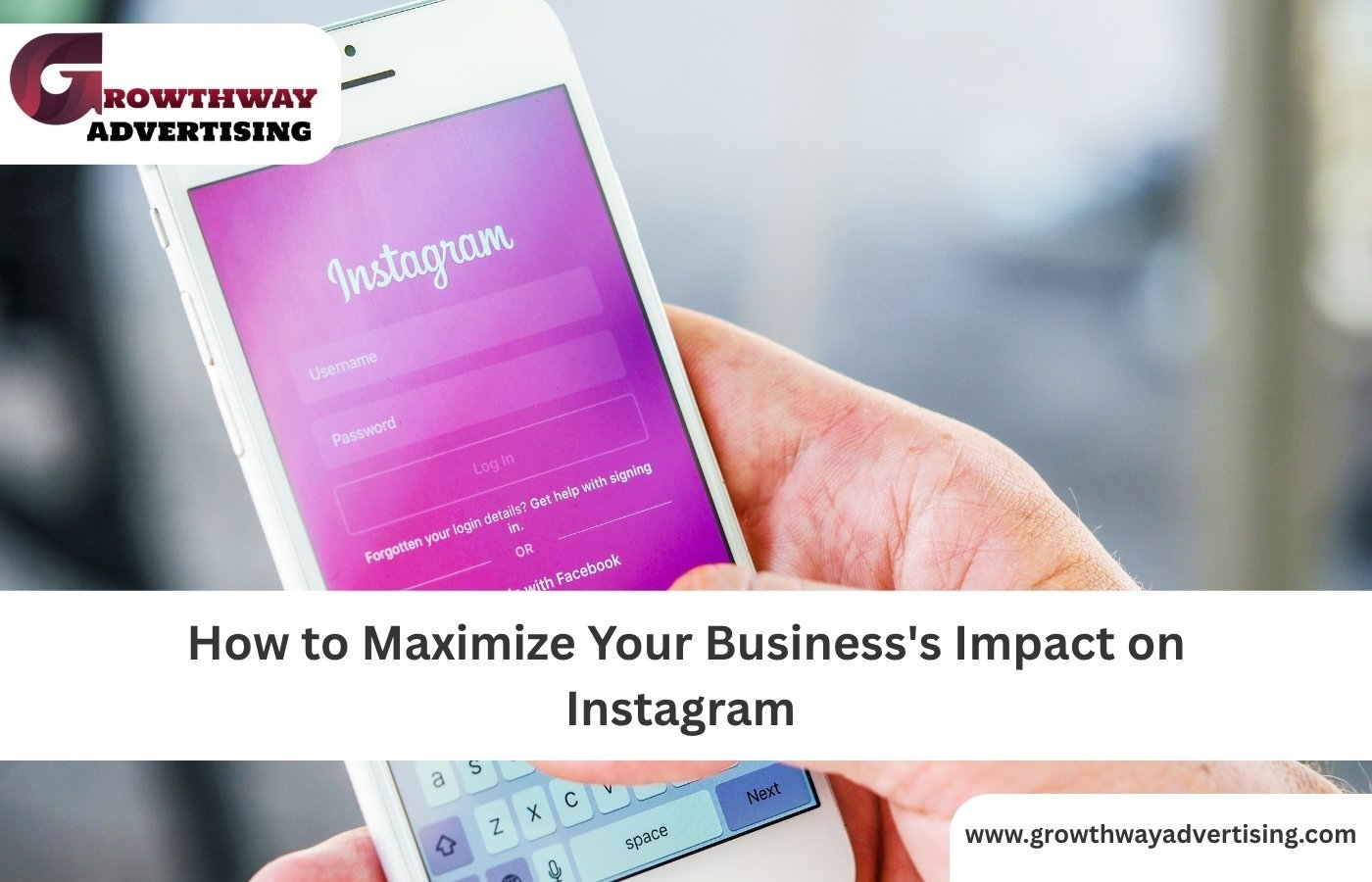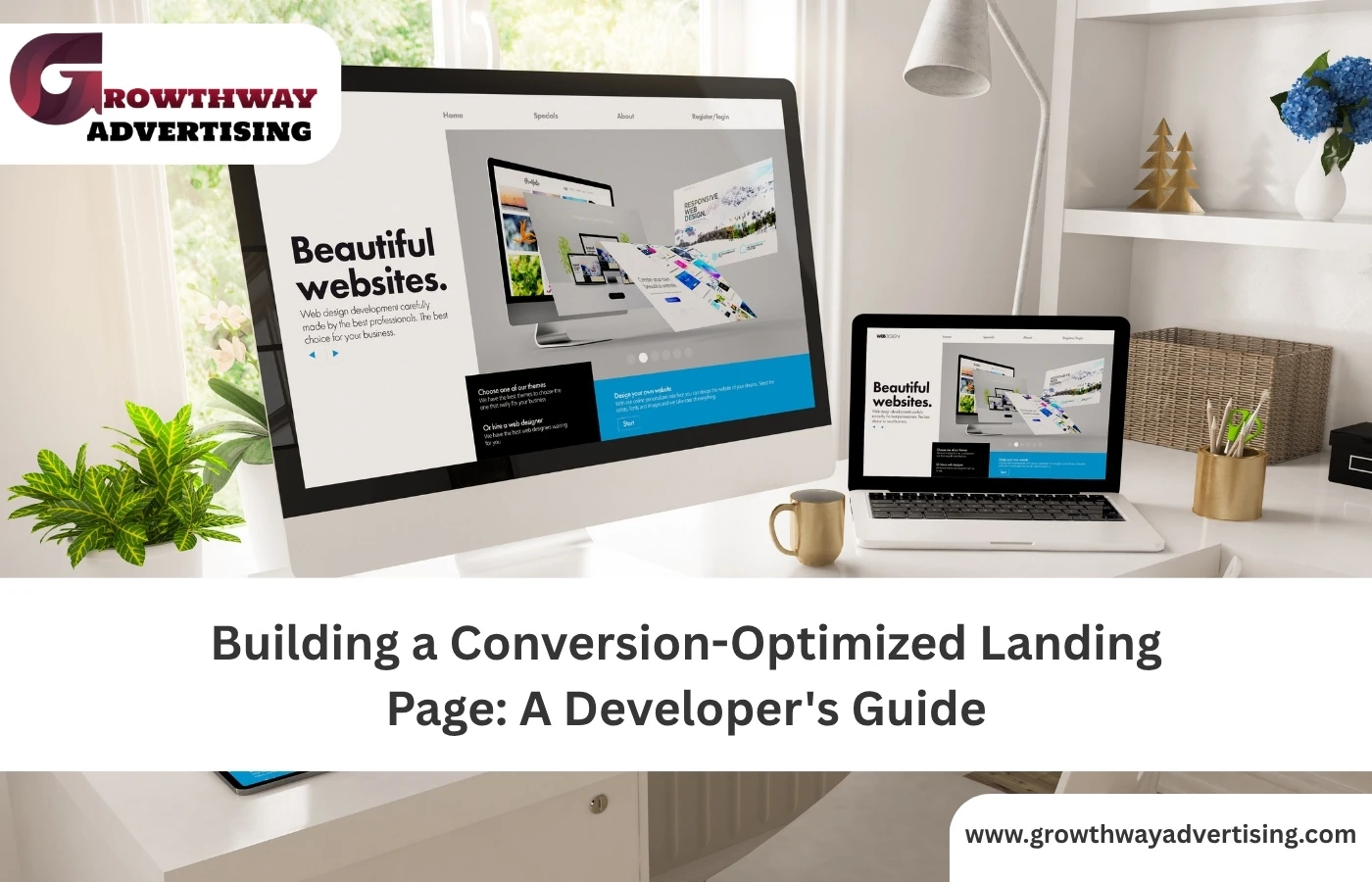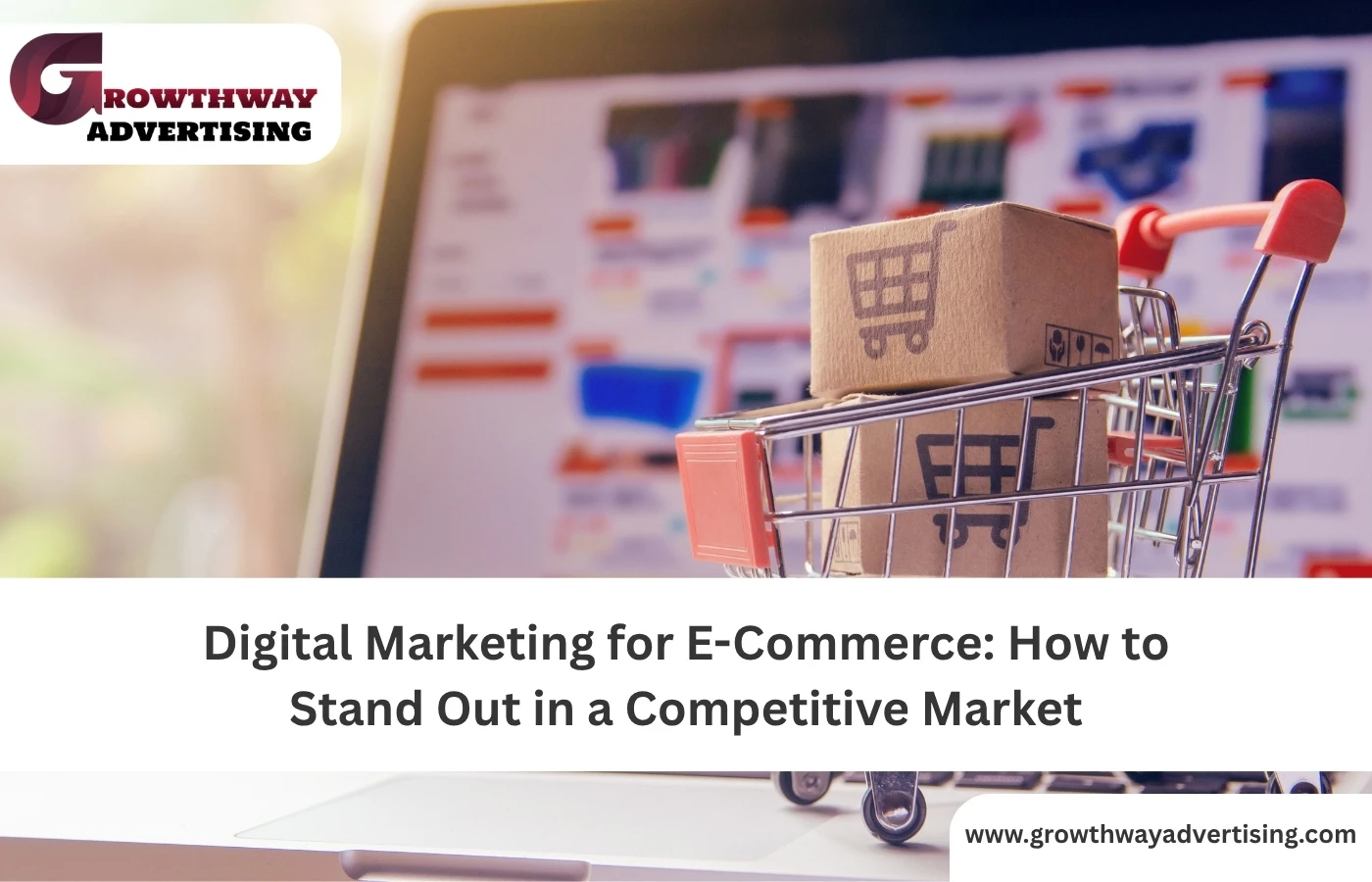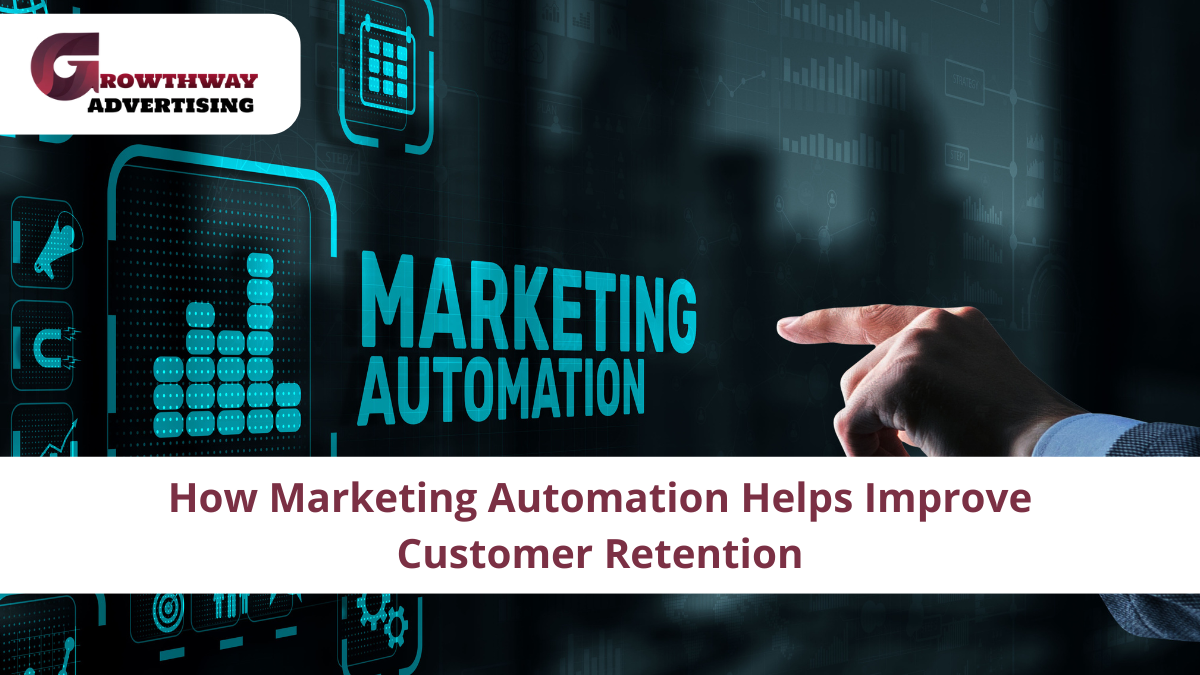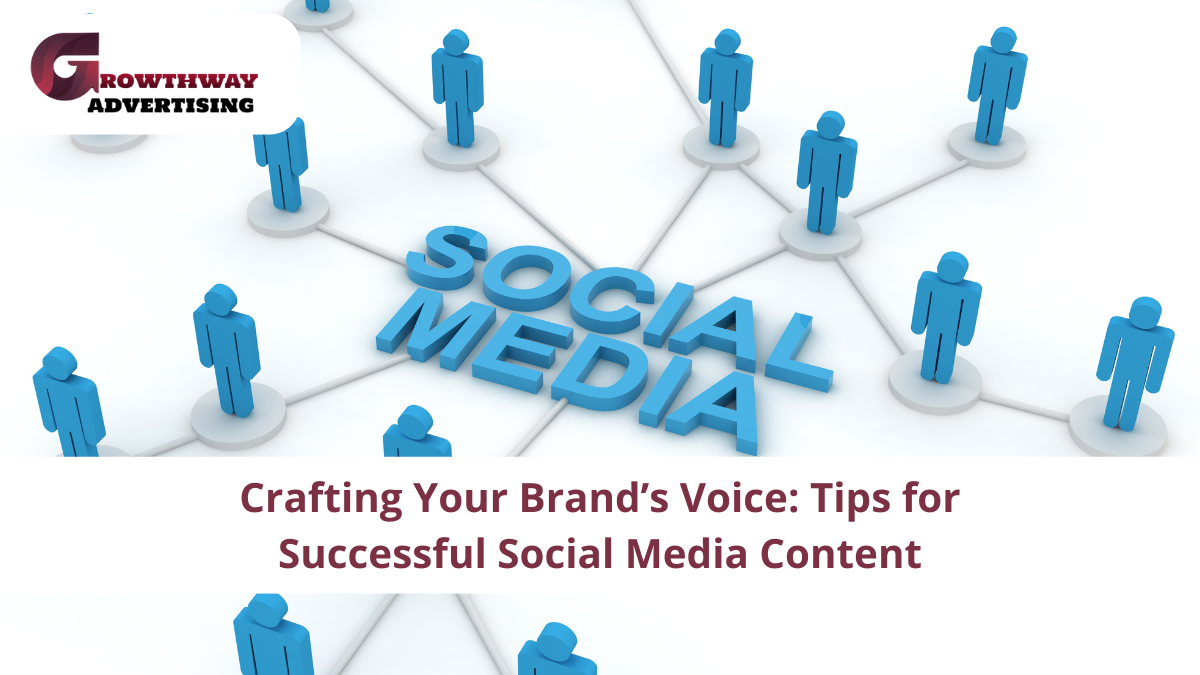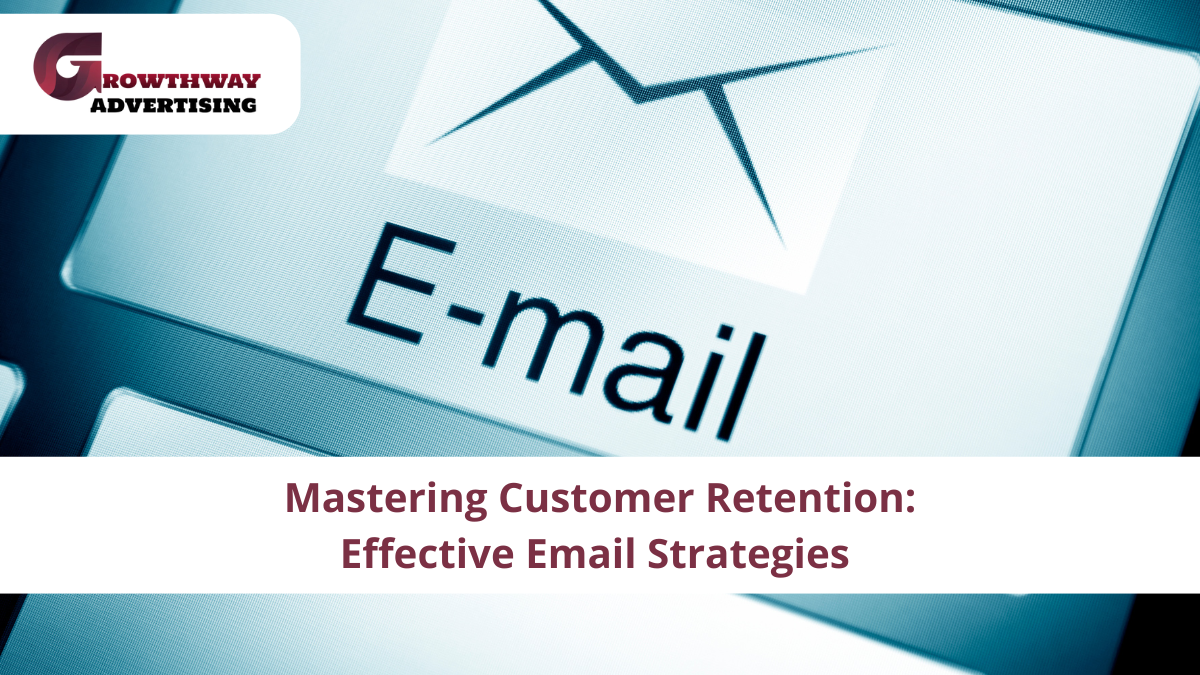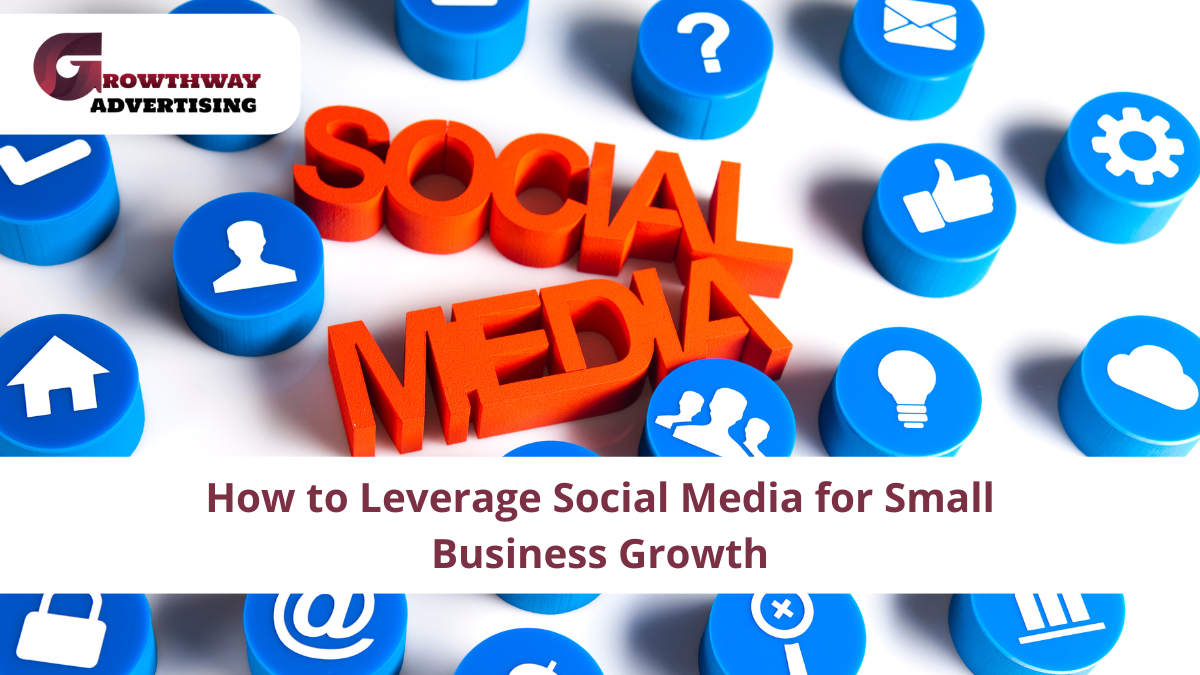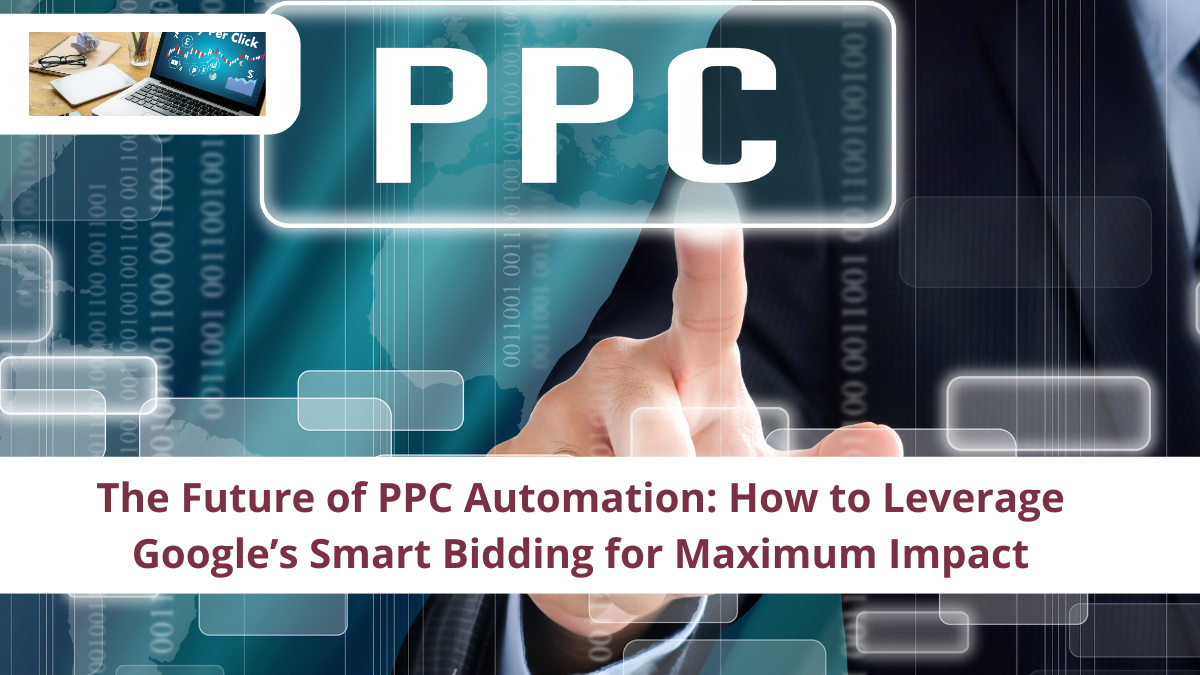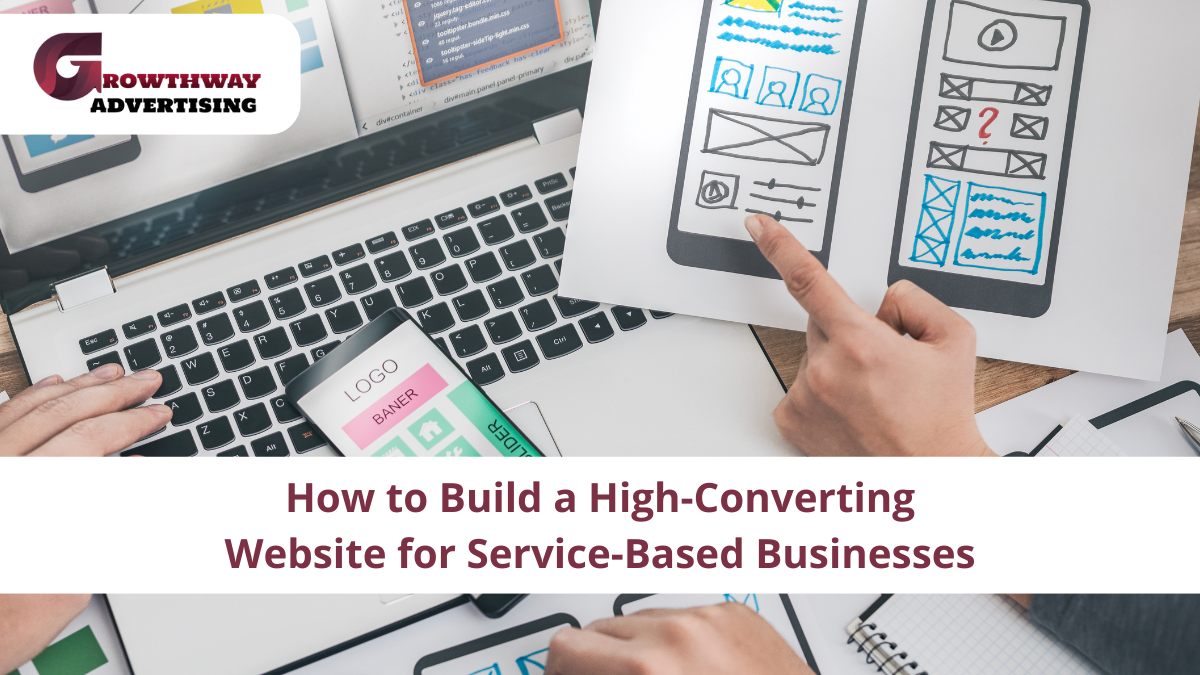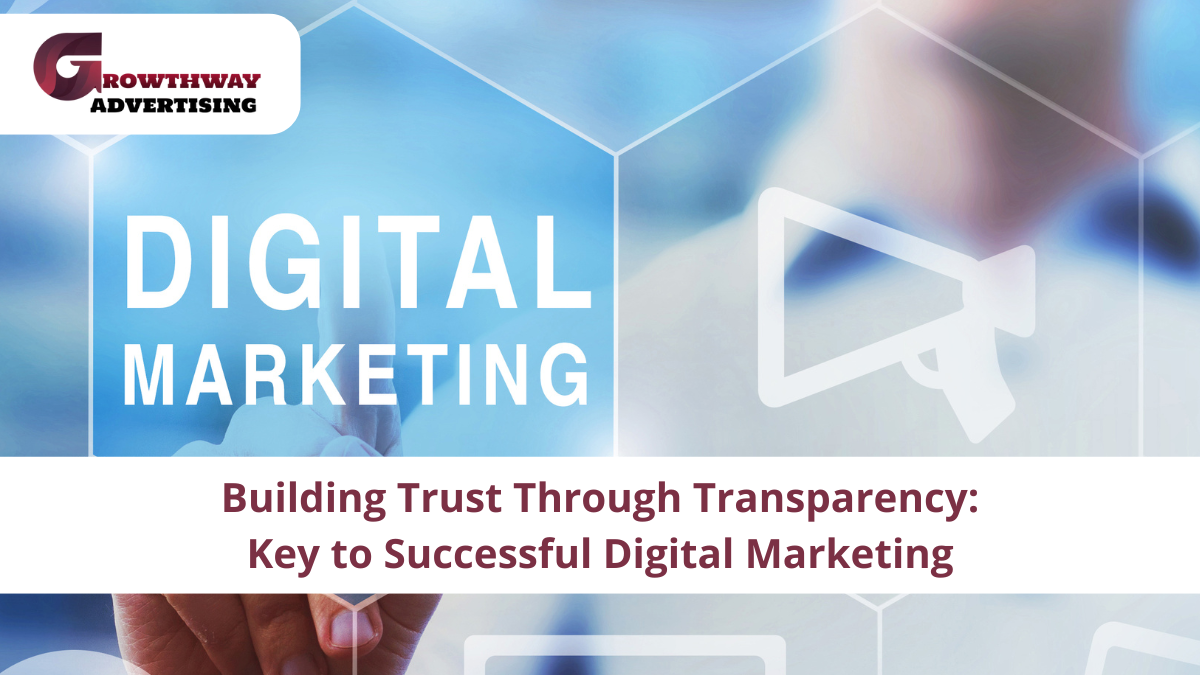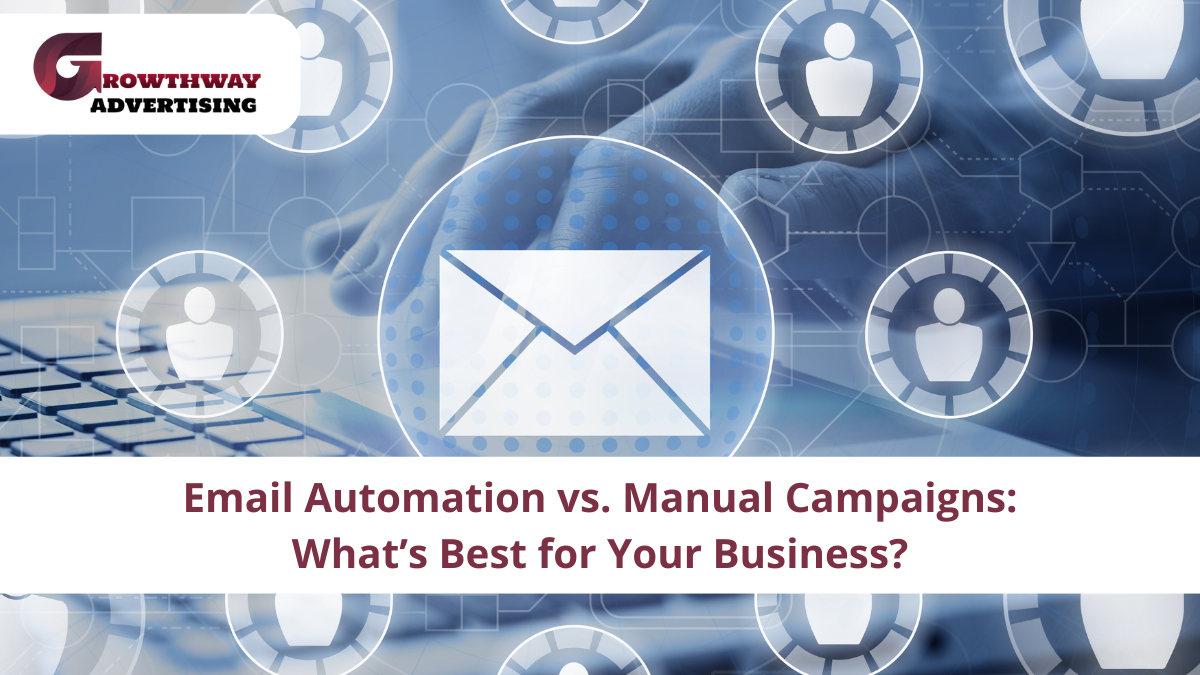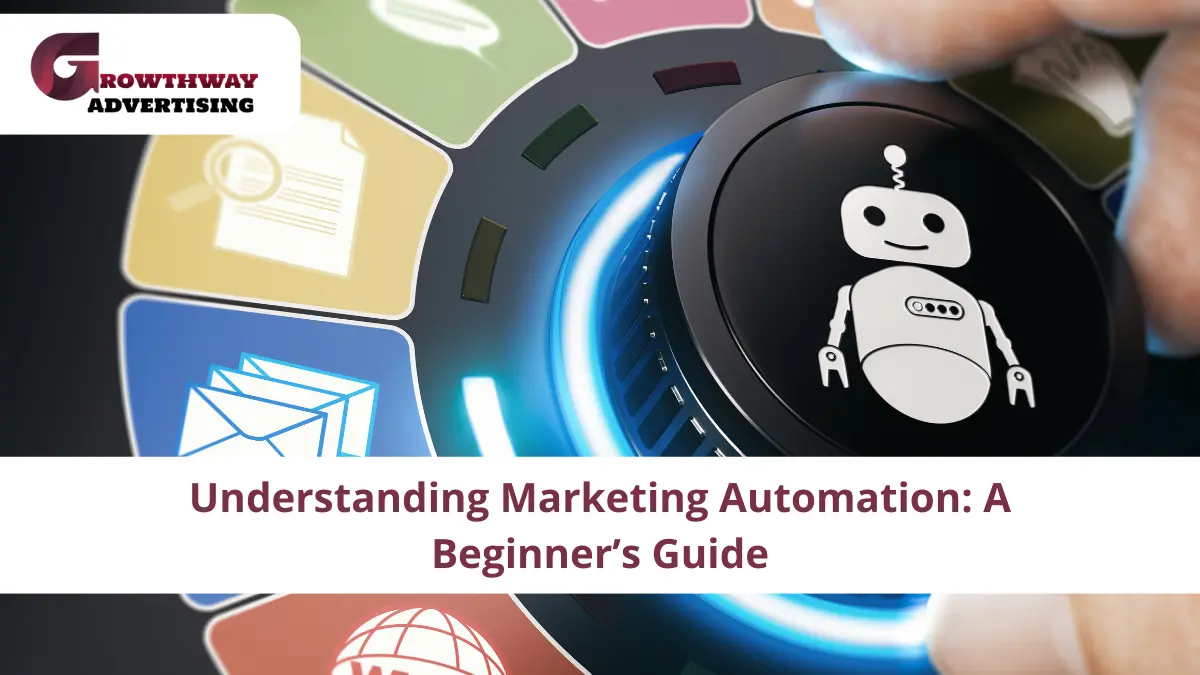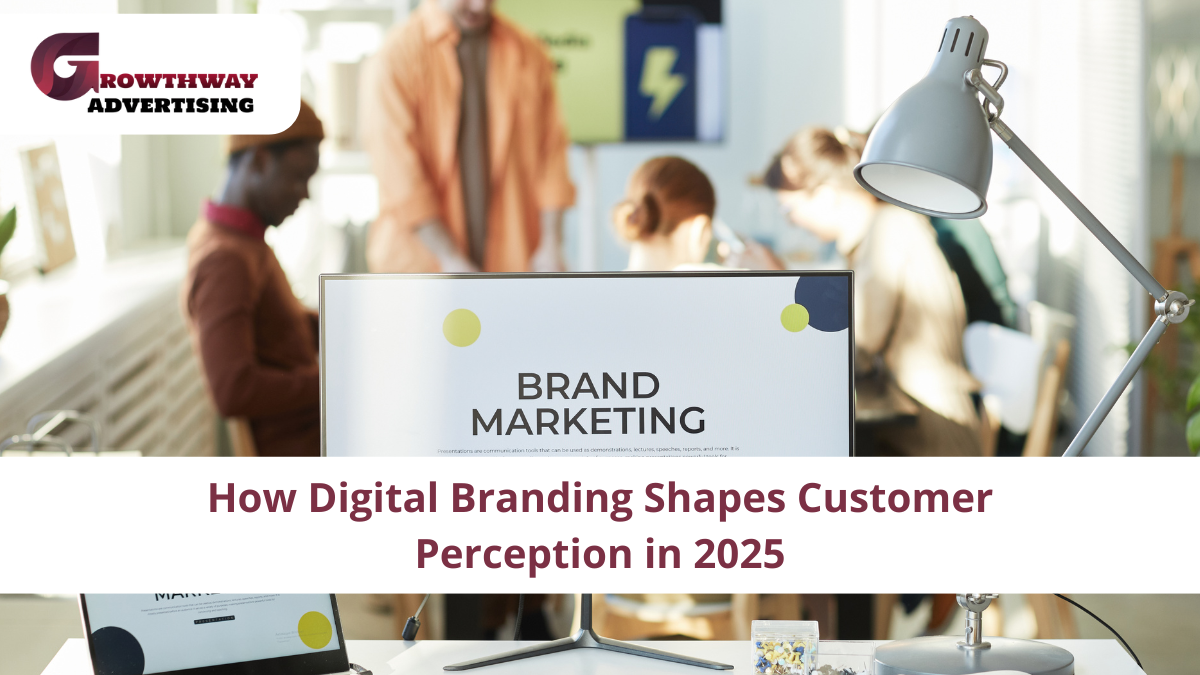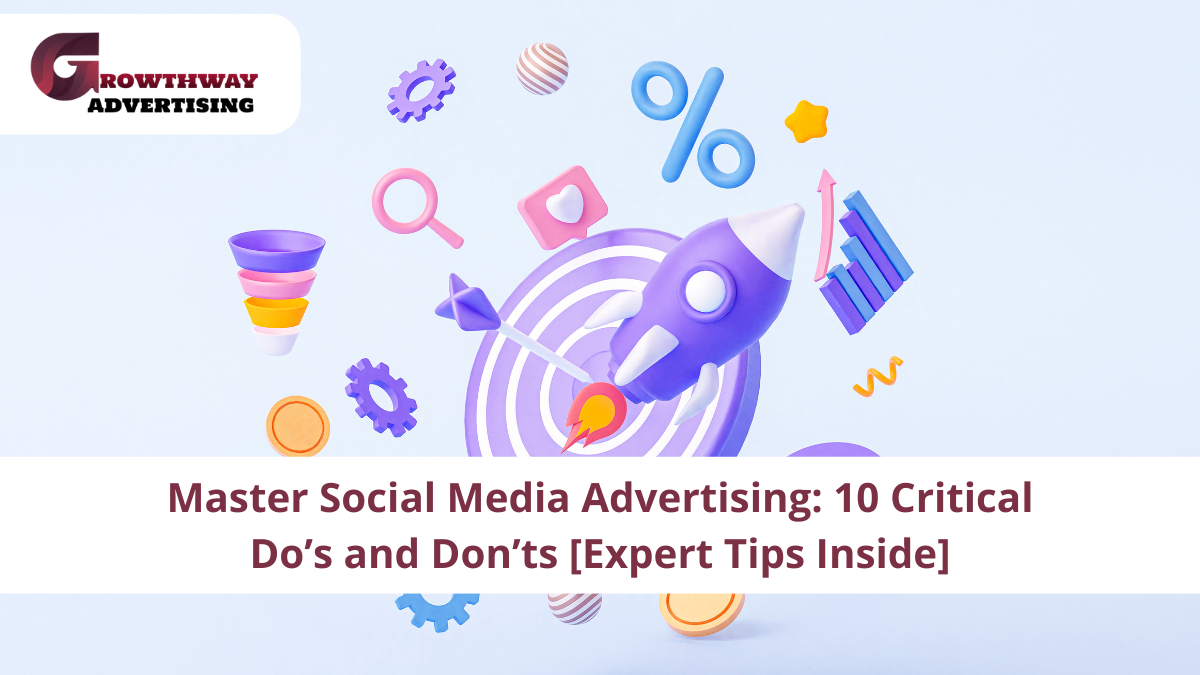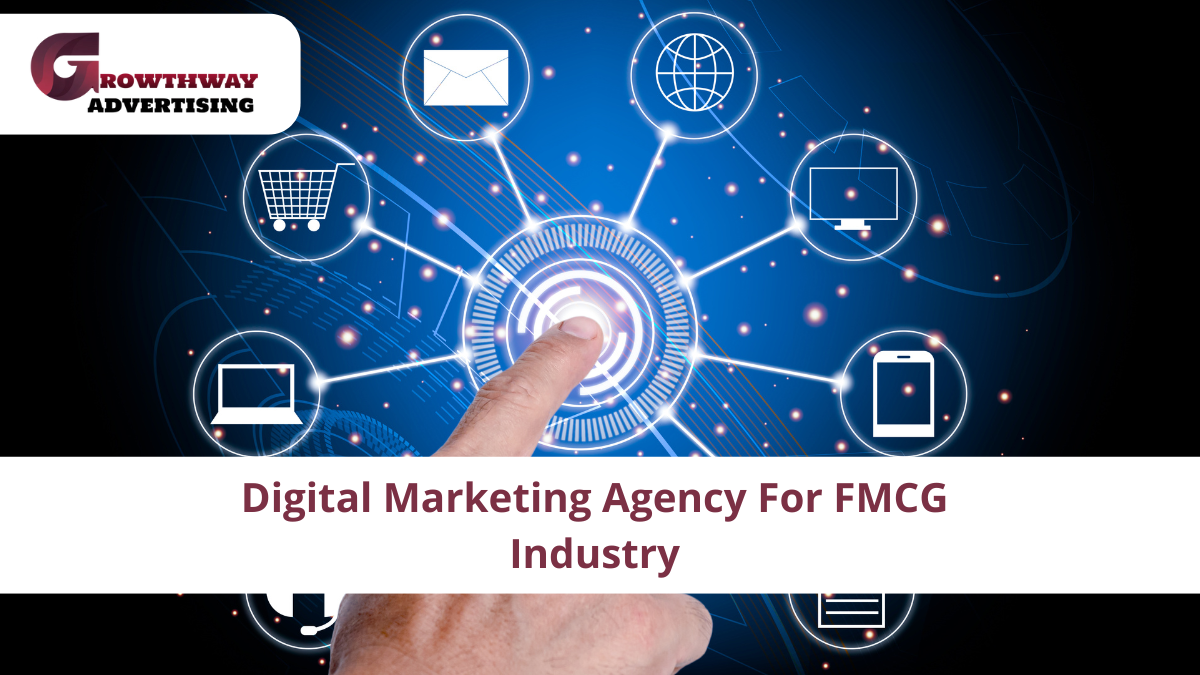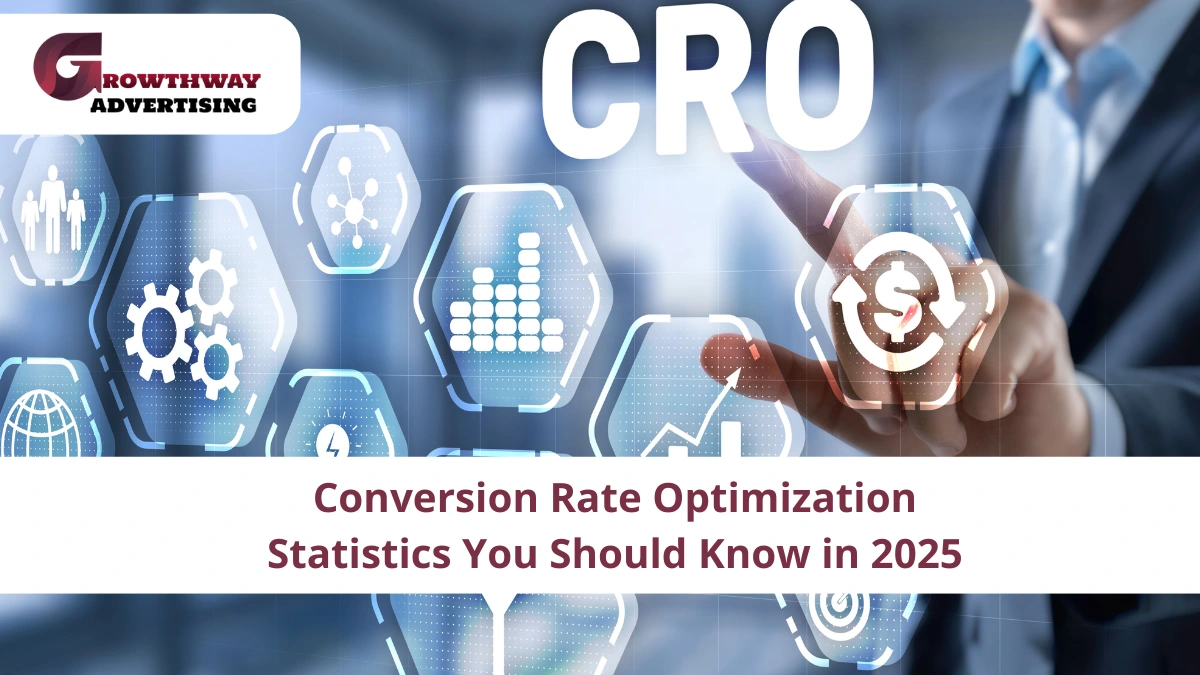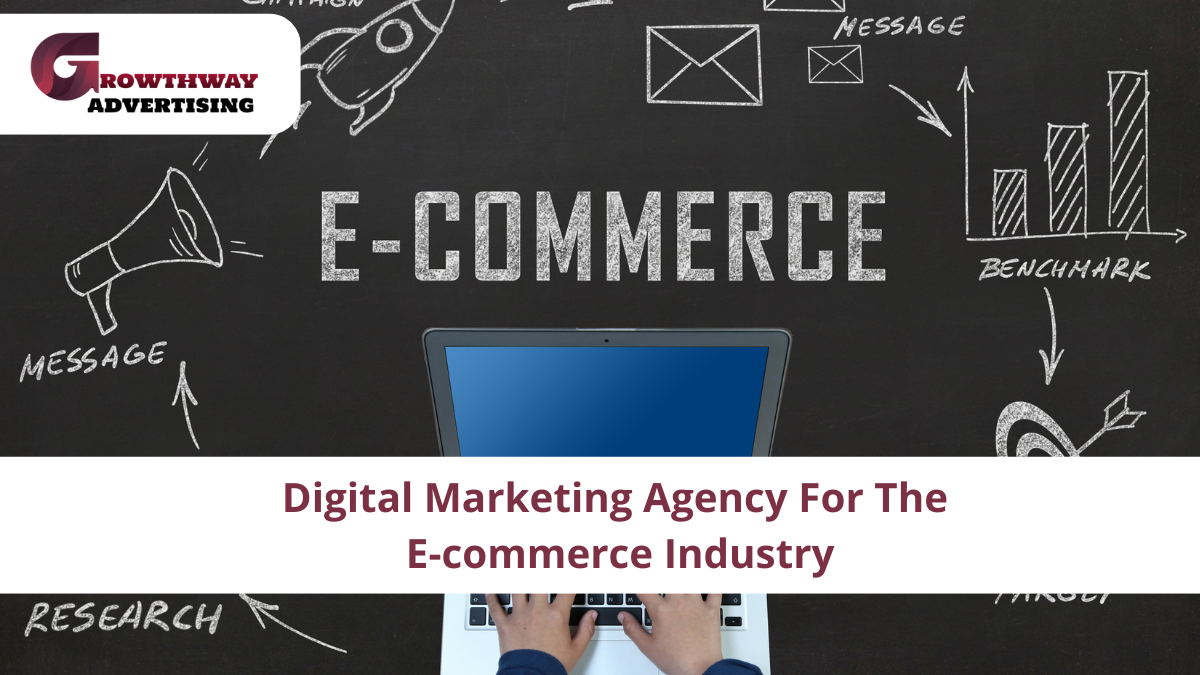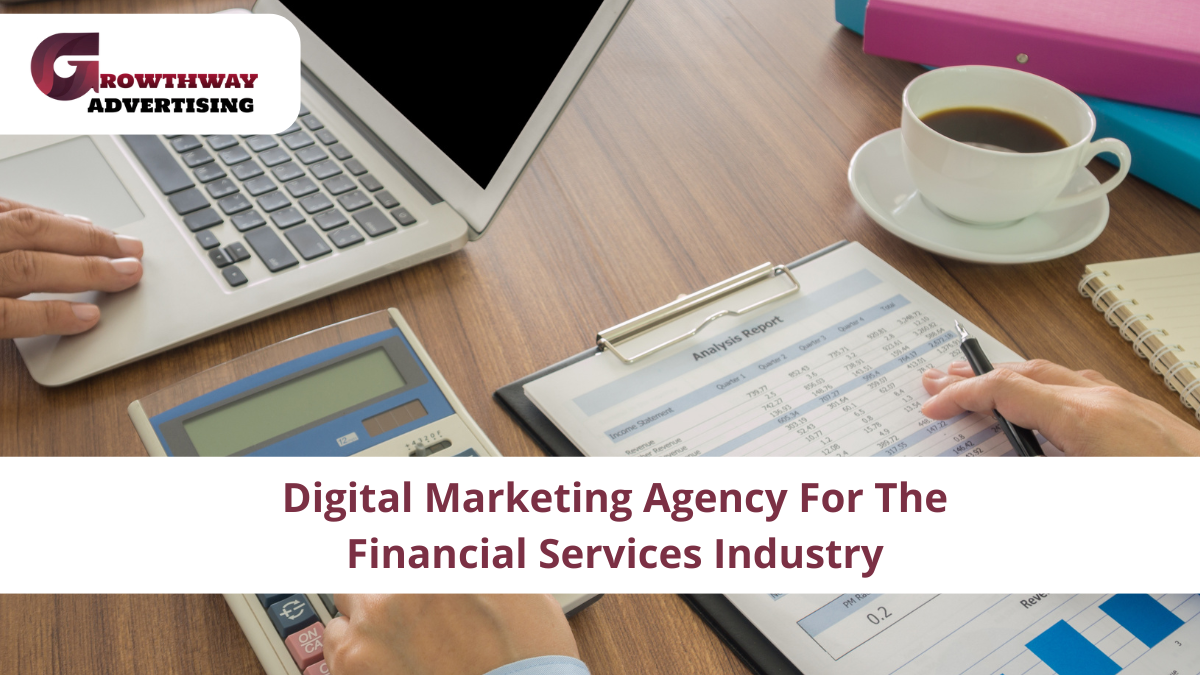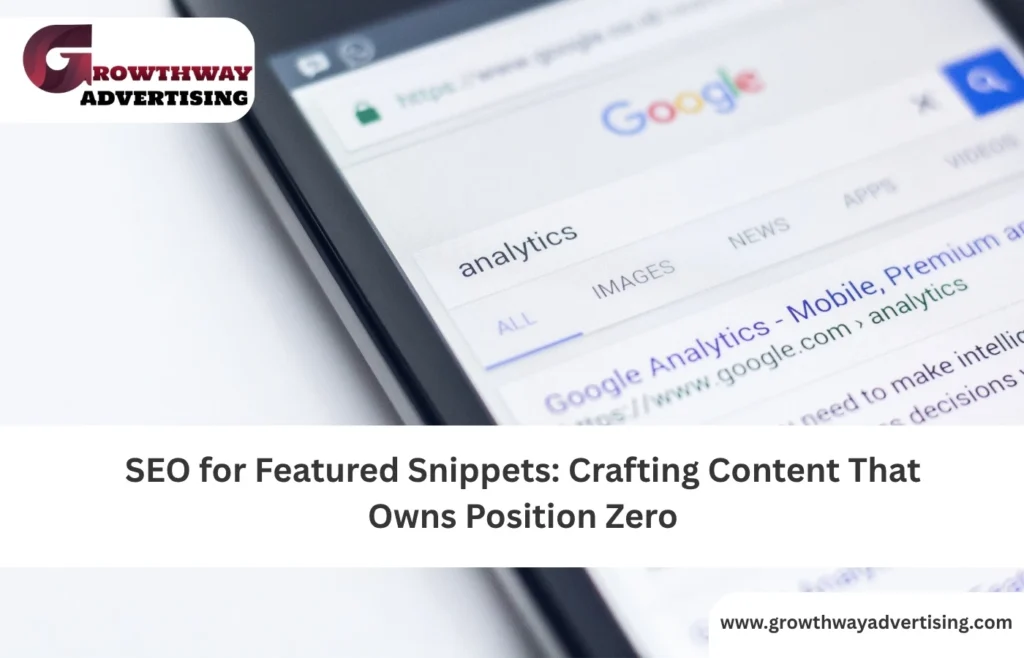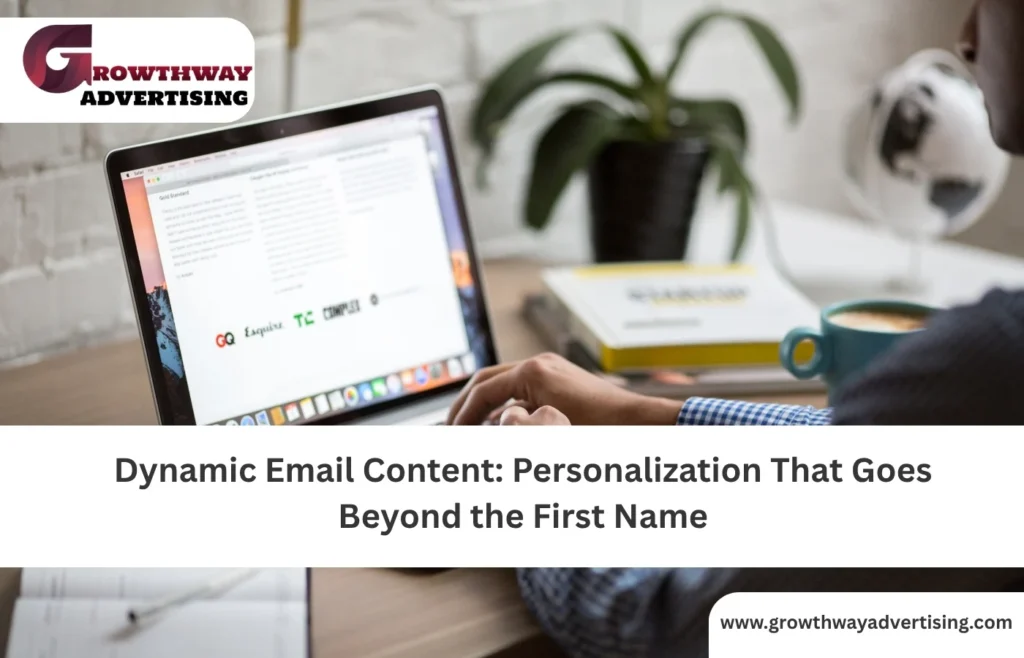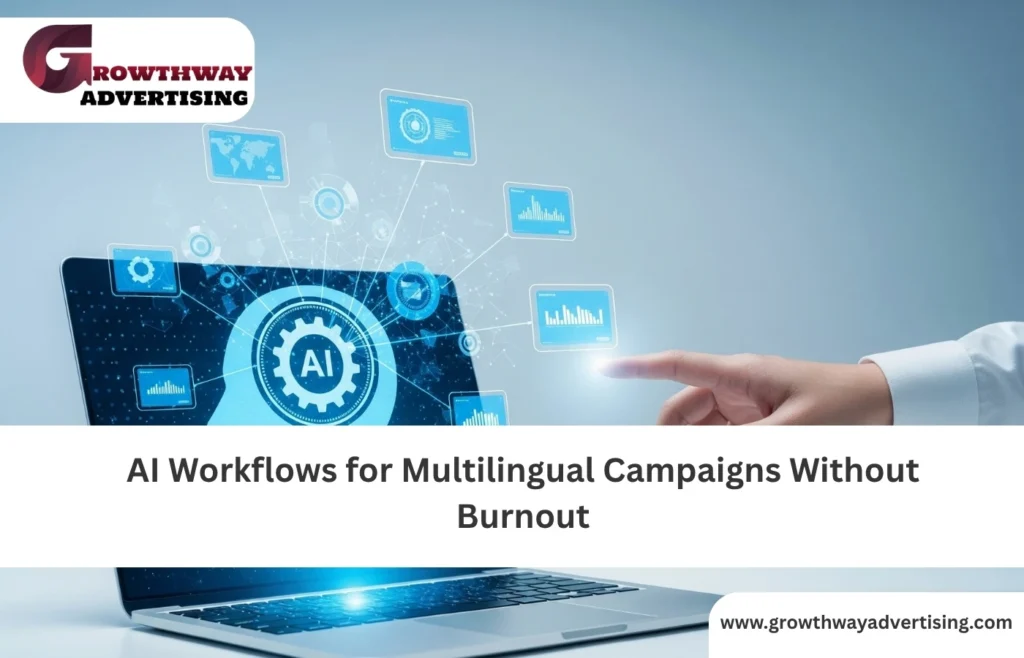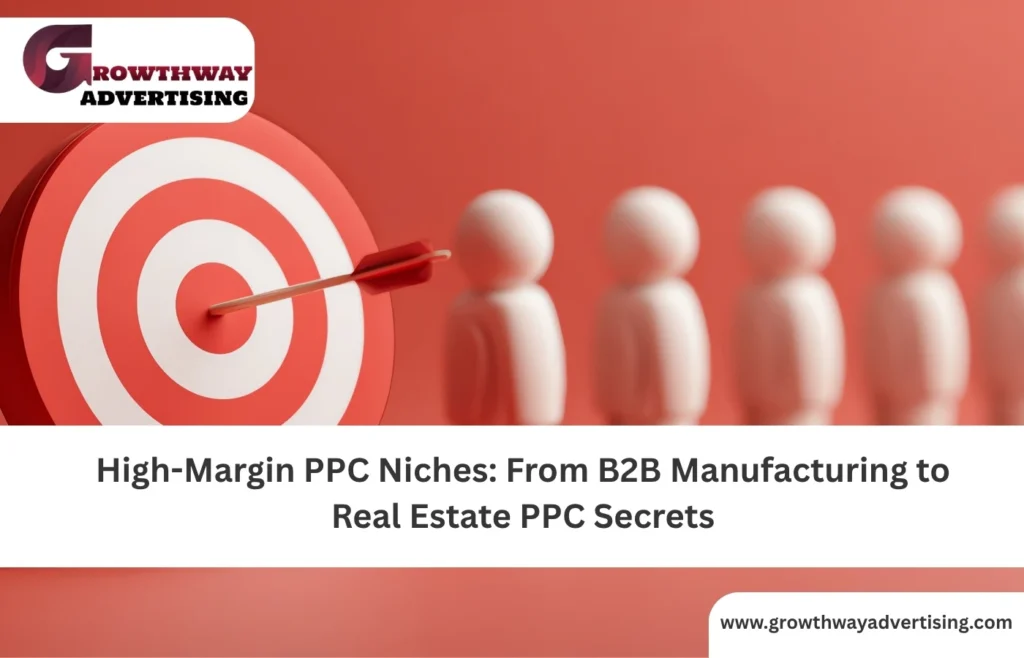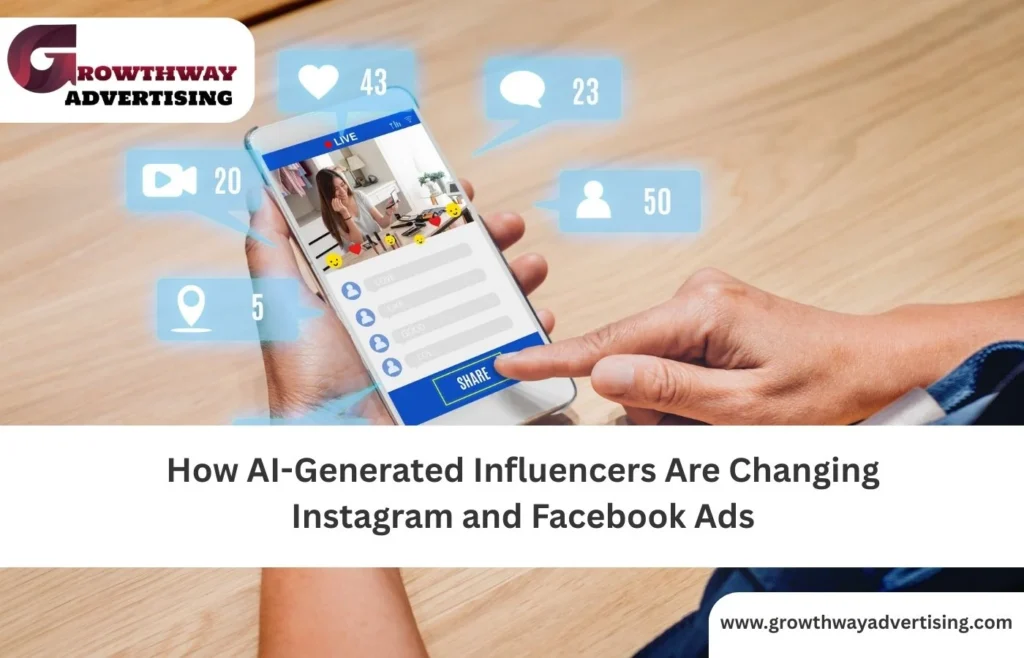Let’s cut to the chase: traditional ads don’t move the needle the way they used to. Human beings are desensitized to built-up creatives and brand-driven messages. What is cliched now? User‑generated content is more than the copy of the content created by the user, and it is more consistent with the real things.
And when you own PPC campaigns it is high time you began thinking of UGC as the fundamental part of your paid online strategy rather than a bonus into your social media circle of acquaintances. And this is how to do it without frittering away the ad dollars or losing brand control.
Why UGC Is a Game-Changer for PPC Ads
The reasoning goes like this. Humans rely on the acceptance of humankind. Research indicates that consumers trust the content generated by other users very much compared to the content generated by brands. That is why original content such as reviews, unboxing videos, testimonials of customers, and selfies with your product will perform better than fancy ad creatives.
User‑generated content does three things better than traditional content:
- It boosts engagement because it feels human
- It builds trust because it’s not brand-polished
- It increases conversion rates by showing real-life use
It is not a mass purchase of clicks. And in the process you are gaining credibility.
What Counts as UGC in PPC?
When you think of a chaotic collage of customer selfies, hold on. The structure is still present even in good UGC advertising strategy. The following are some of the popular UGC forms that fit well in PPC marketing services:
- Customer reviews: Especially if text overlays are used in carousel ads or sitelinks.
- Photos of real customers using the product: Works great in shopping and display campaigns.
- Unboxing videos: Particularly effective in YouTube pre-roll and TikTok-style video ads.
- Video testimonials: For remarketing campaigns or landing page video extensions.
- Social posts: Especially those using branded hashtags you’ve promoted.
Where Can You Use UGC in PPC Ads?
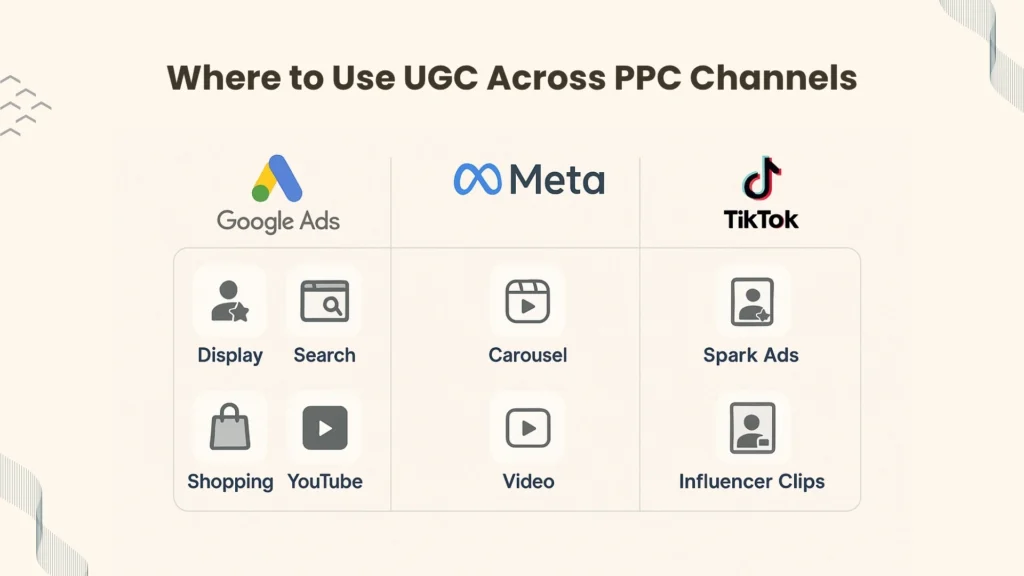
Let’s break it down by platform:
Google Ads
- Display Ads: Showcase real customer images and quotes.
- YouTube Ads: Integrate customer unboxing videos or testimonials as skippable ads.
- Search Ads: Use review snippets and site extensions based on UGC.
- Shopping Ads: Show customer-starred reviews or photos via merchant center.
Meta Ads (Facebook & Instagram)
- Test carousel ads using a mix of customer images and comments.
- Turn reviews into visual storytelling via Reels or short-form video ads.
- Feature tagged posts using branded hashtags in retargeting ads.
TikTok Ads
- Repurpose short-form UGC into Spark Ads for higher native feel.
- Amplify influencer-created content under your brand’s handle.
How to Source High-Quality UGC (Without Running Into Legal Issues)
It is not only screenshots when it comes to collecting UGC. What you require is structure and approval.
Ask for it: Run a contest using a branded hashtag. Offer incentives. Put no barriers on participation.
Curate: Select a social monitoring tool to identify tagged messages, product references, and favorable direction.
Get permission:If you’re using someone’s content in a paid ad, always ask for rights in writing.
Organize it: Build a content library for your marketing team or PPC management company to access.
Filter by quality: Not all UGC is usable. Favor good lighting, clear visuals, and real emotion.
An agency that is able to operate under this process can assist in establishing scalable workflows that, on a regular basis, can feed high-performing UGC into its ad campaigns.
Creative Formats That Convert
In companies, do not just post and hope that the UGCs will perform best in PPC advertising campaigns. Put your creatives together.
Testimonial Graphic Templates
Convert reviews into image quotes that are spic and span and stylish.
Before/After Reels
Suits beauty, fitness, health or lifestyle products.
UGC Compilation Ads
Combine various clips (of various customers) into one 15 30 sec advert. This is effective in the awareness campaigns.
“Reaction” or “Experience” Edits
Reveal the initial response of a user, the opening of a package, or the experience with a product–as edited in the style of TikTok.
Targeting & Audience Strategy: Where UGC Really Shines
Your PPC company will not only care about the visuals, they will need to approach the audience first. And this is where UGC comes in to practice smarter targeting:
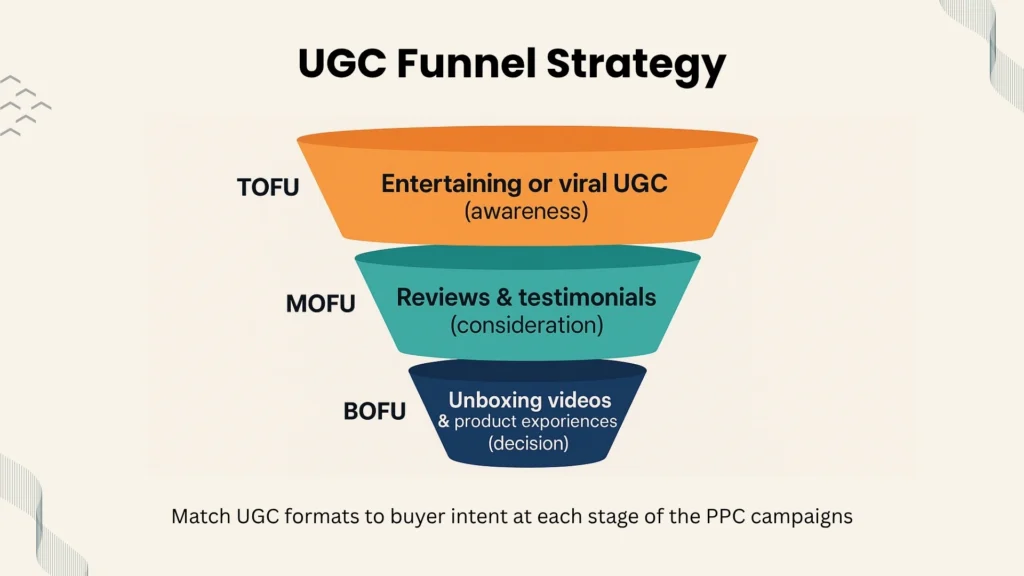
Top of Funnel: Use lighthearted or viral-feeling UGC to introduce your brand
Middle of Funnel: Use reviews and experiences to handle objections
Bottom of Funnel: Retarget with comparison-style or unboxing UGC to close
Indeed, user-generated content provides even more frequent increases in conversions and lower CPA when accompanied with retargeting compared to any other kind of creative.
A/B Testing: UGC vs. Polished Creatives
Unless your PPC services are conducting A/B tests, they are working on spec. Put down neat experiments:
- Compare performance of UGC videos vs. branded videos in same audience group
- Swap one customer review into an ad copy variant
- Run image-based vs. text-based UGC to track click behavior
Pay attention to such watch metrics as CTR, CPC, conversion rate, and ROAS. You will most likely find authentic content beating your own creativity in some part-use that knowledge to scale.
How a PPC Agency Should Handle UGC Integration
They are not expected to be purchasing clicks, especially when dealing with a PPC advertisement firm. Creative briefs, testing plans and reporting dashboards should be baked with UGC.
Here’s what a good PPC agency should offer:
- UGC integration playbook by platform
- Compliance checklist for content rights
- Asset library synced with ad manager
- Performance breakdown by creative type
- Fresh UGC sourcing calendar tied to campaign cycles
When your current PPC management firm is not doing this, you are leaving performance ads on the table.
Tools & Systems That Help
You do not have to be in charge of everything manually. The tools that facilitate UGC as pay per click advertising firm temperature are:
- TINT / Pixlee / Yotpo: To source, organize, and get rights to UGC
- Canva / Figma: To quickly turn UGC into high-converting creatives
- Meta Creative Hub / Google Ads Editor: For split-testing and previewing ad formats
These tools, together with your PPC marketing services, make it effortless to preserve a handle on performance and brand.
Risks to Watch (And How to Avoid Them)
Copyright Violations: You need to obtain express permission whenever using the content of someone.
Off-Brand Content: Not all posts can be used. Never pursue a sense of what is real so strongly you end up losing your readers.
Over-relying on UGC: Do not over-depend on UGC. UGC has the capacity to uplift the performance, as it should not entirely substitute your strategy.
Even the most natural material requires organization. That is the part where spontaneity loses to strategy.
FAQ’s
User-generated content refers to real customer-created visuals, videos, or reviews used in PPC campaigns to boost trust and engagement.
Because it feels real. Authentic content builds credibility, leading to higher CTRs, lower CPC, and stronger conversion rates.
Top formats include unboxing videos, video testimonials, customer reviews, and photos tagged with branded hashtags.
UGC performs well on Meta (Facebook, Instagram), Google Display, YouTube, and TikTok especially in video or carousel ad formats.
Refresh content every few weeks or campaign cycle to avoid ad fatigue. Your pay per click advertising company should track when performance drops.

